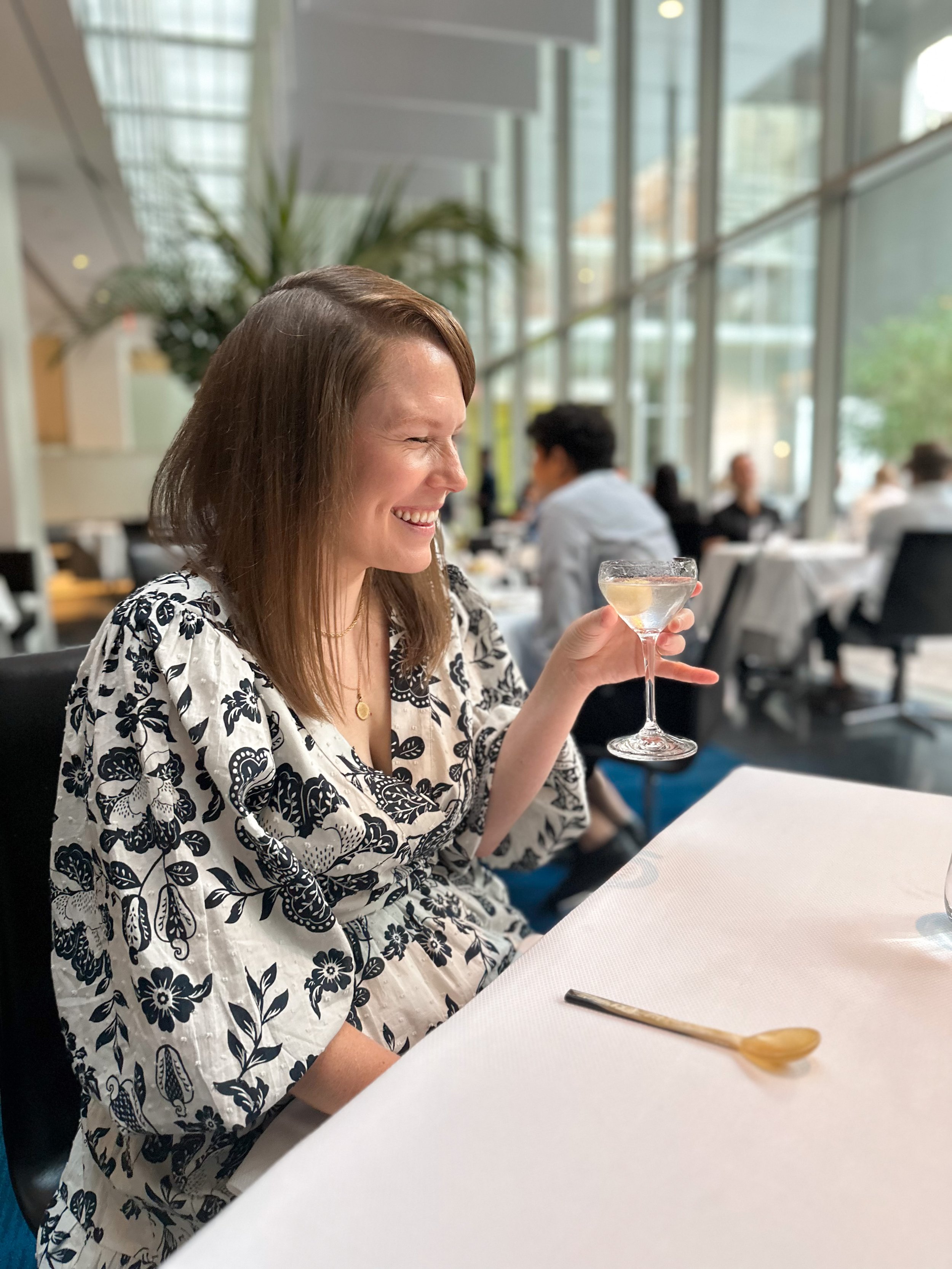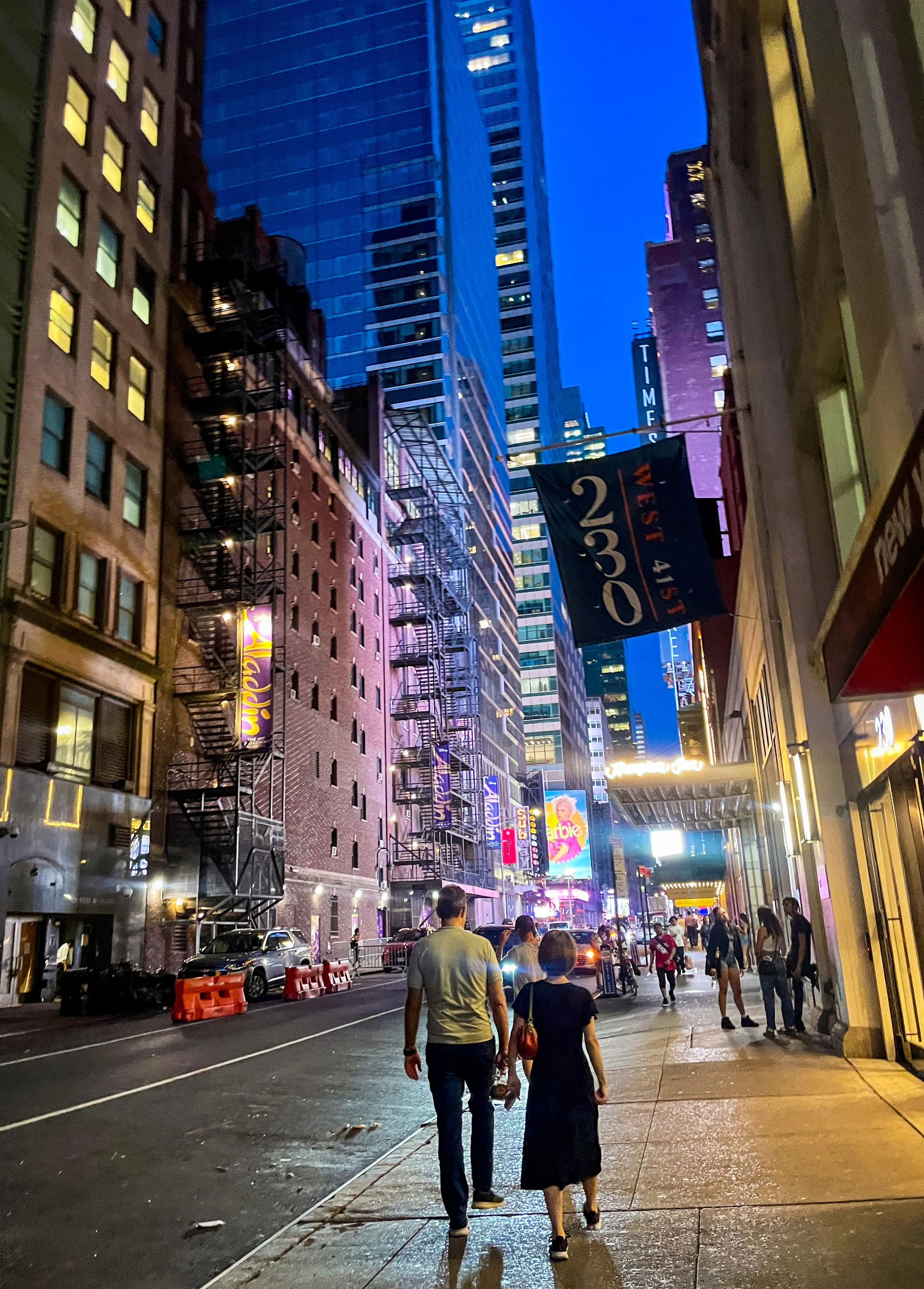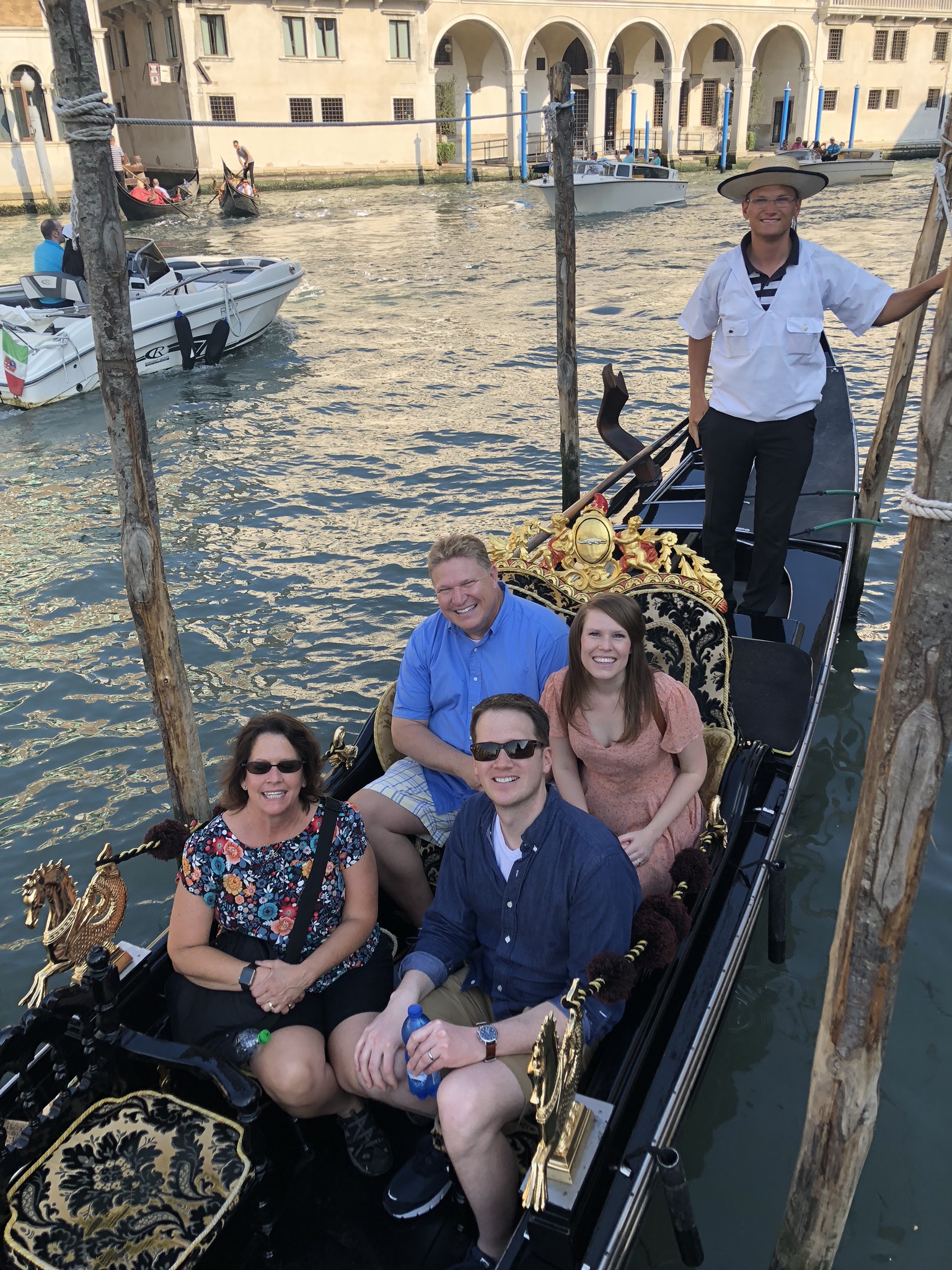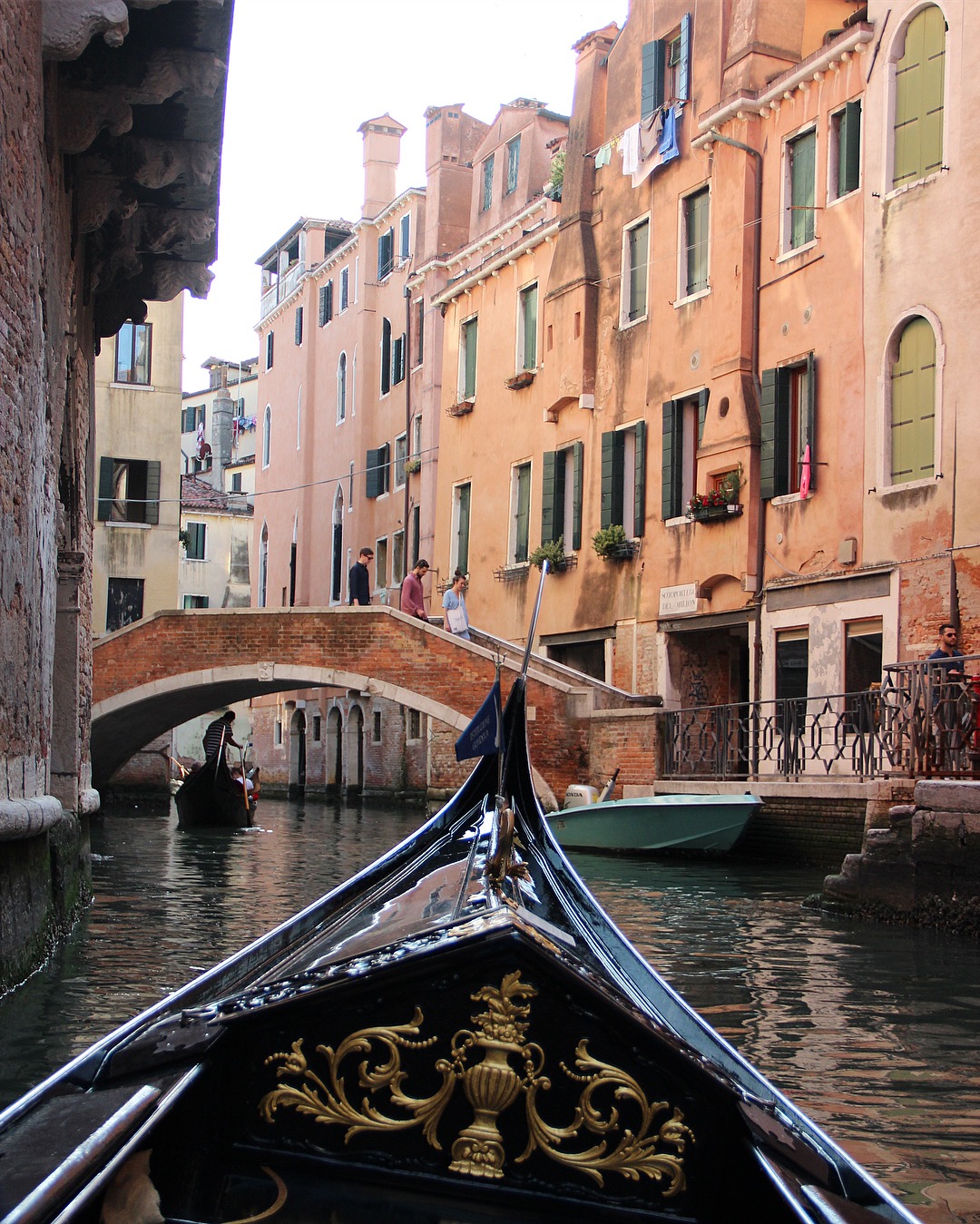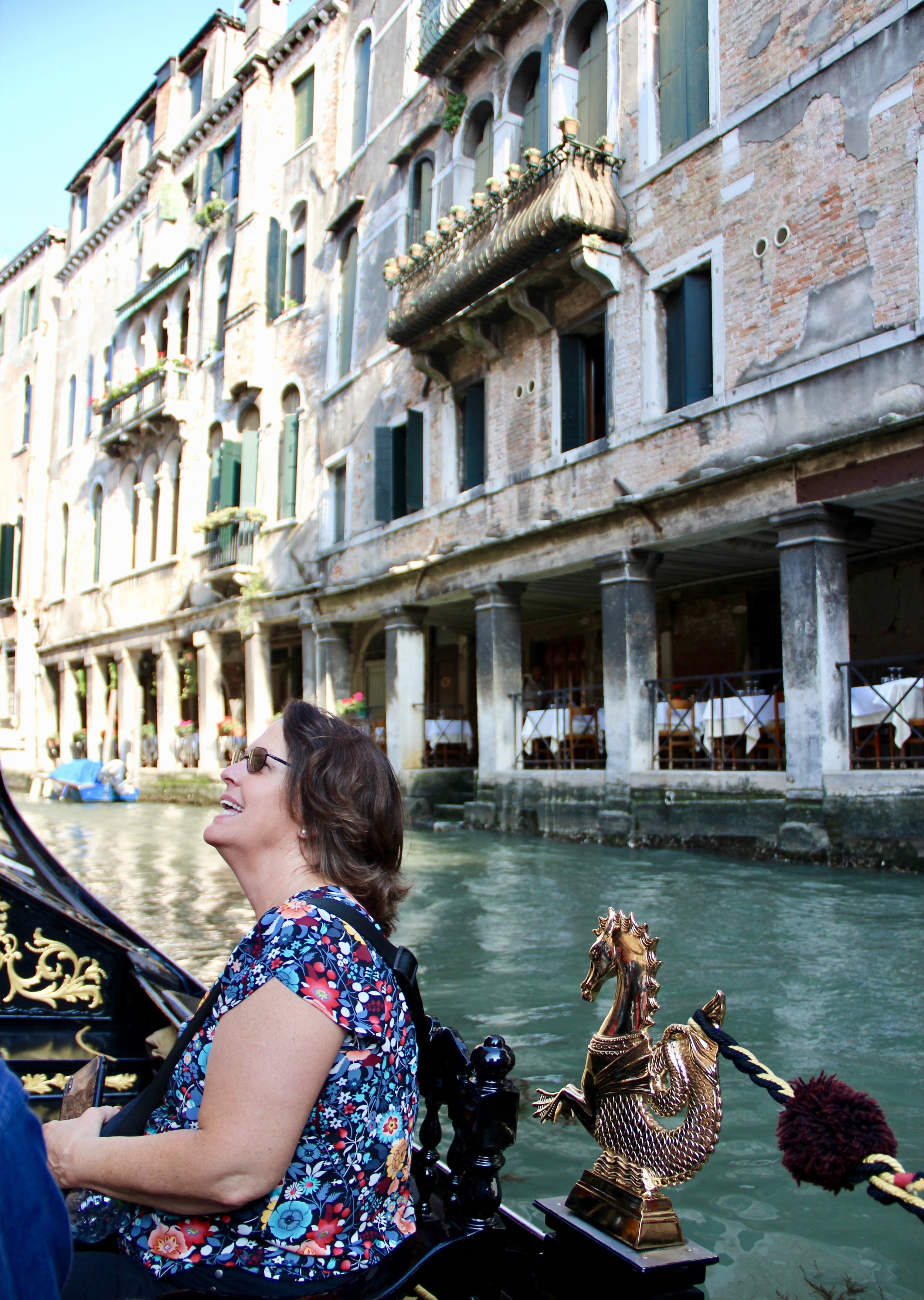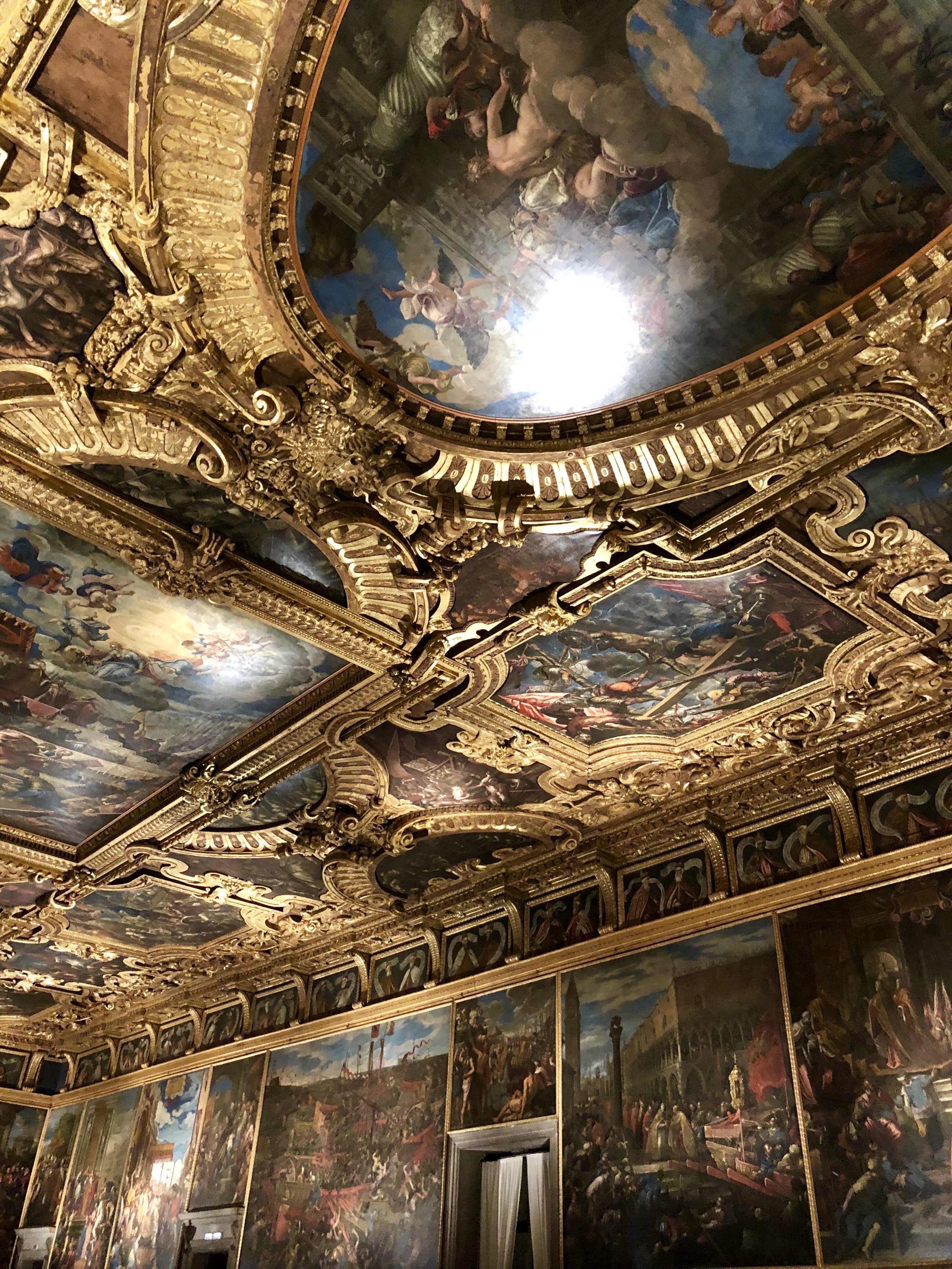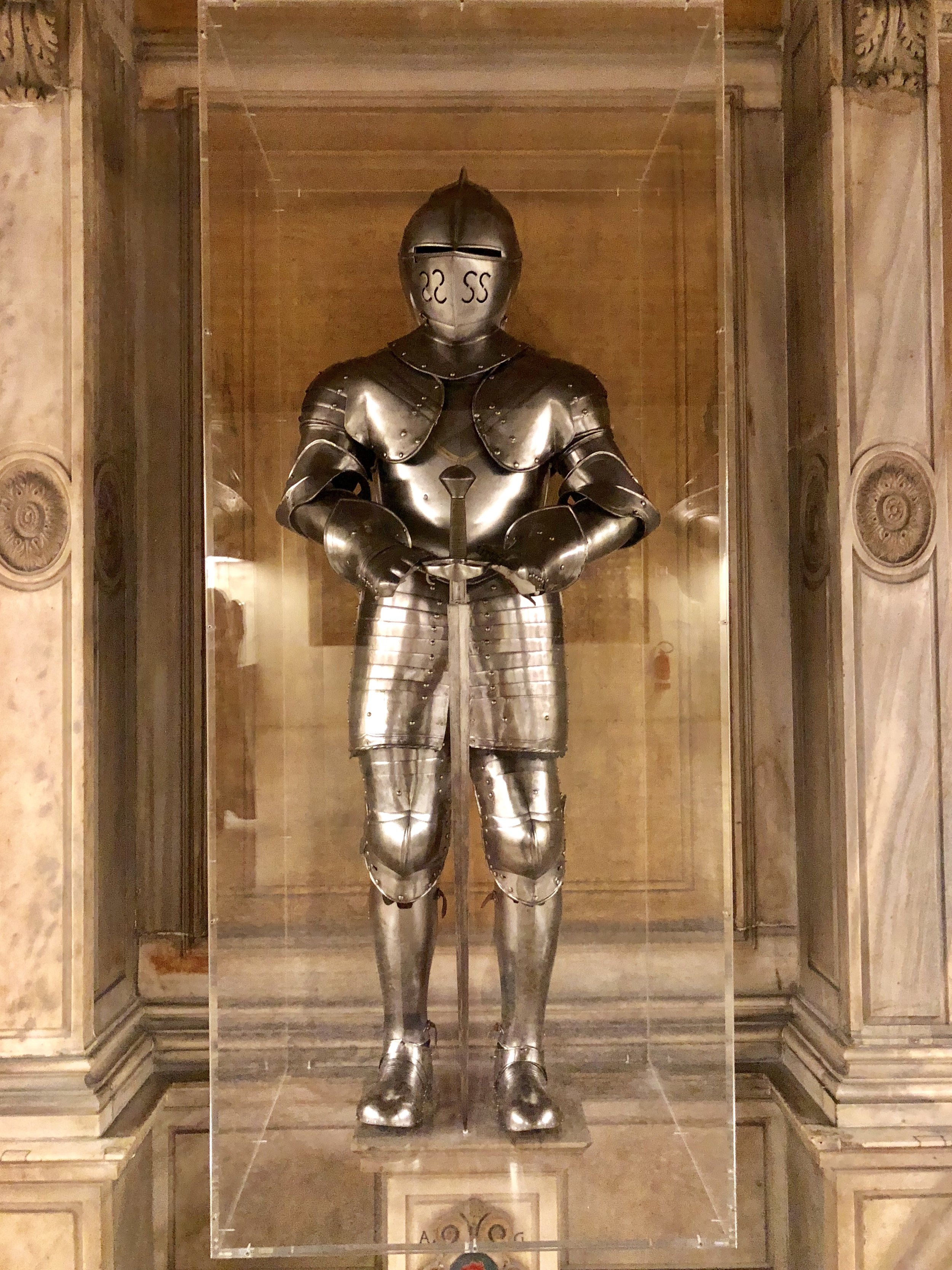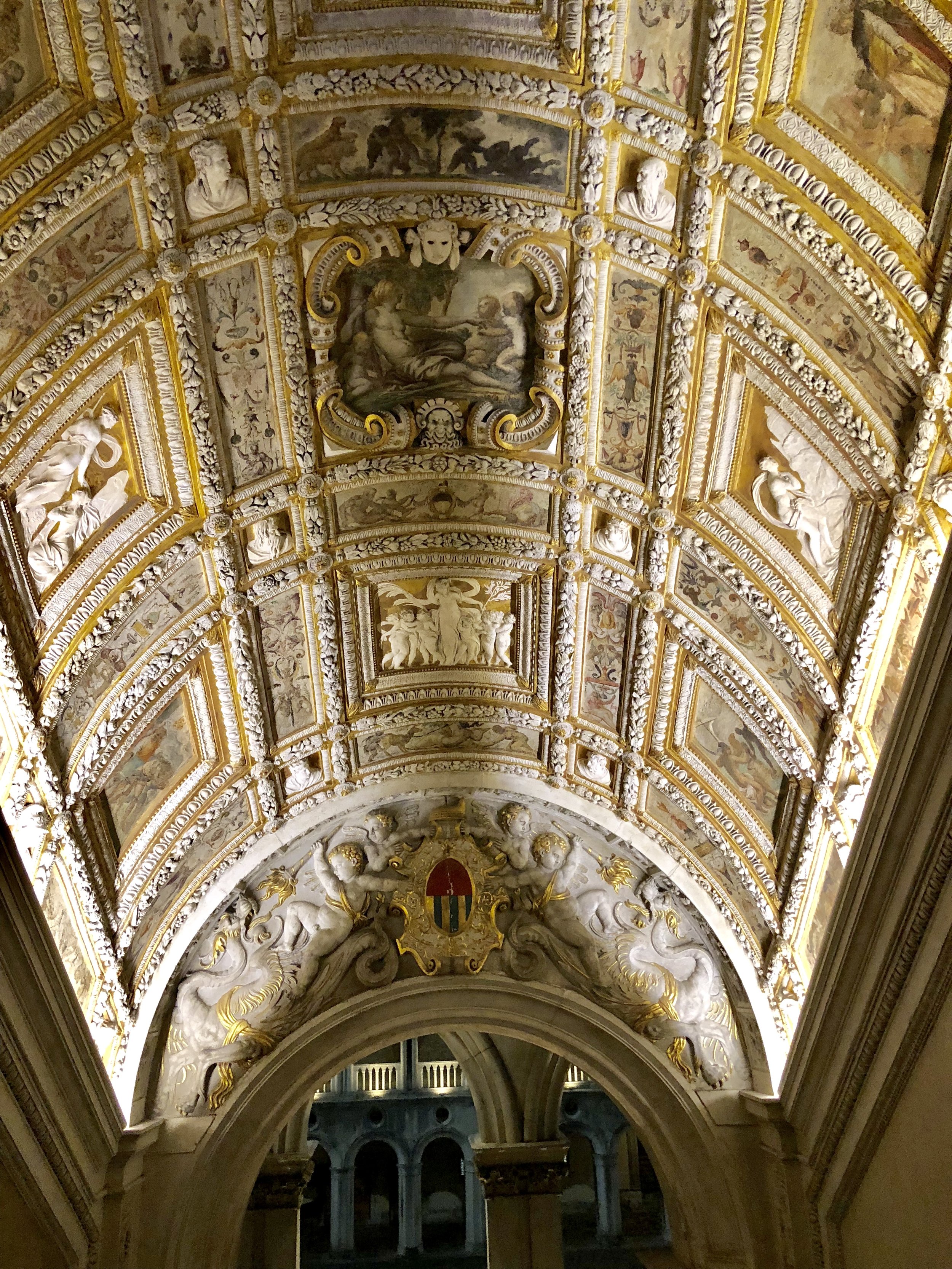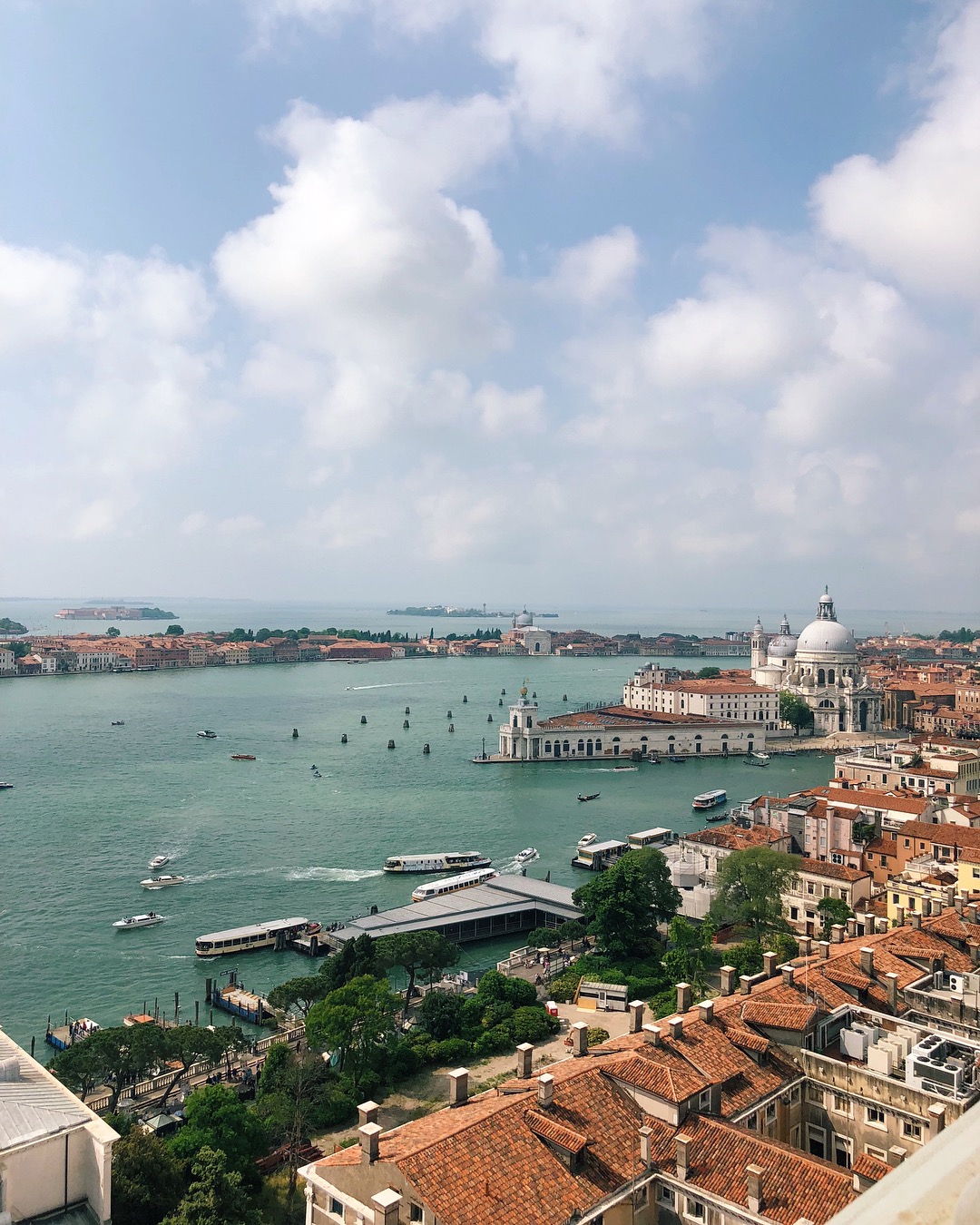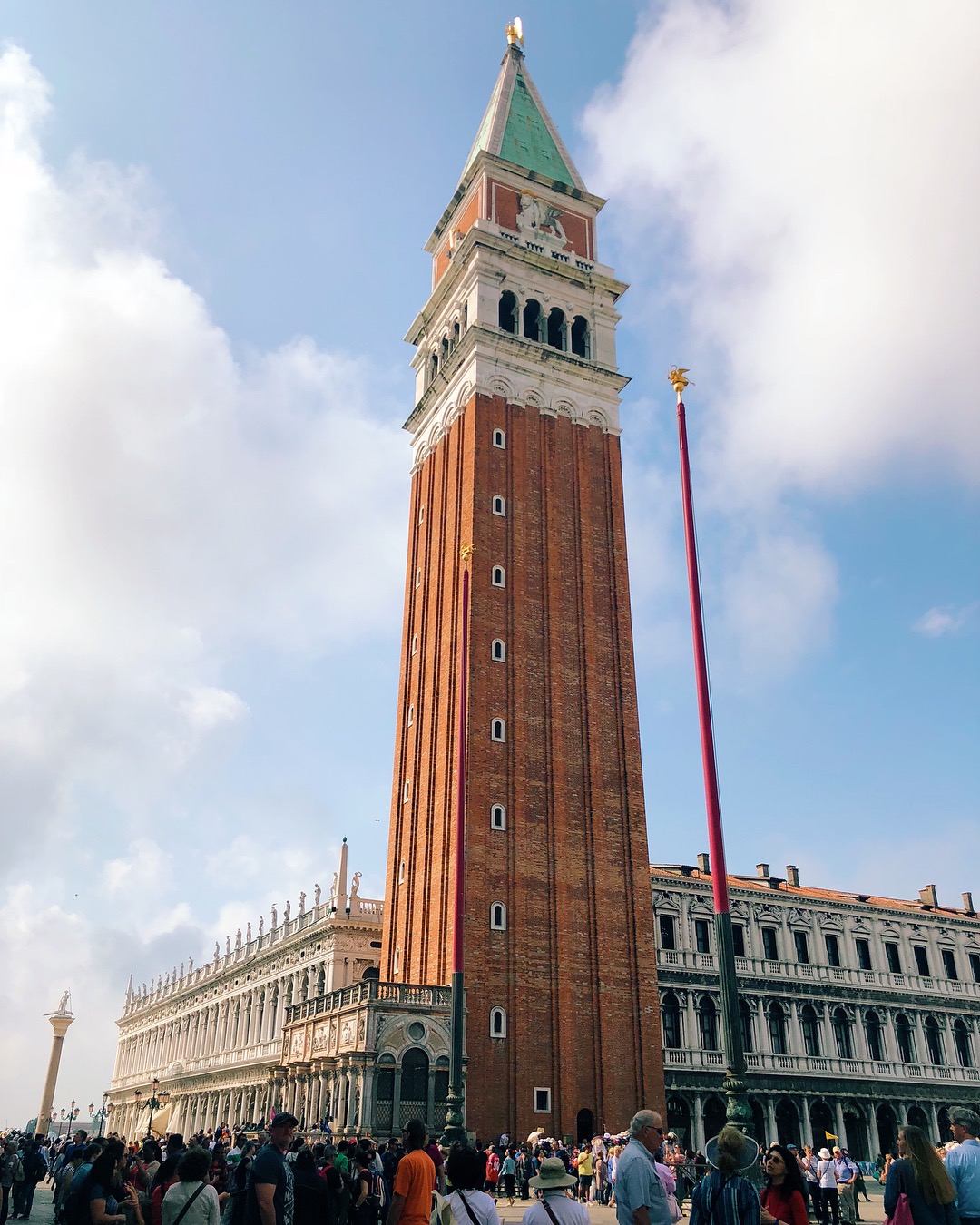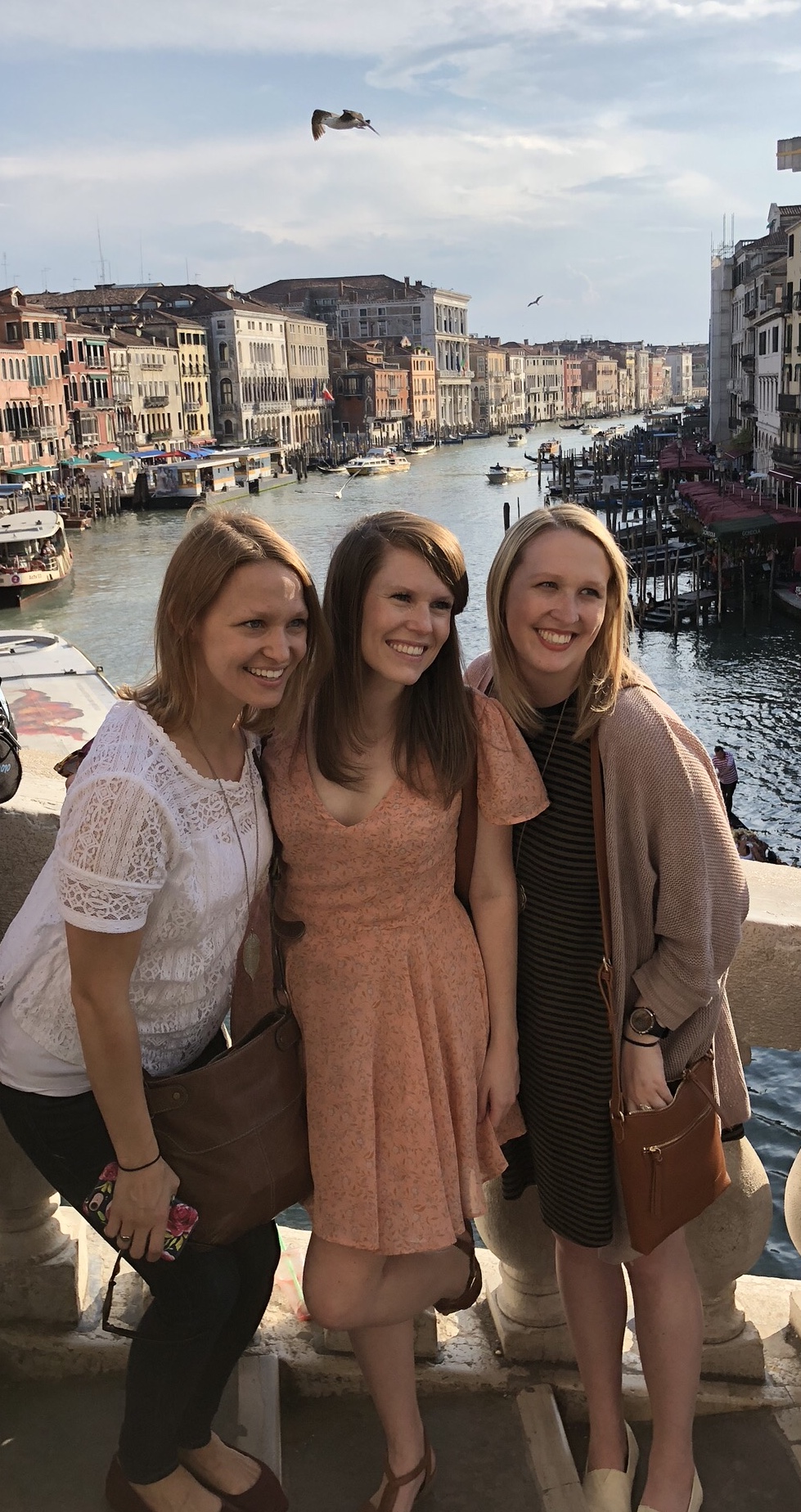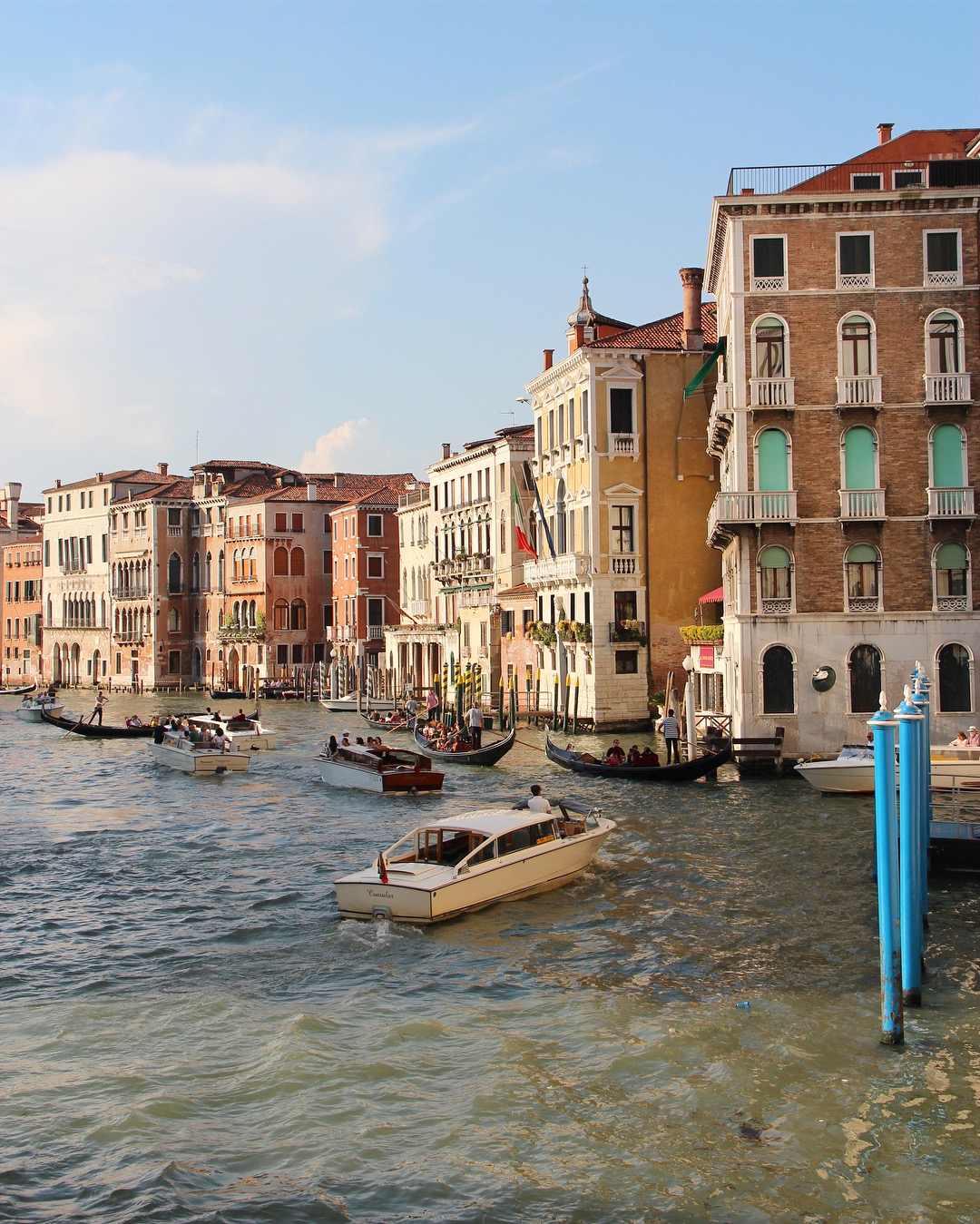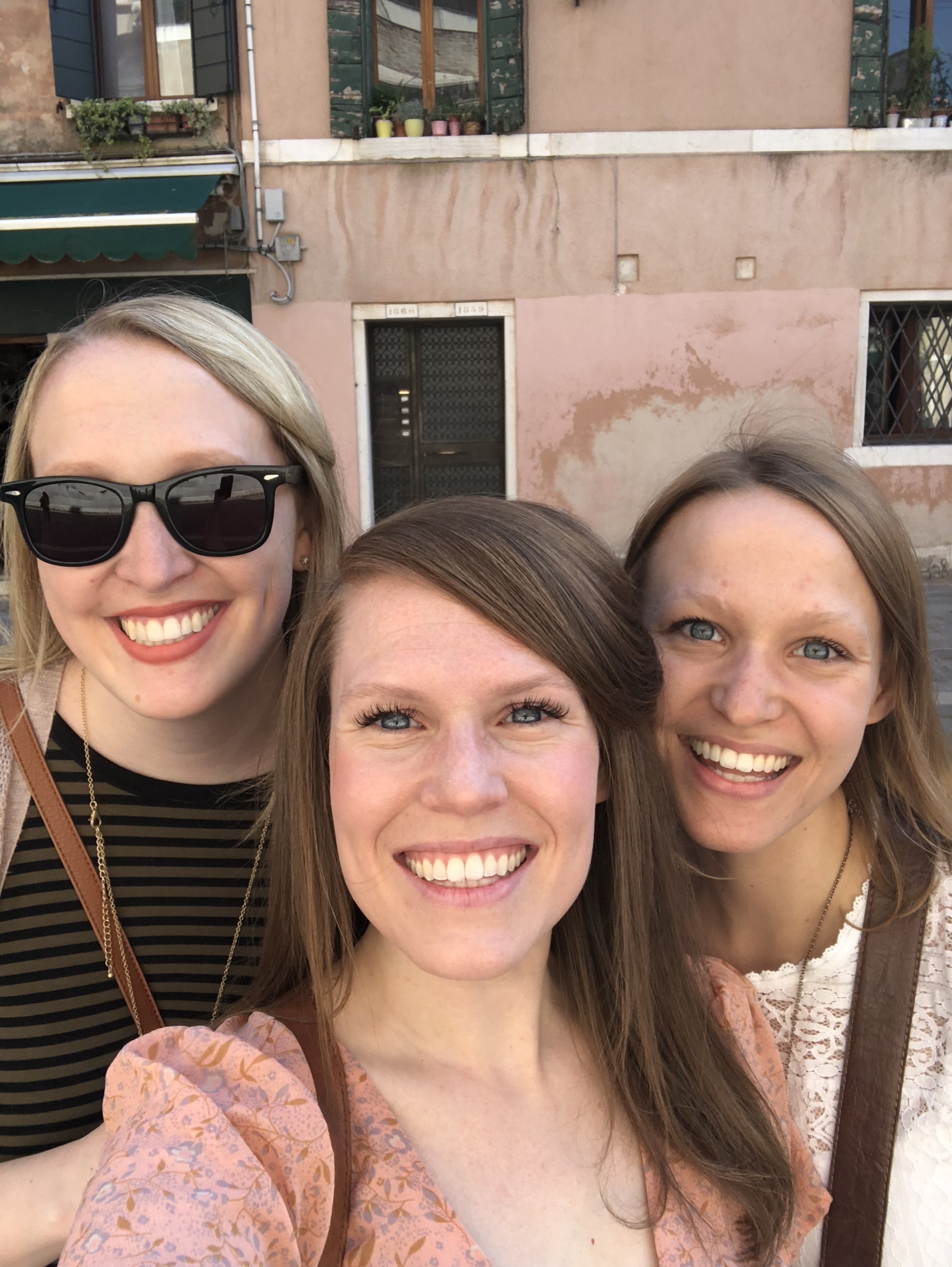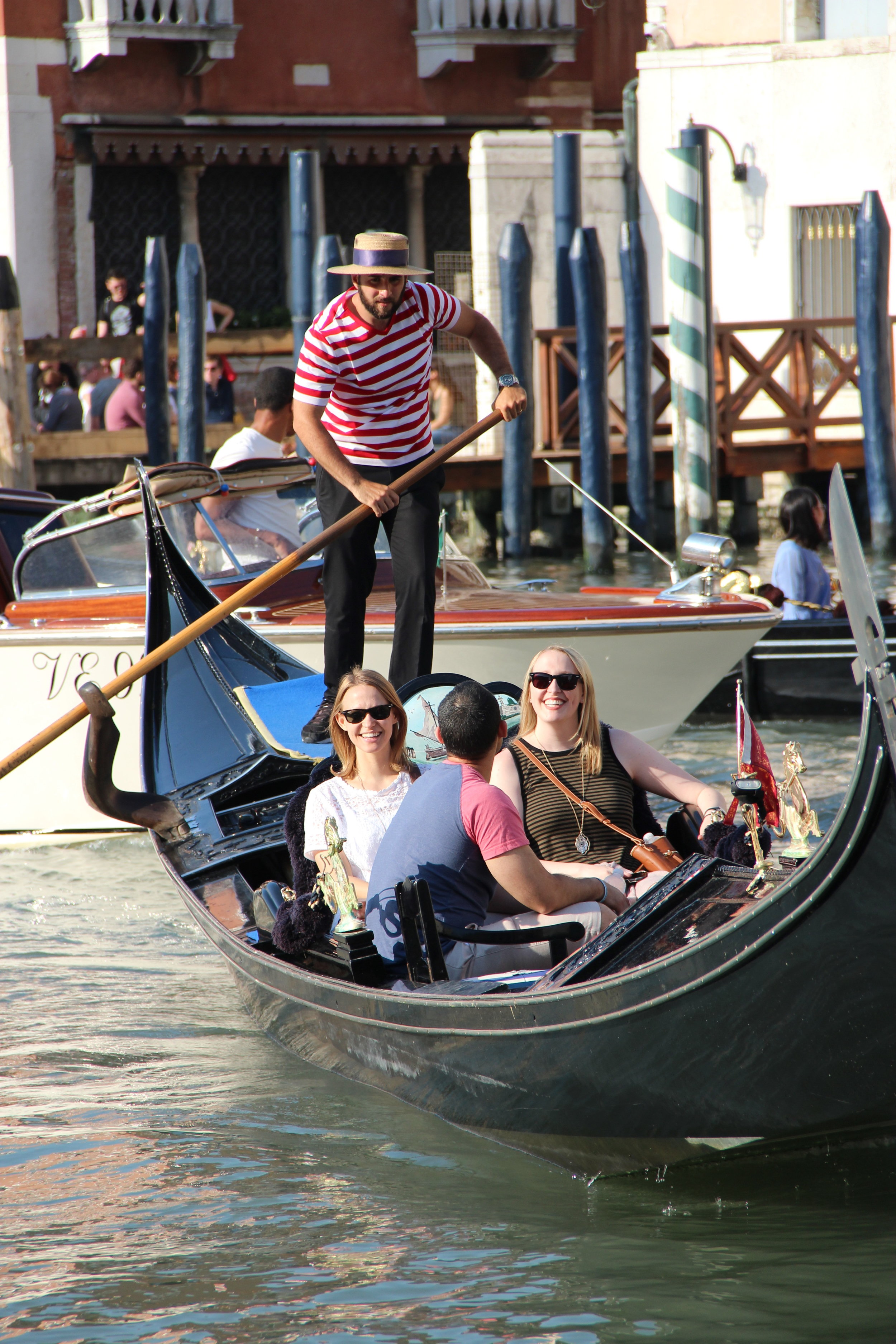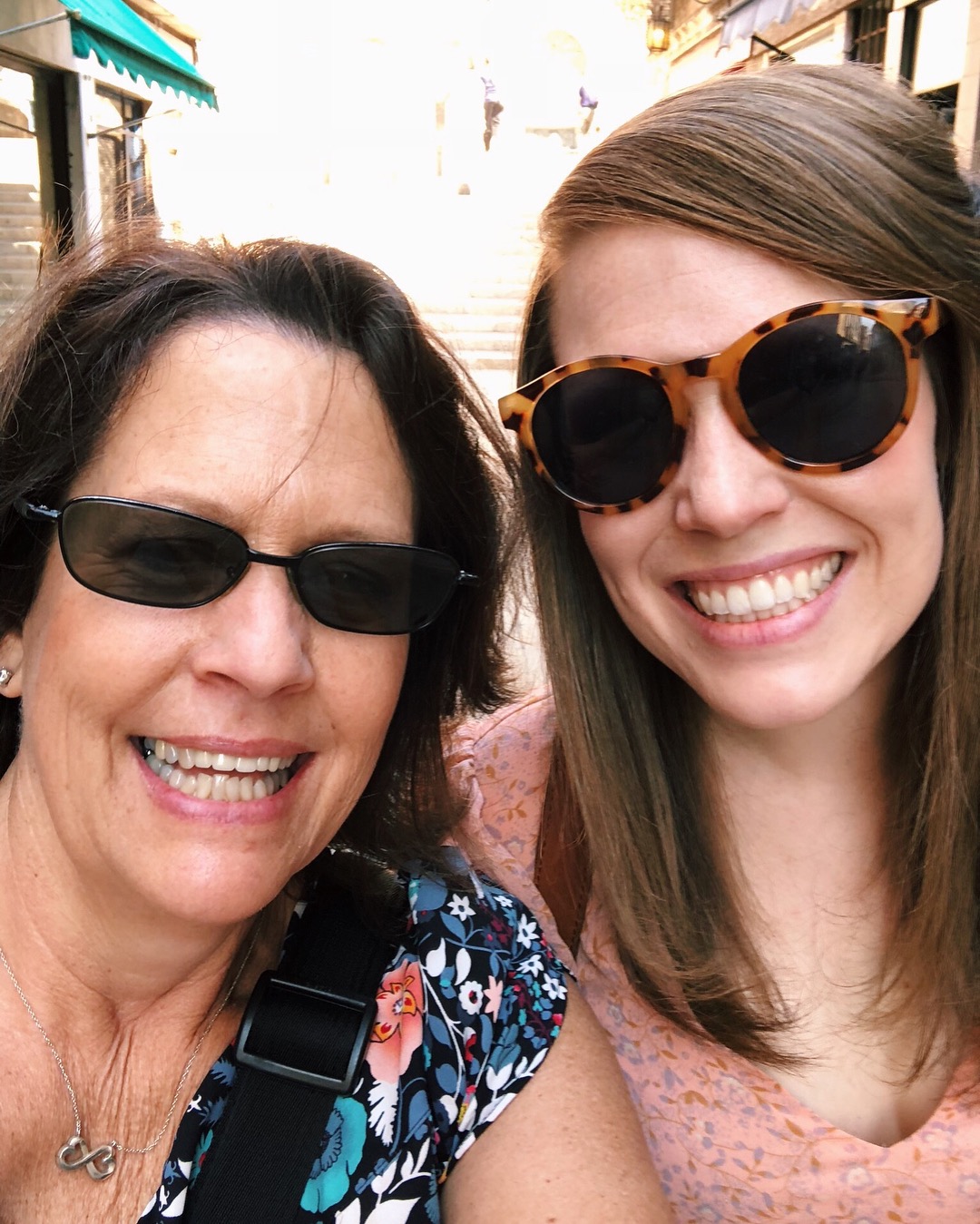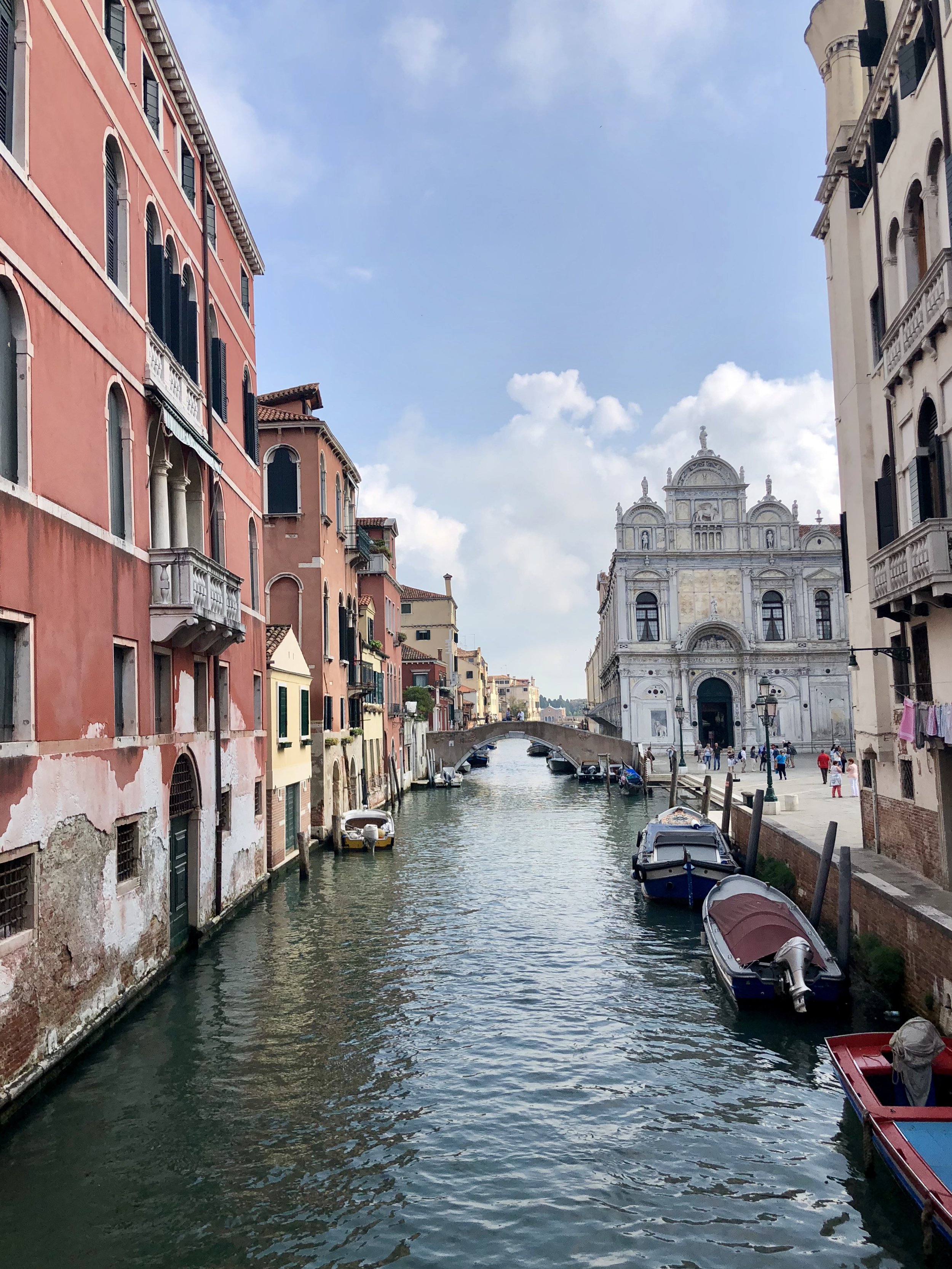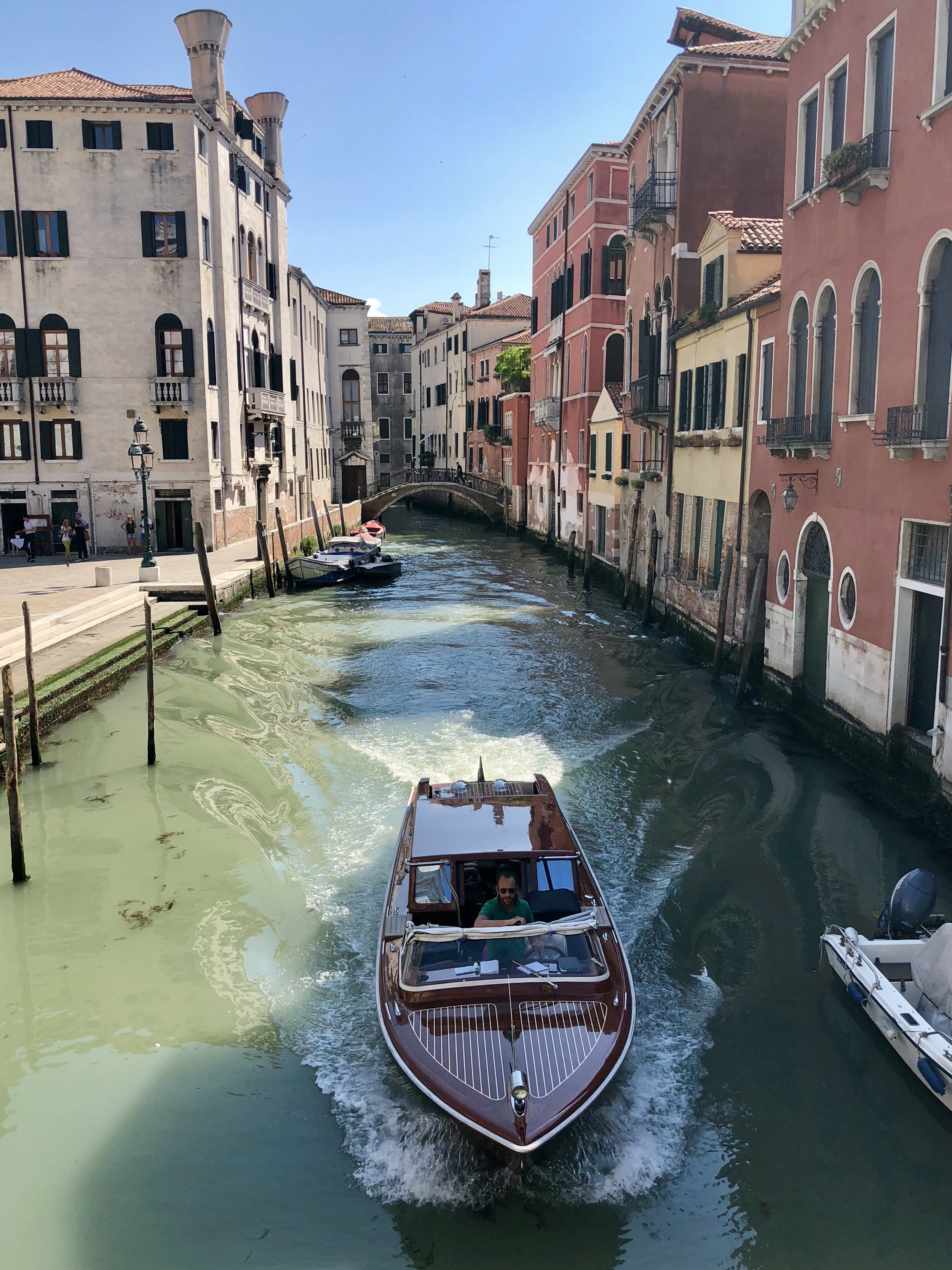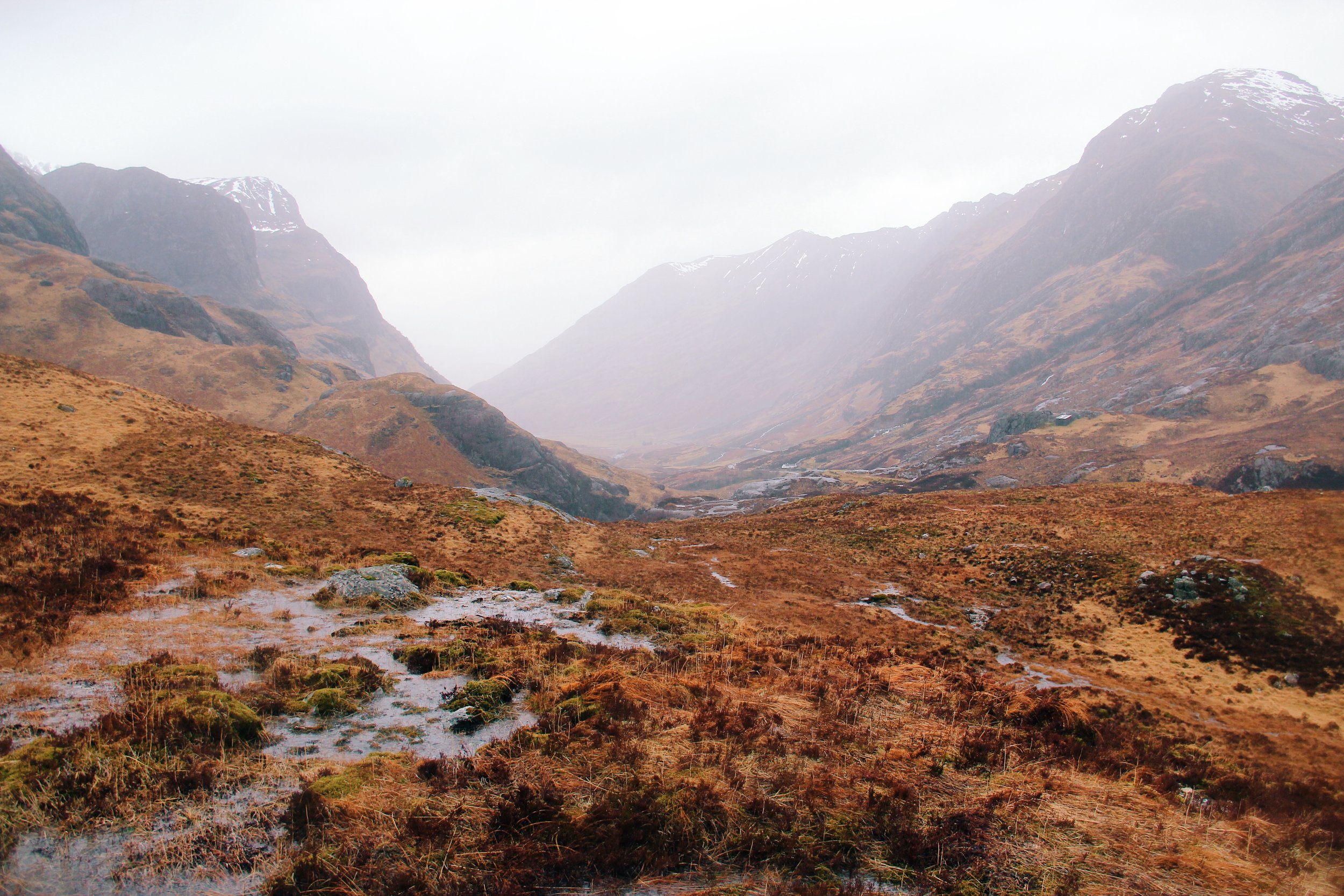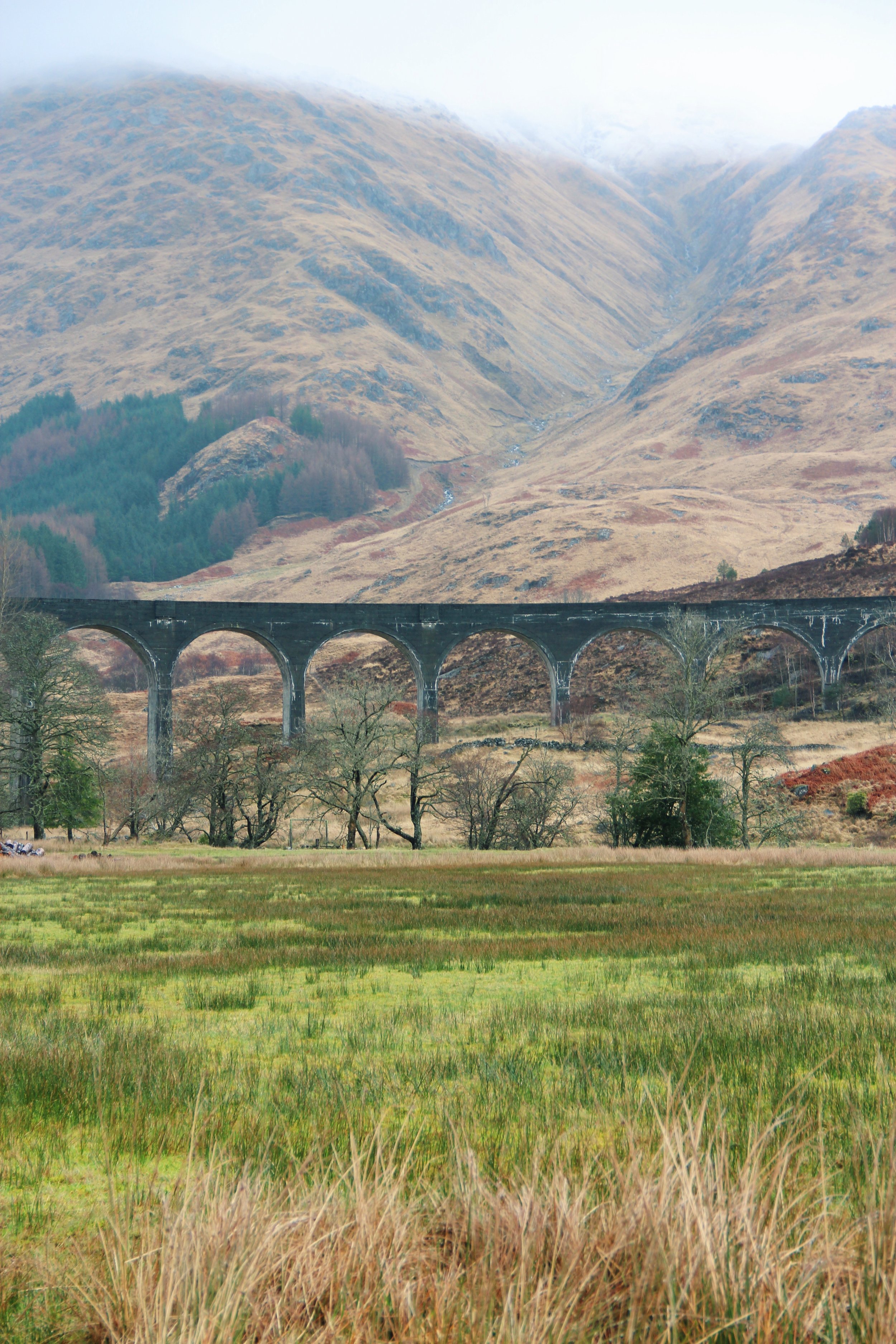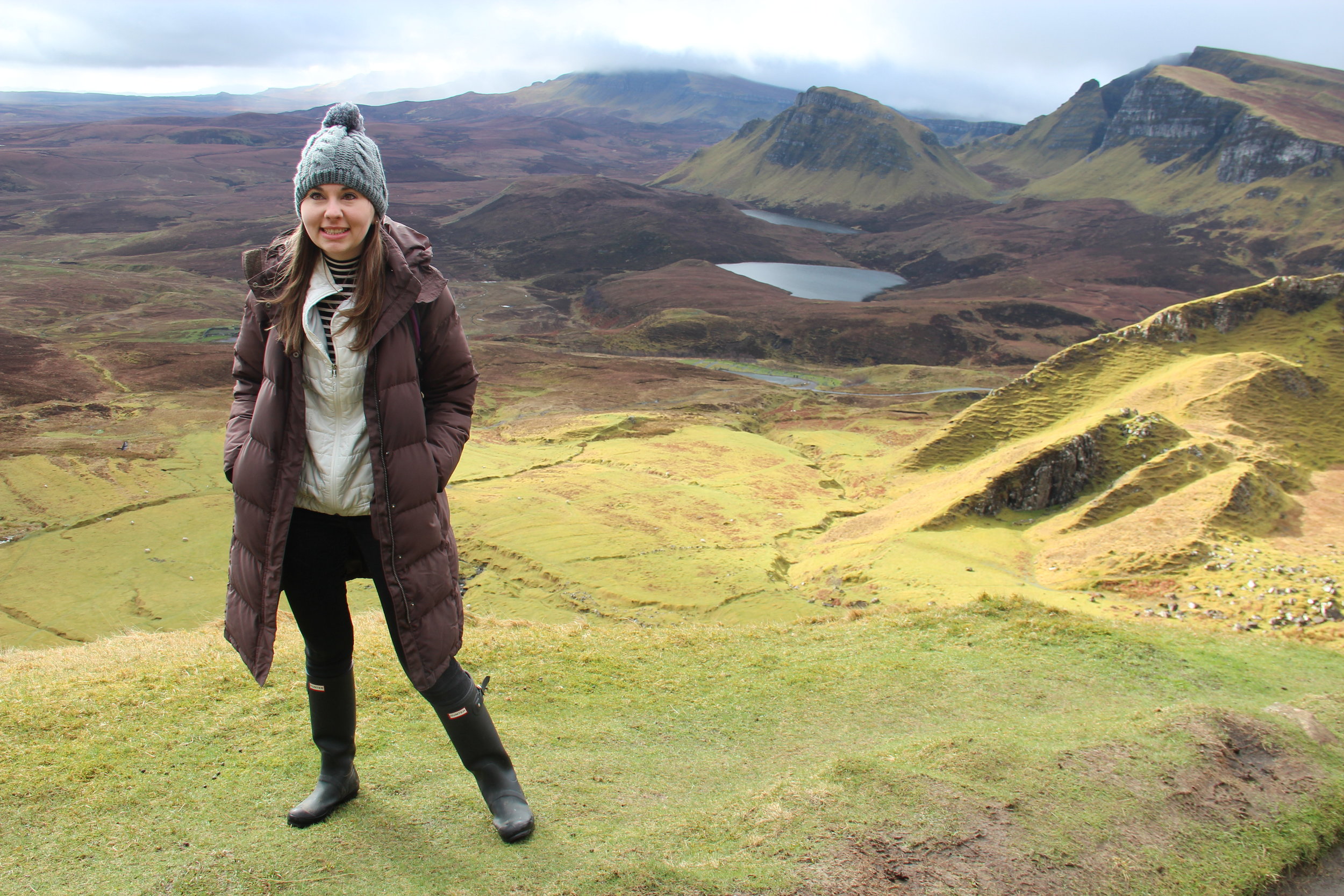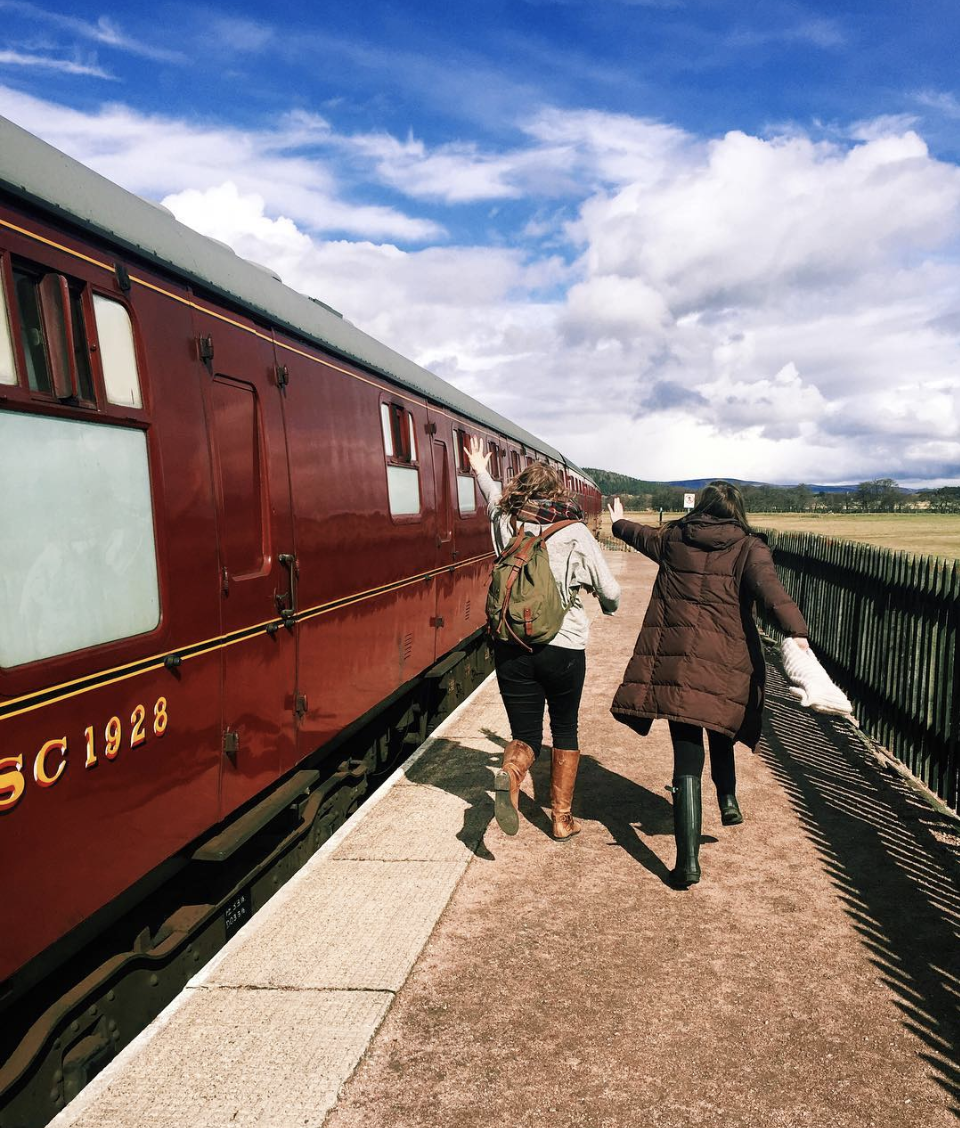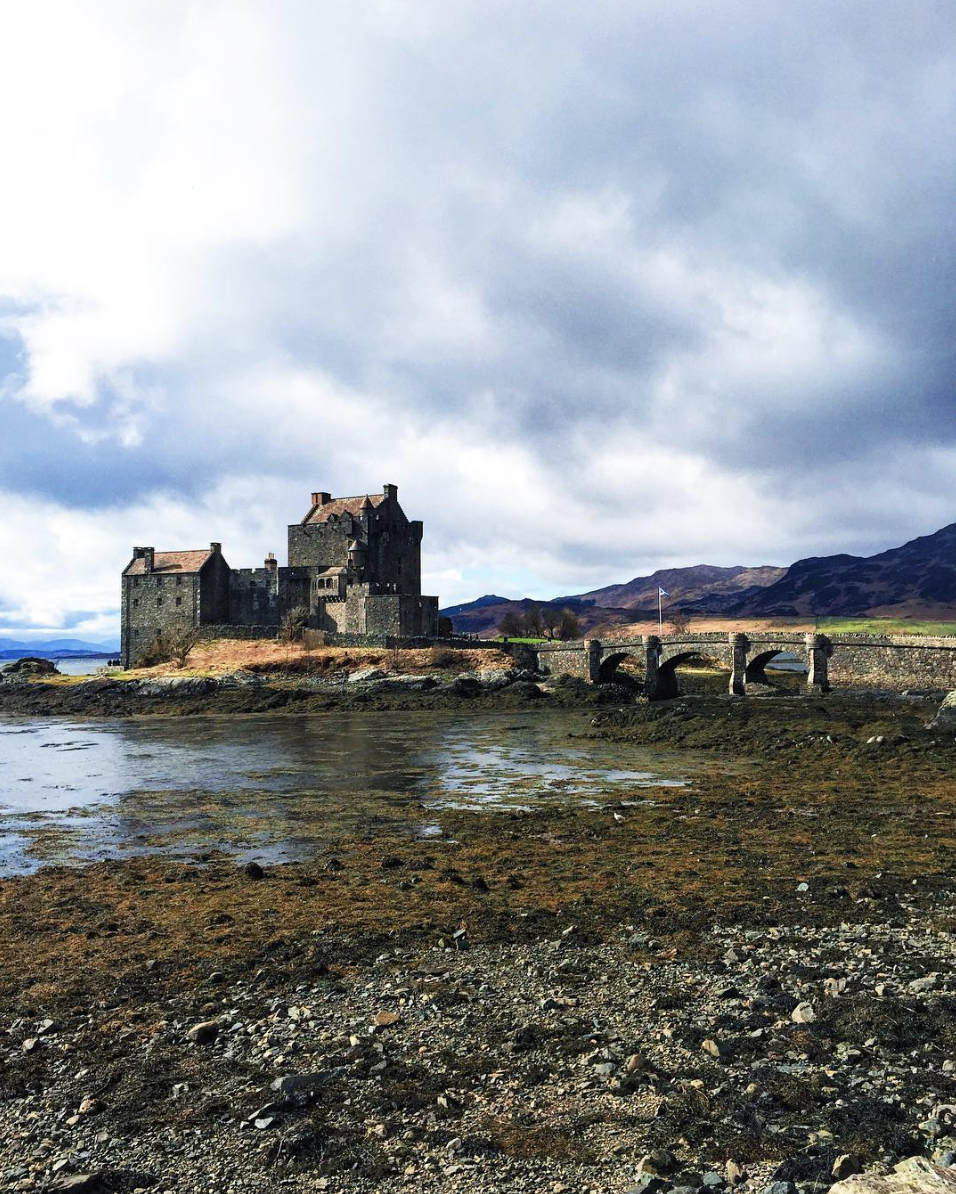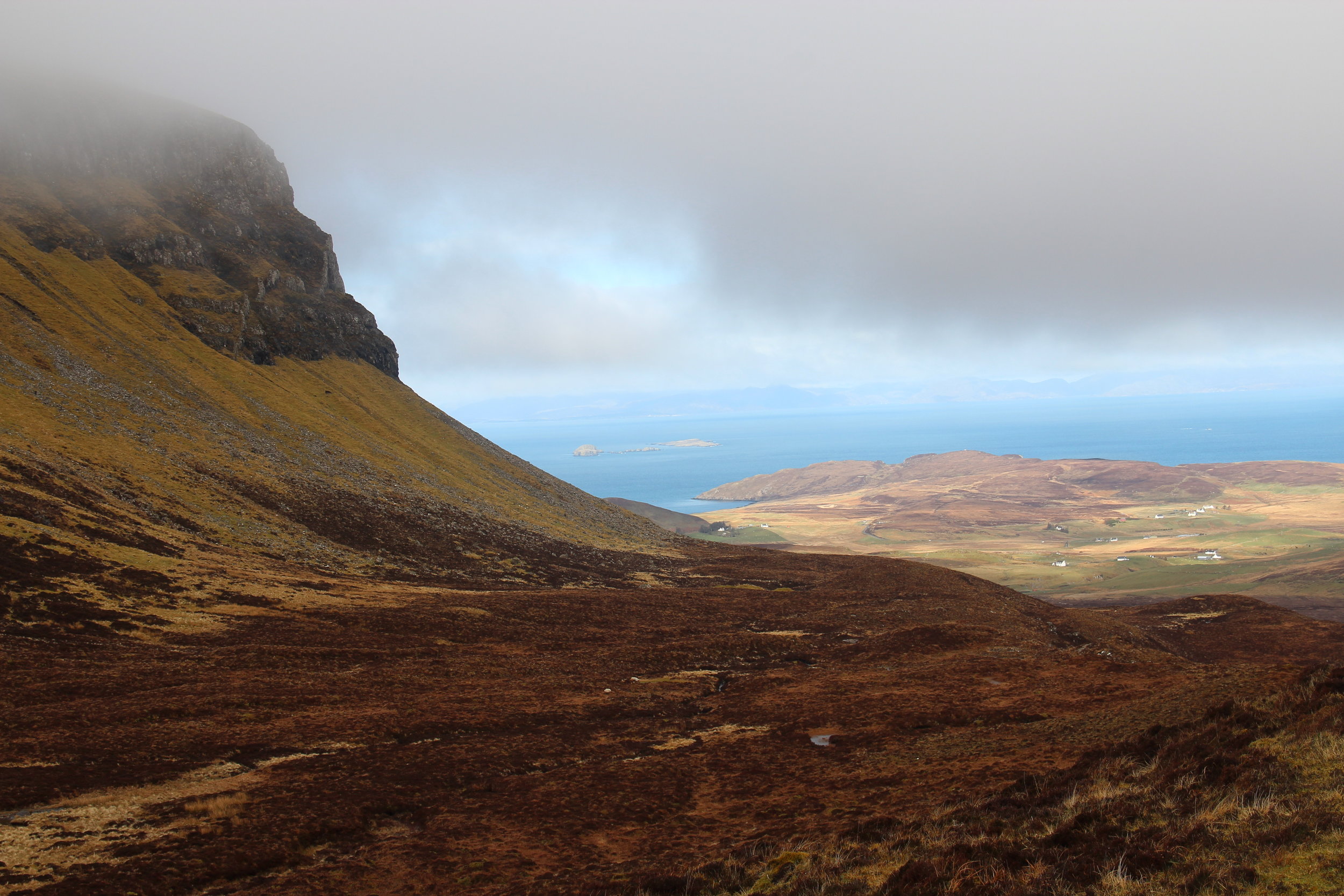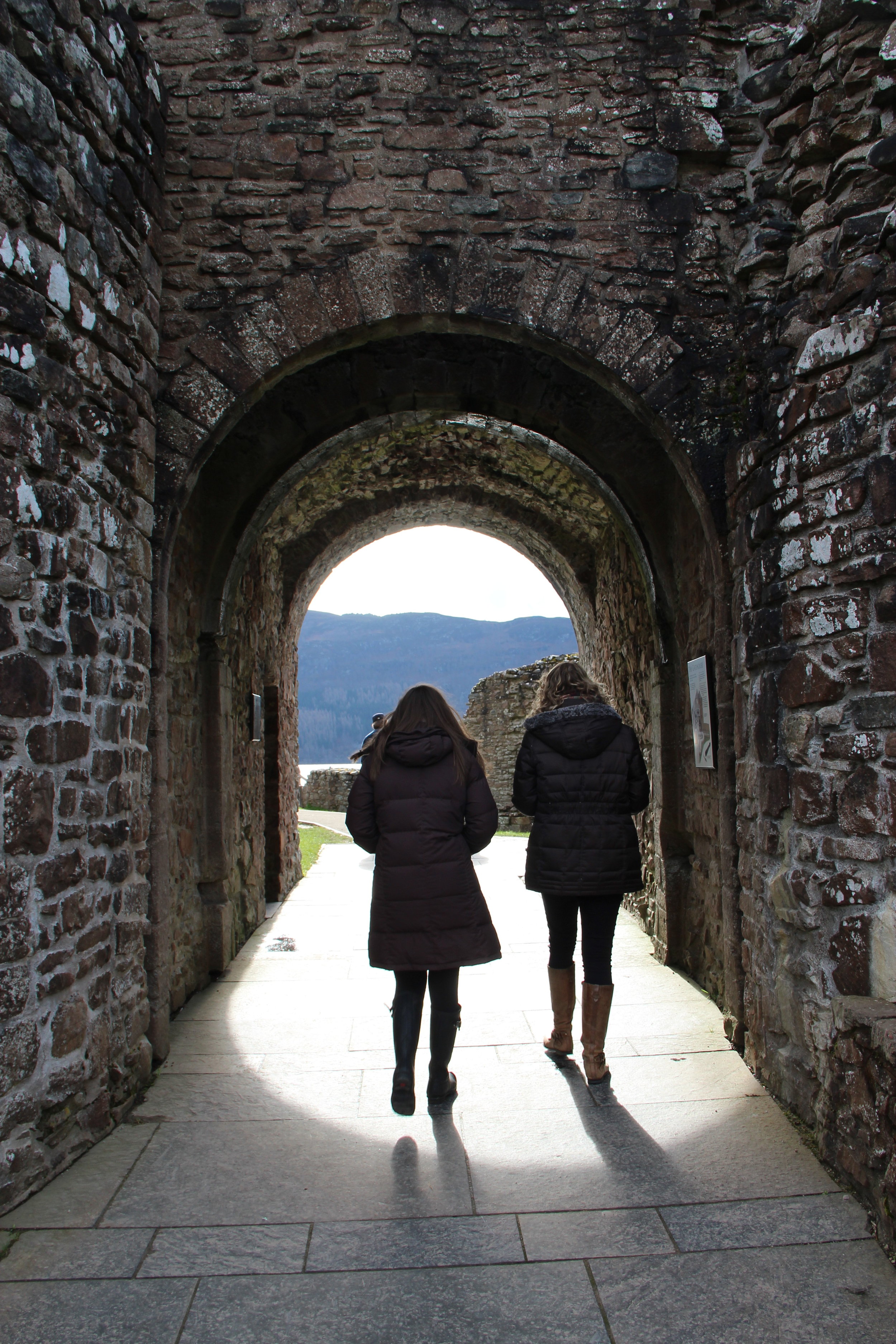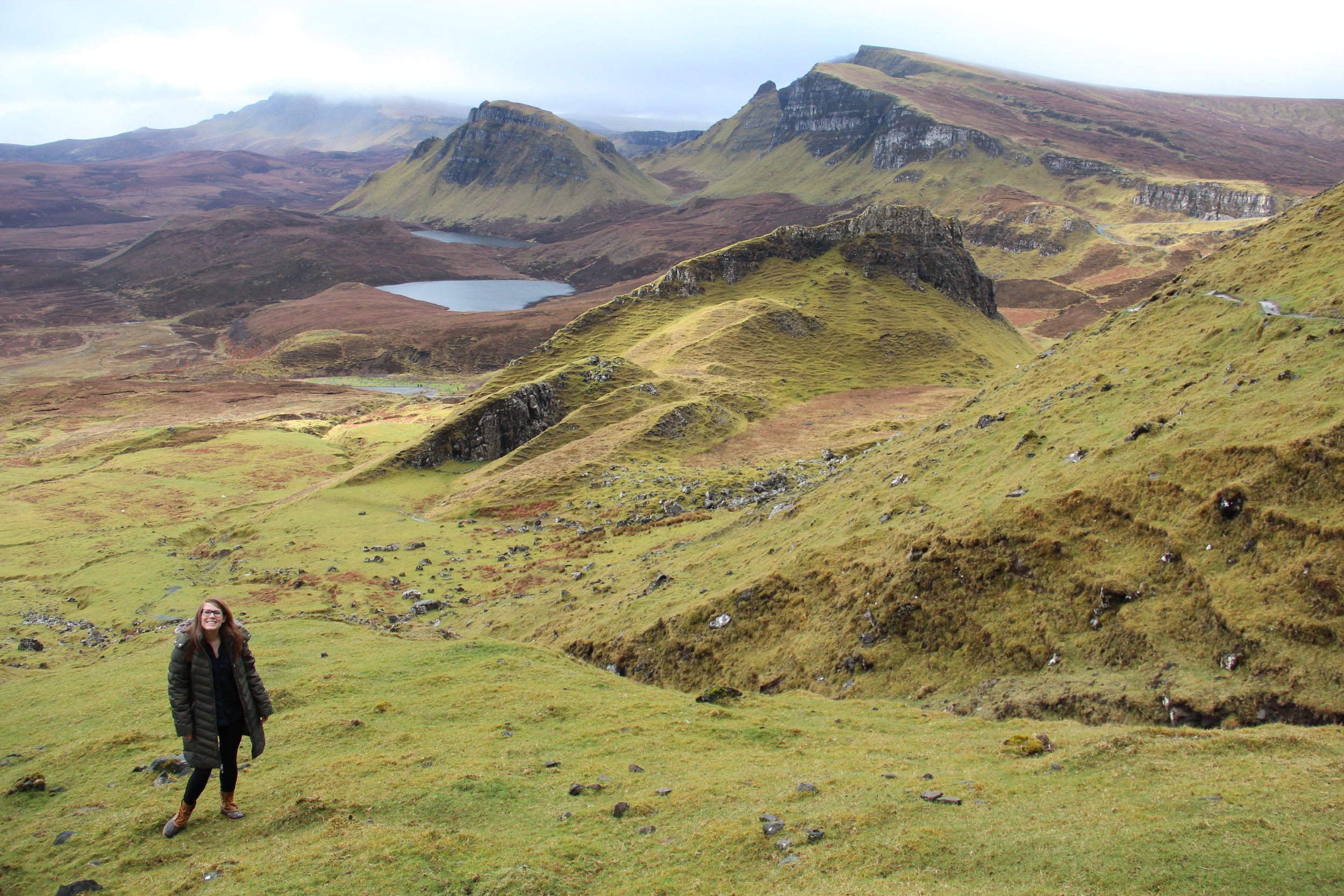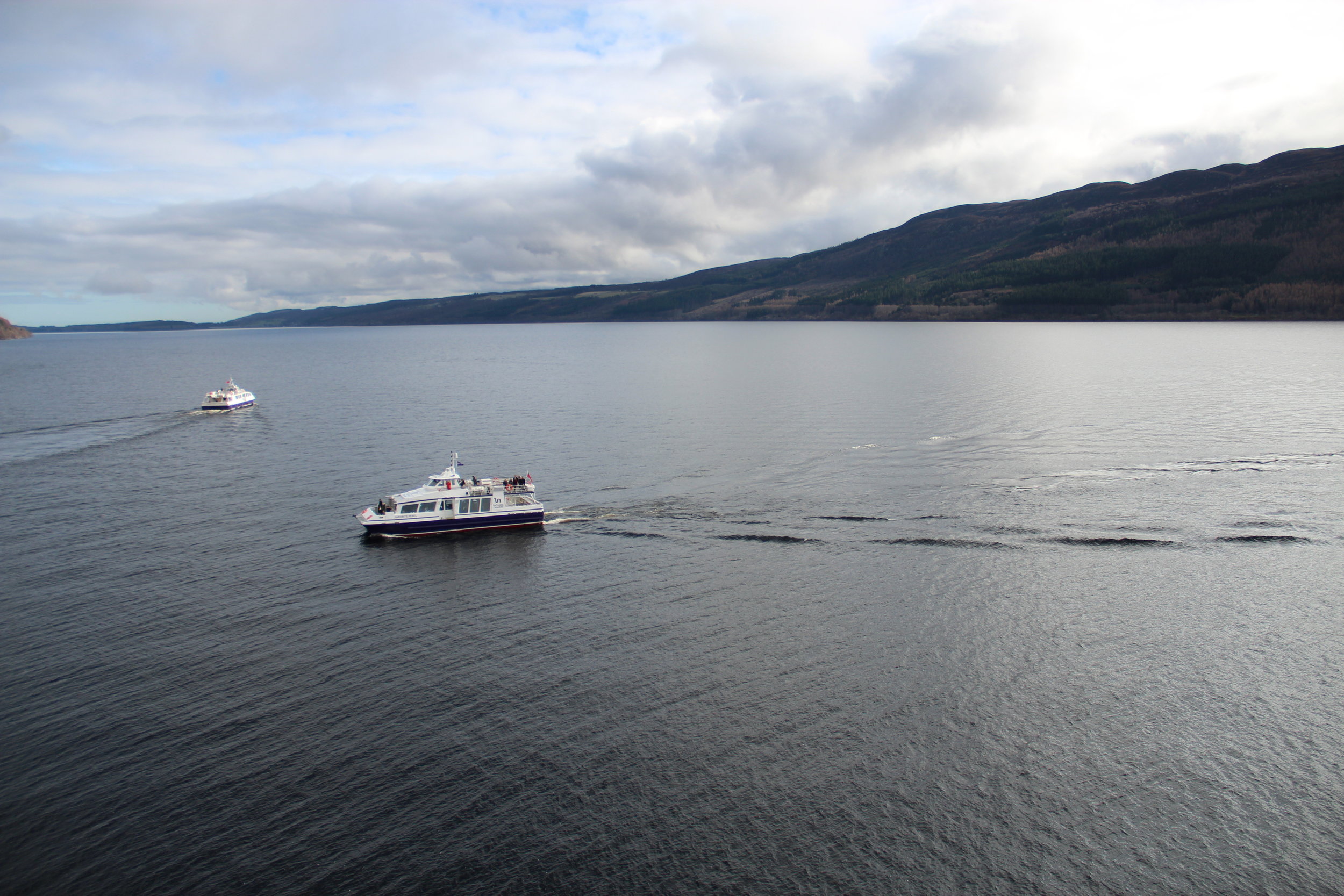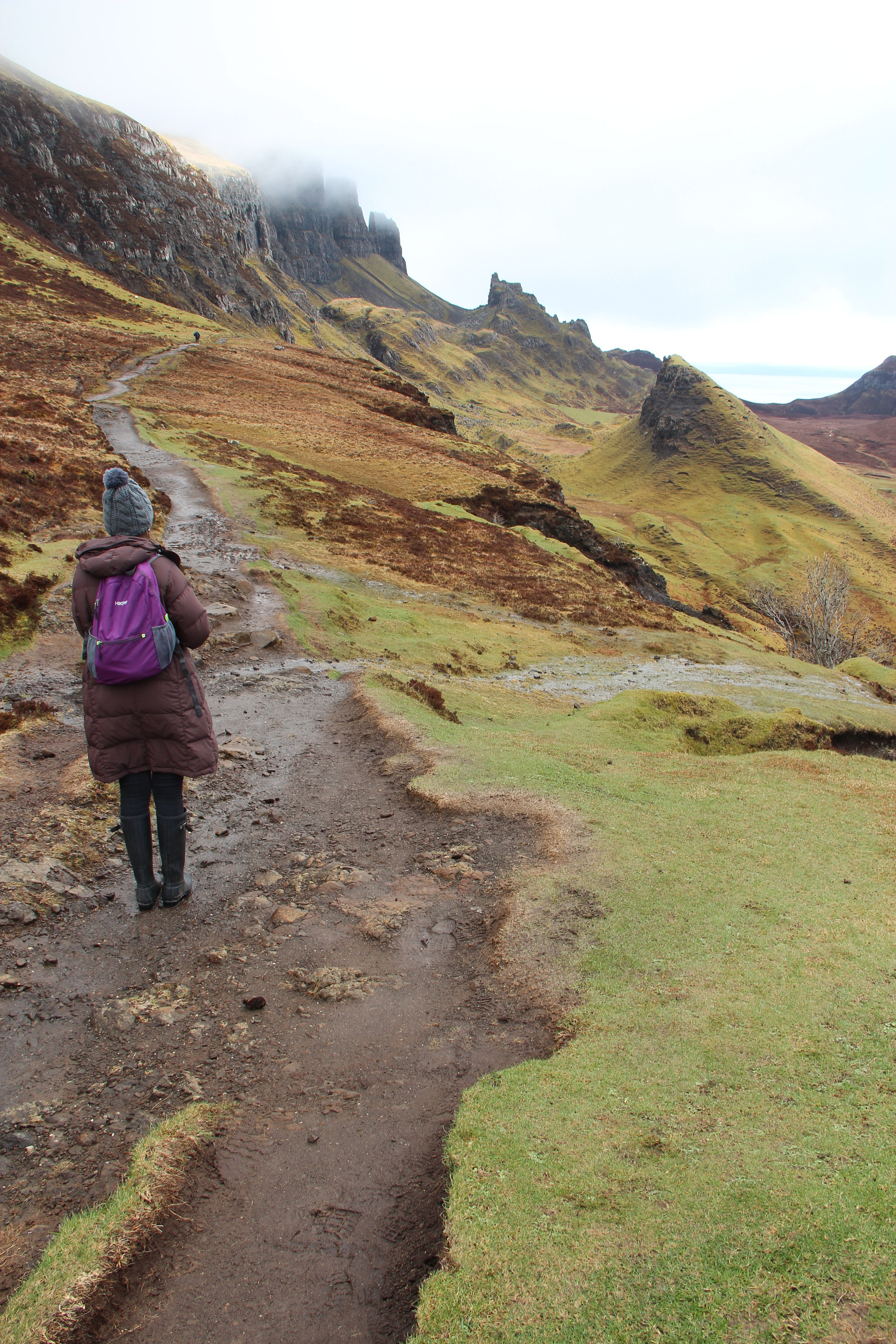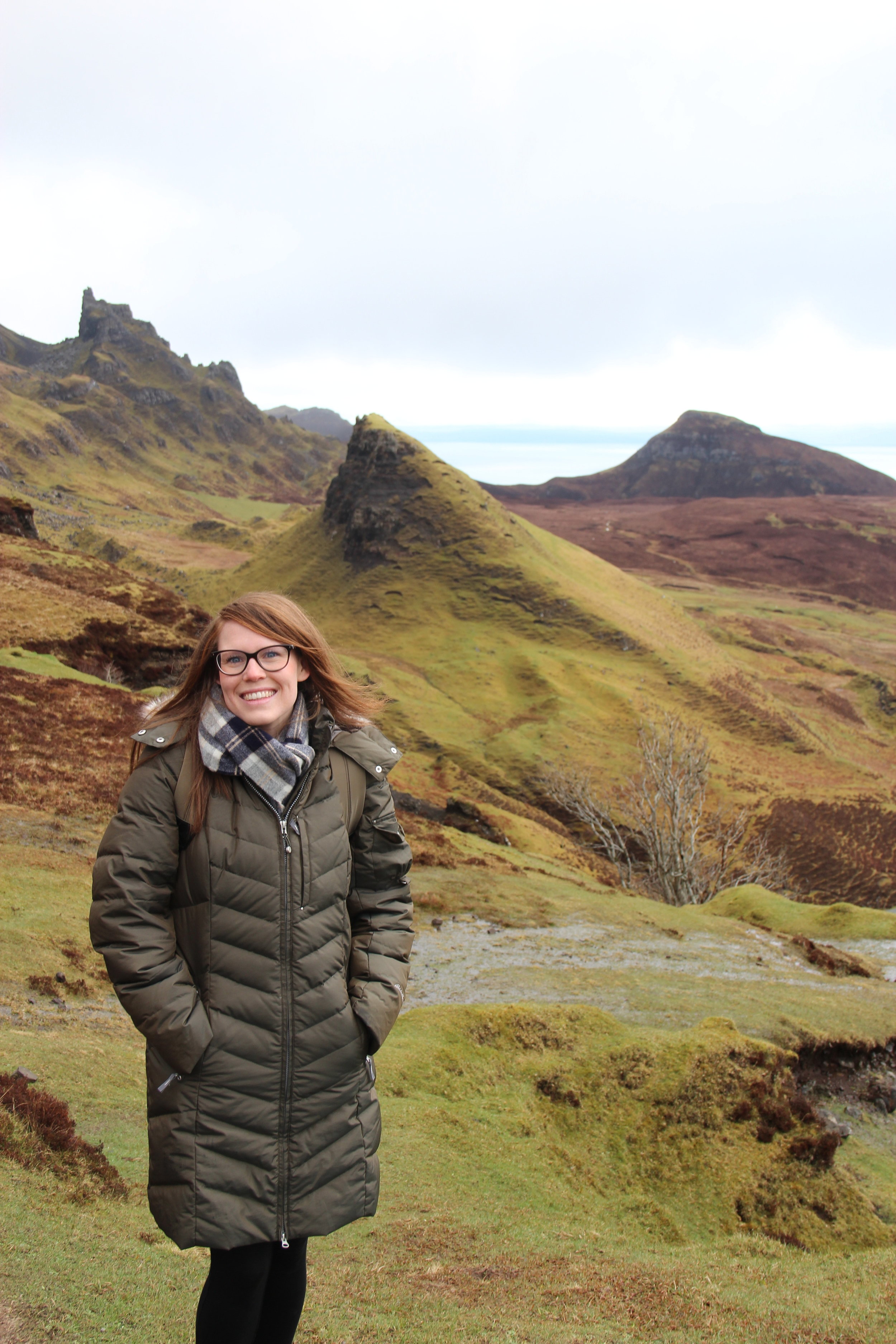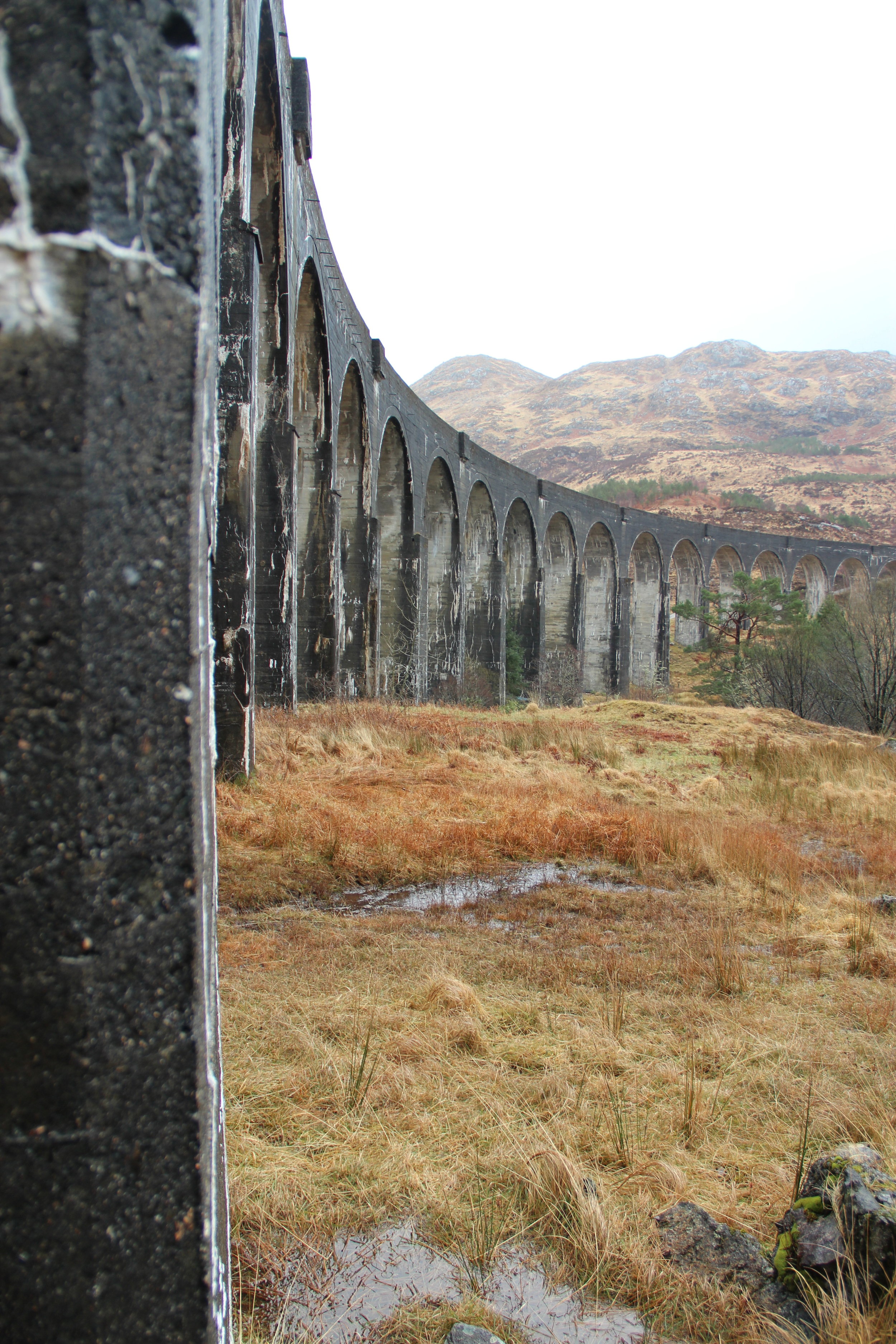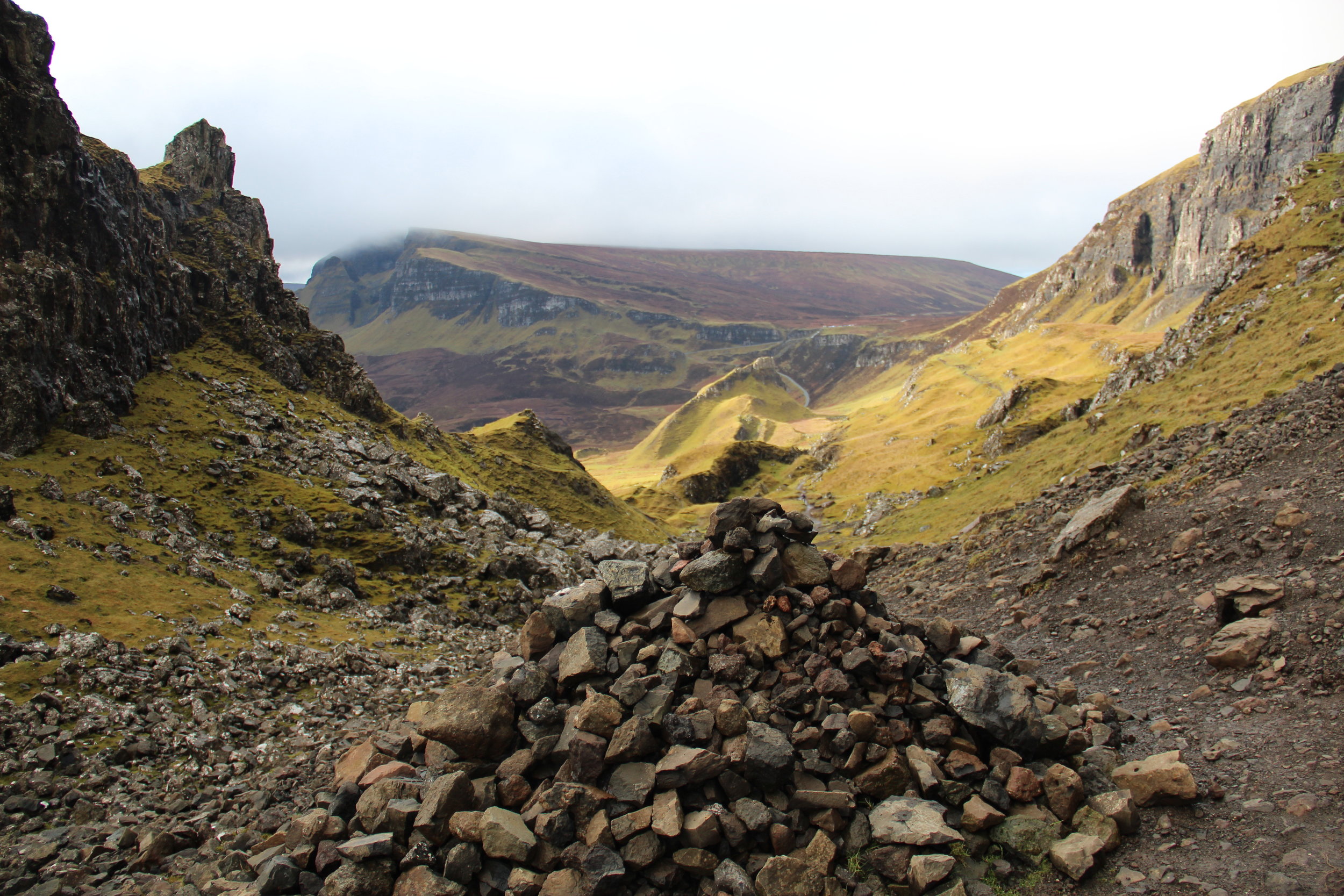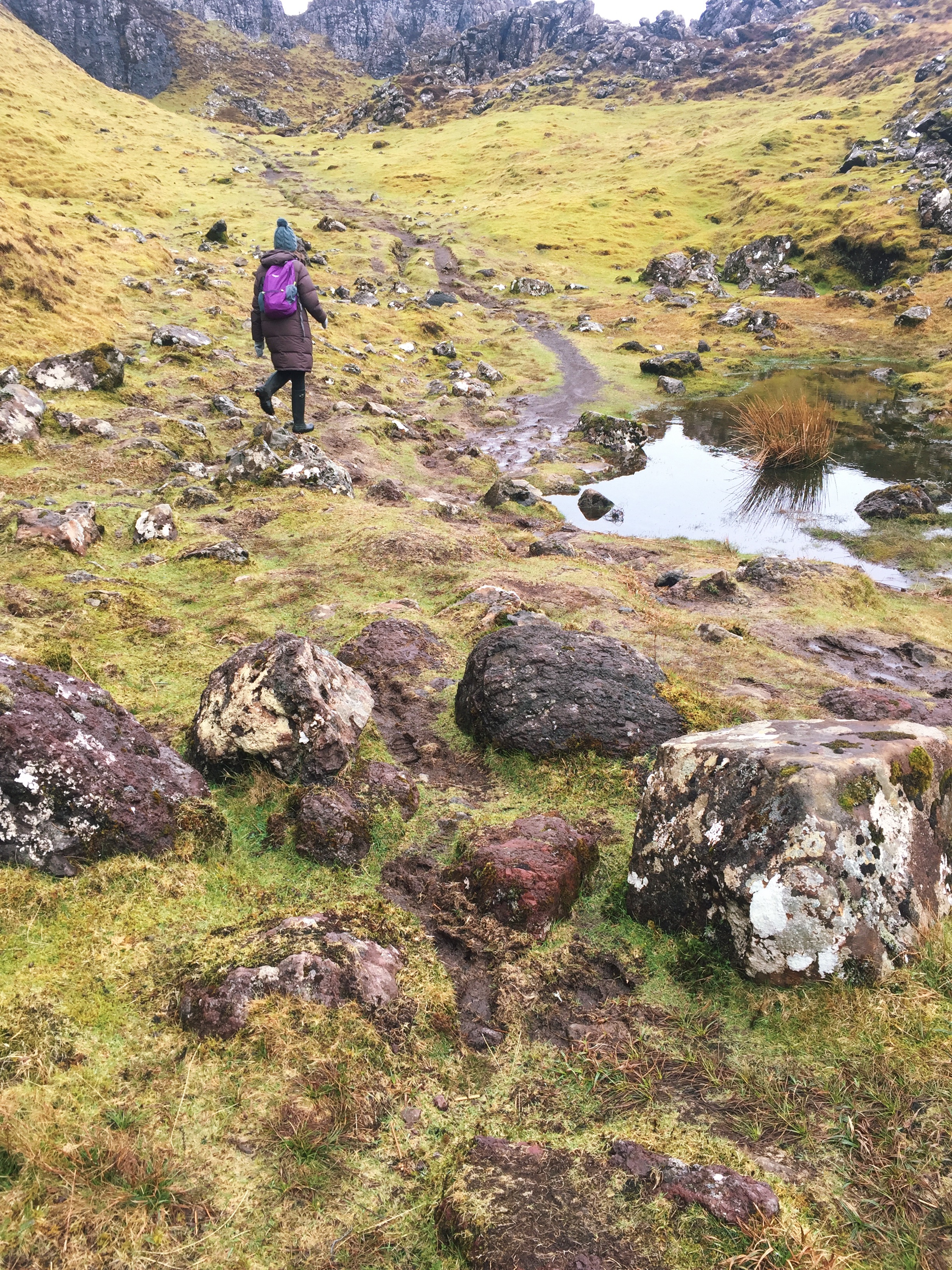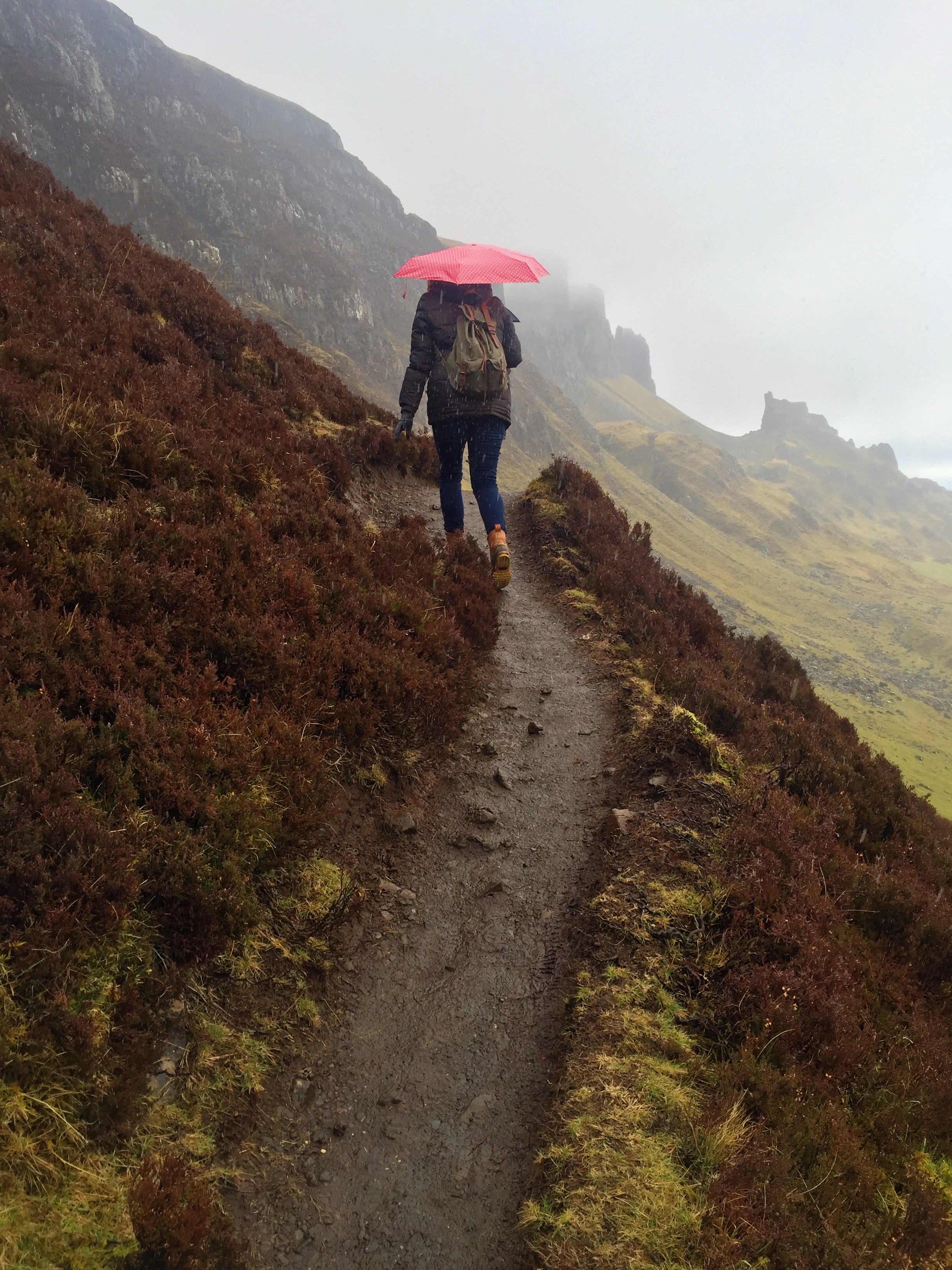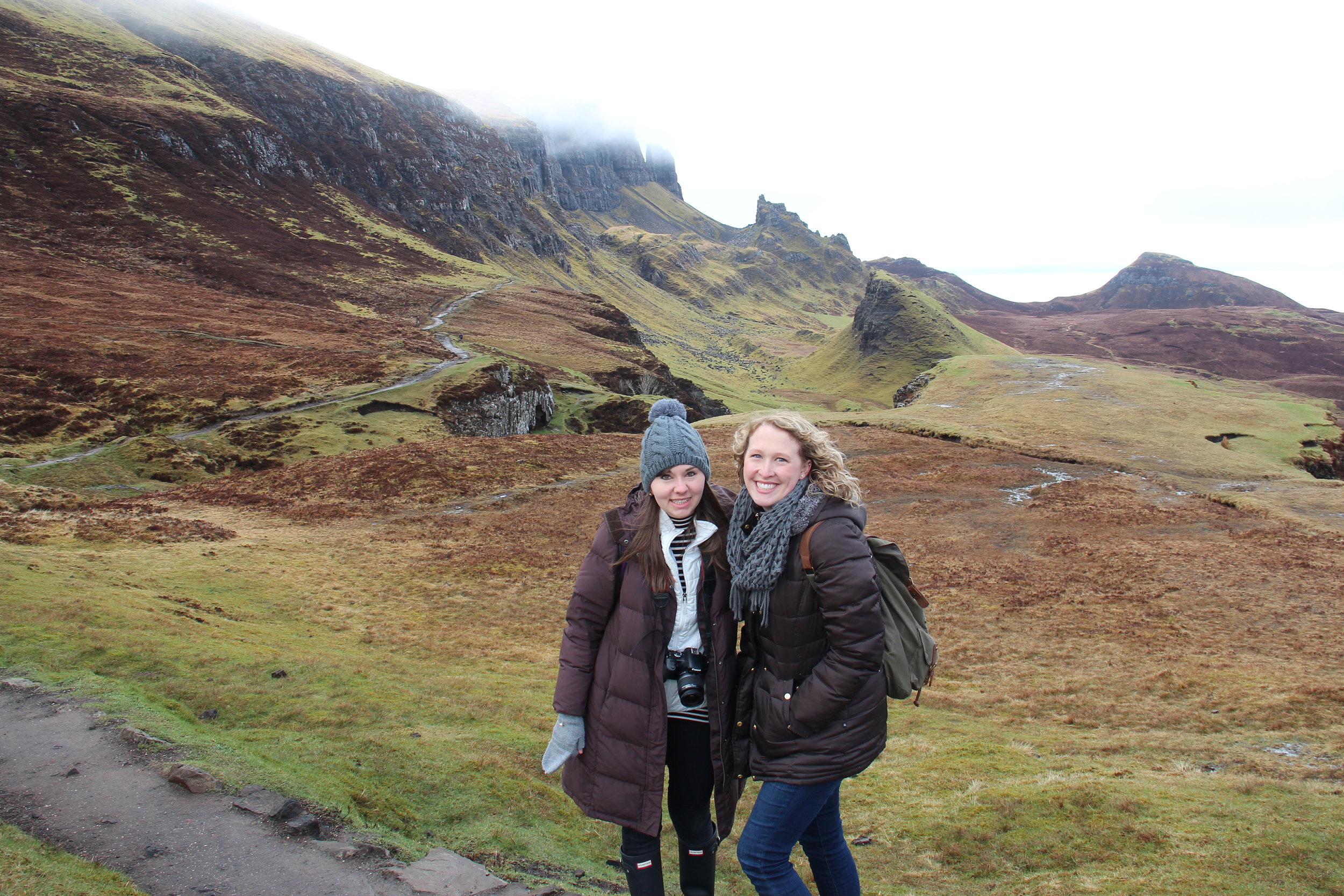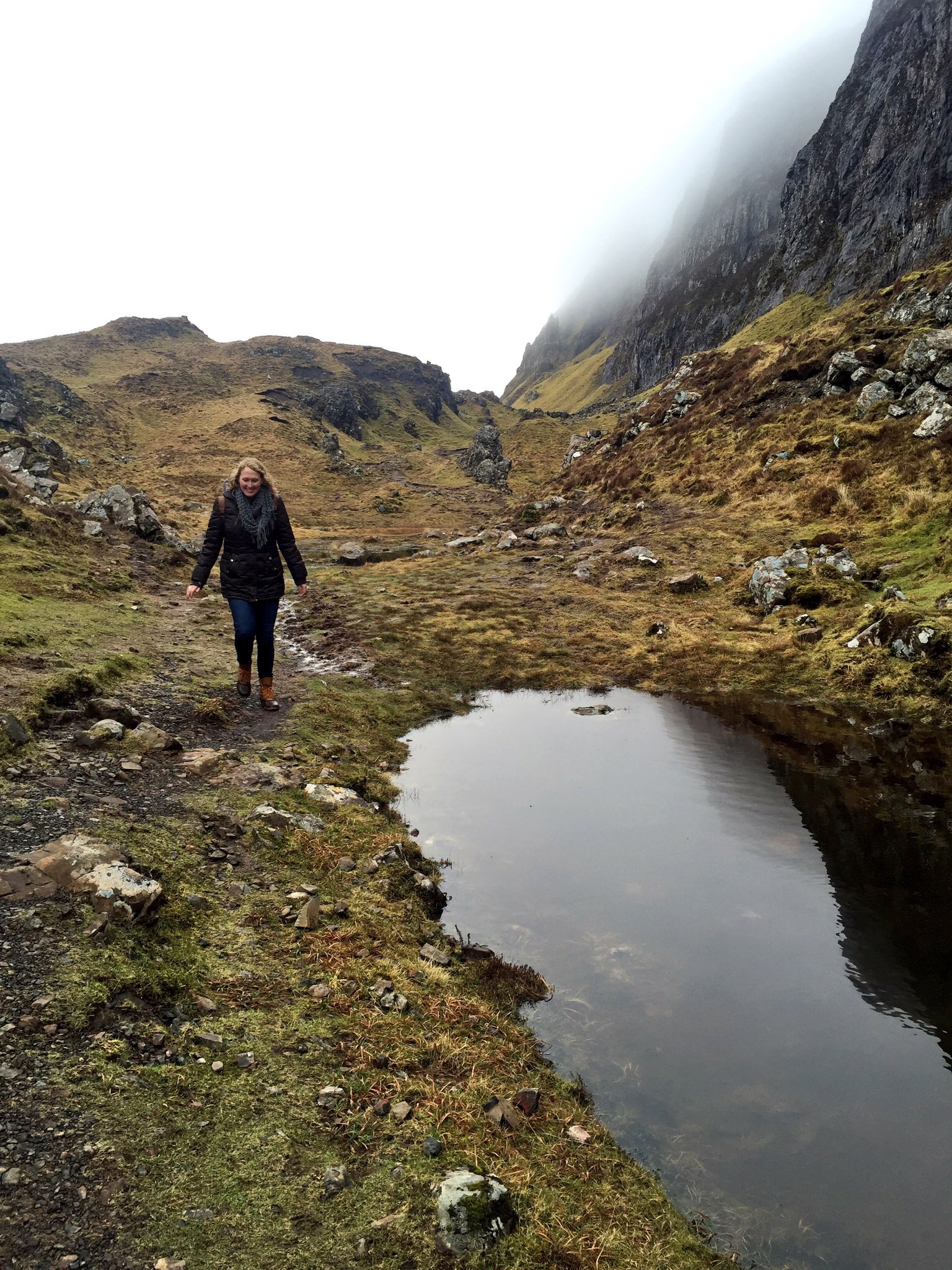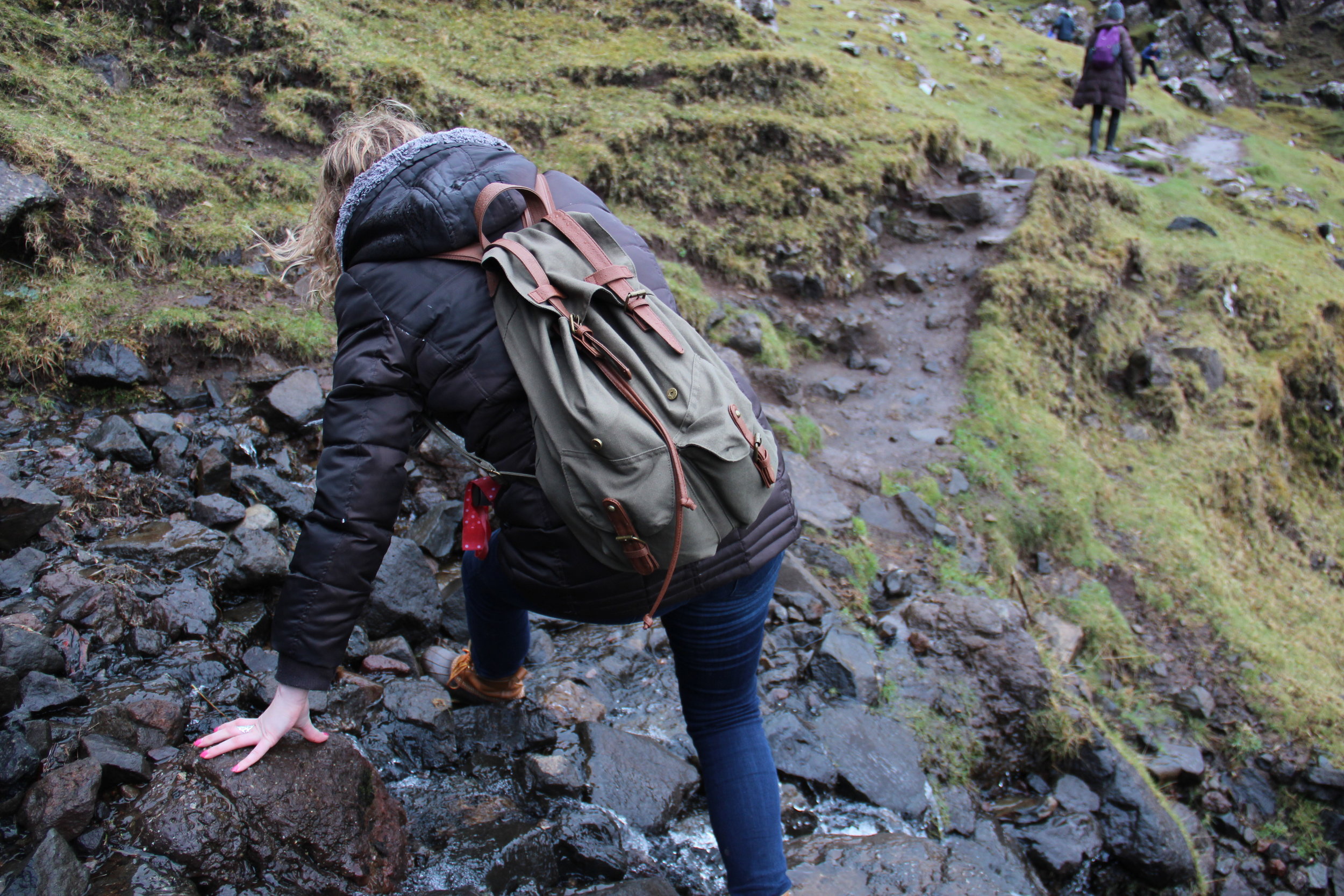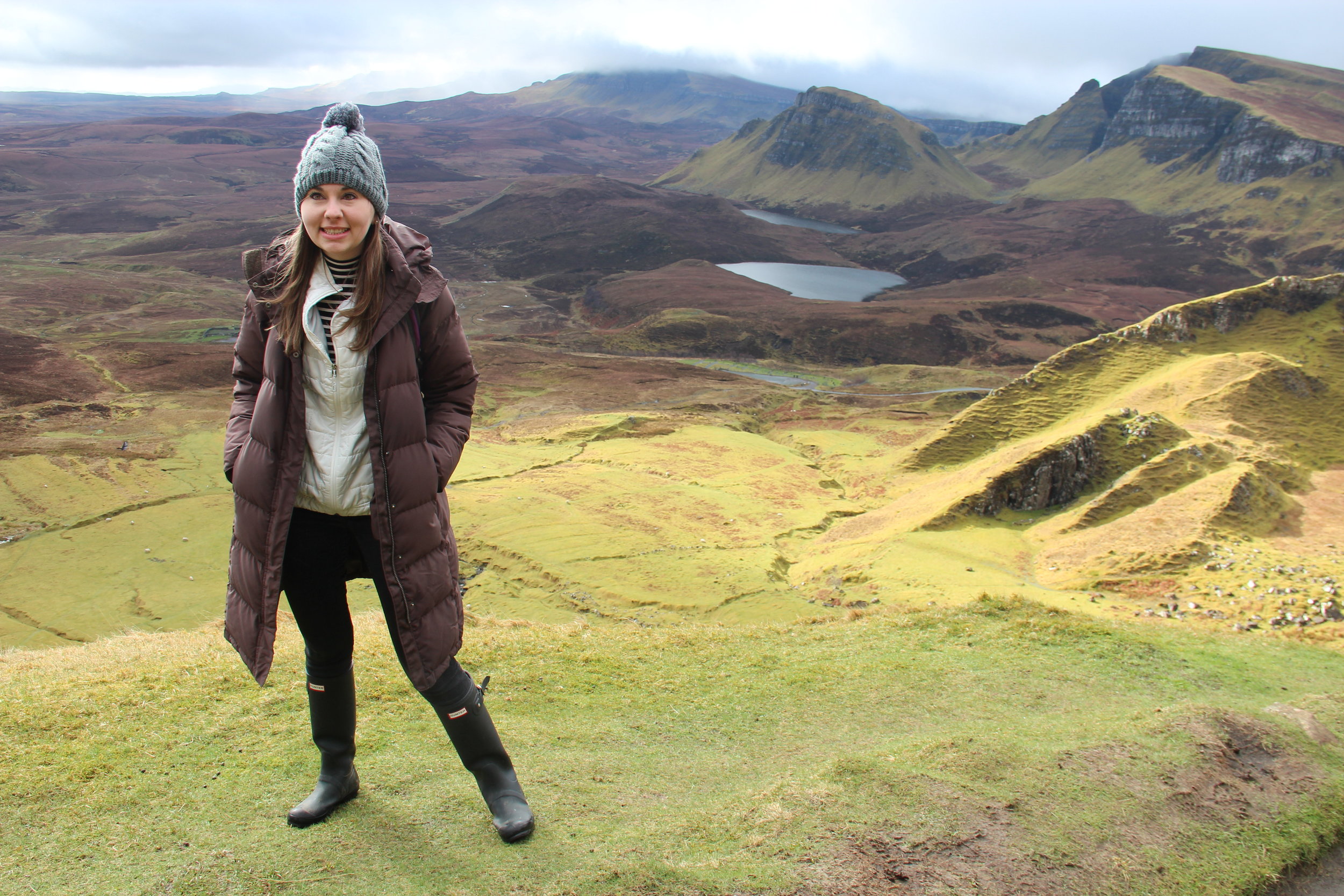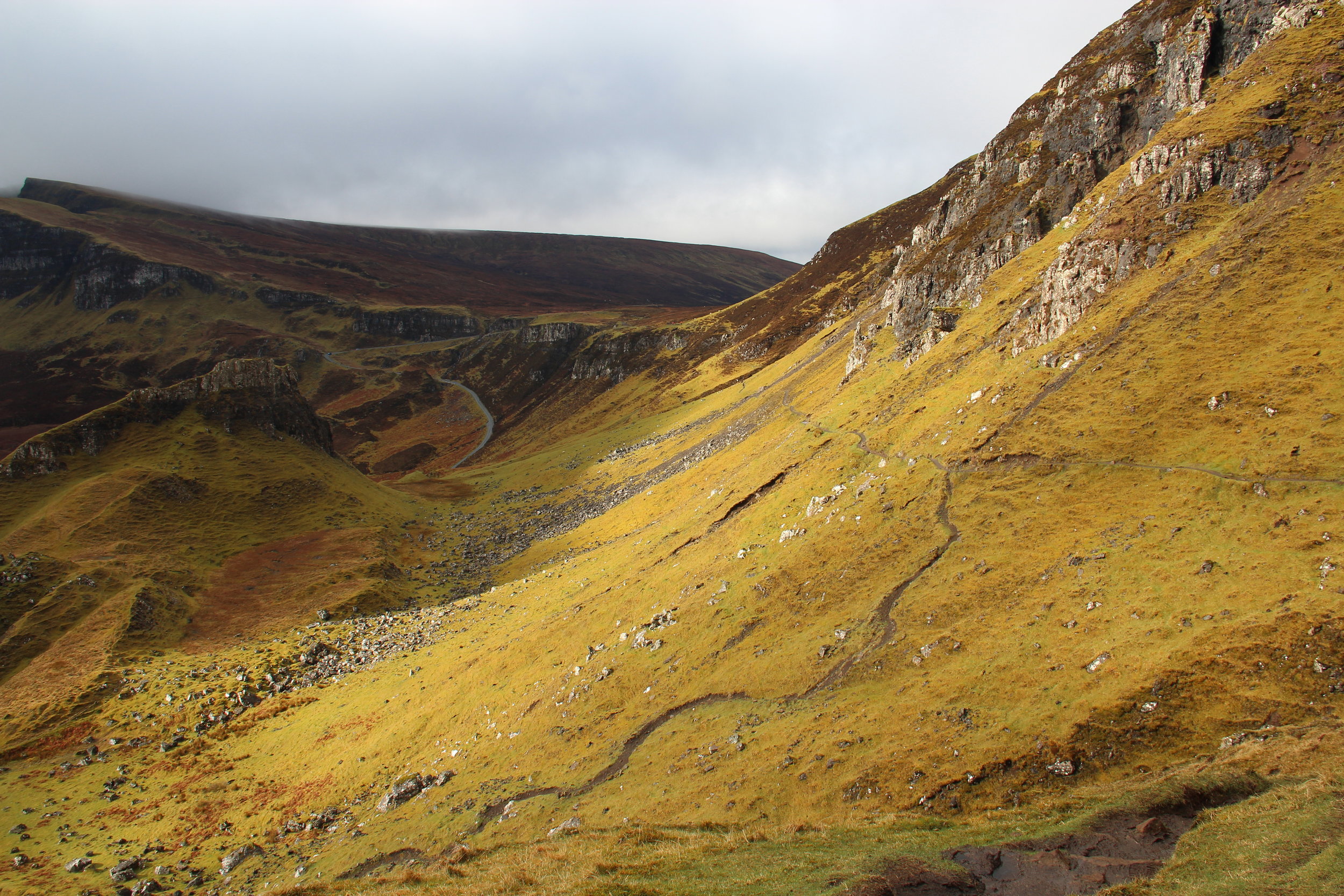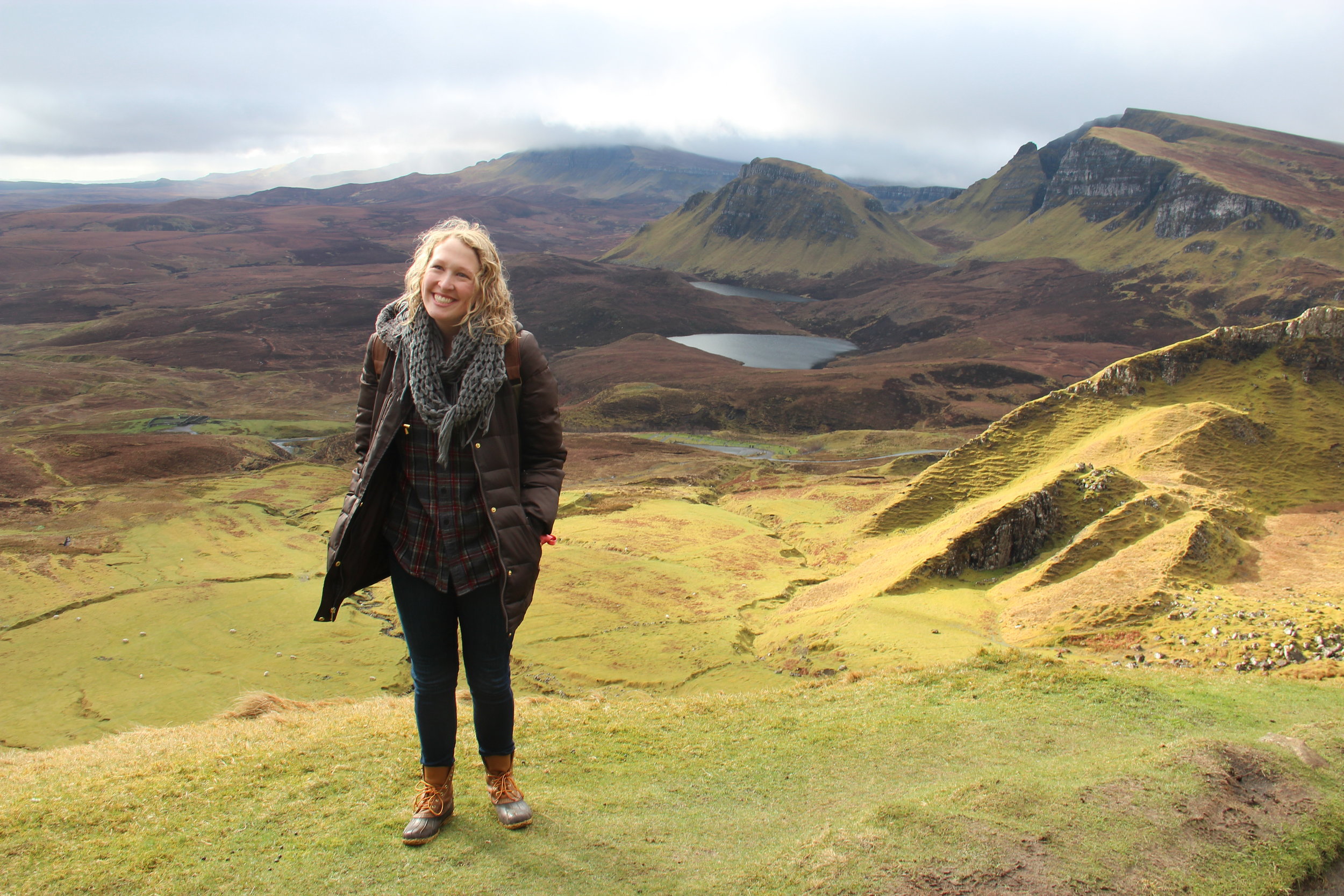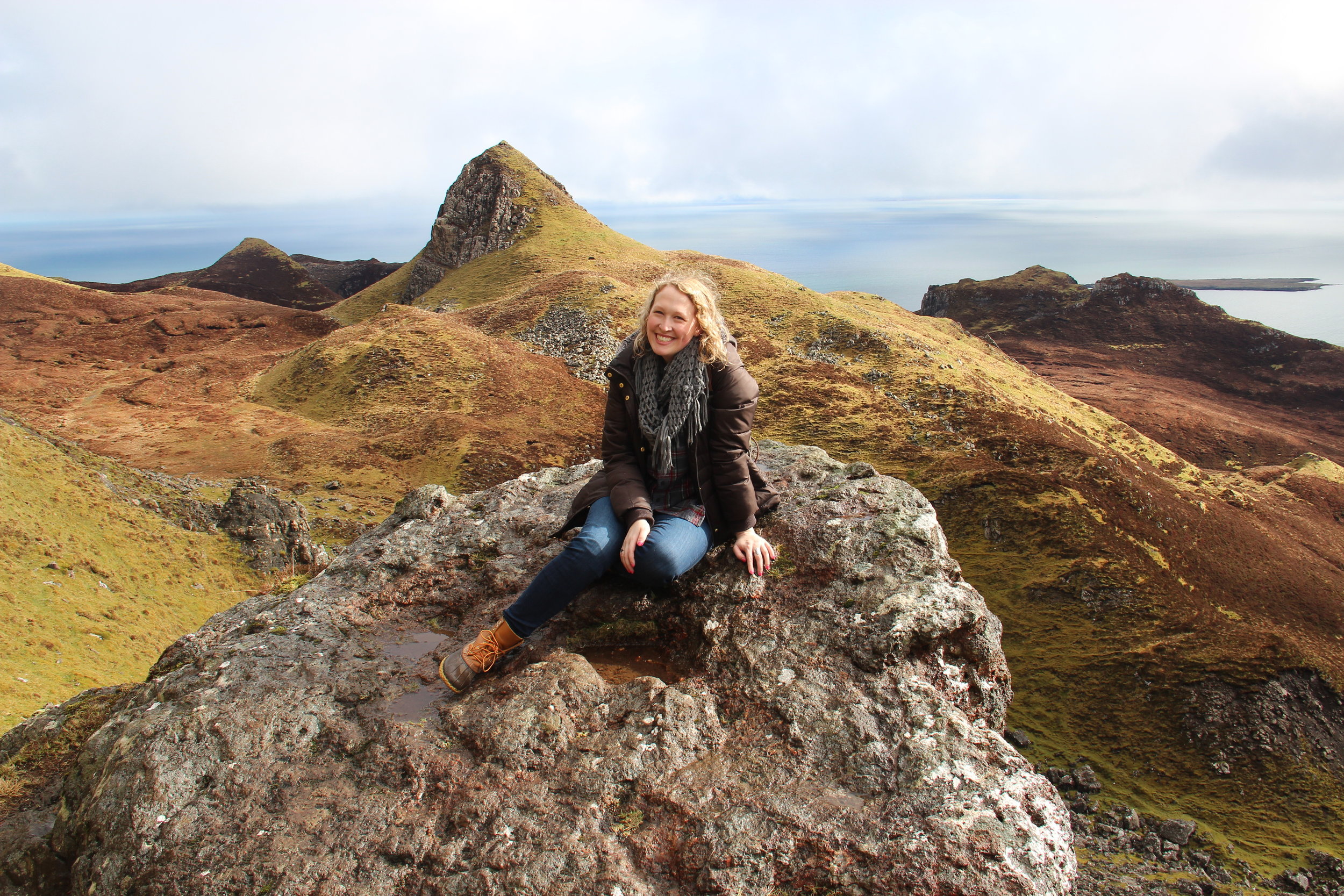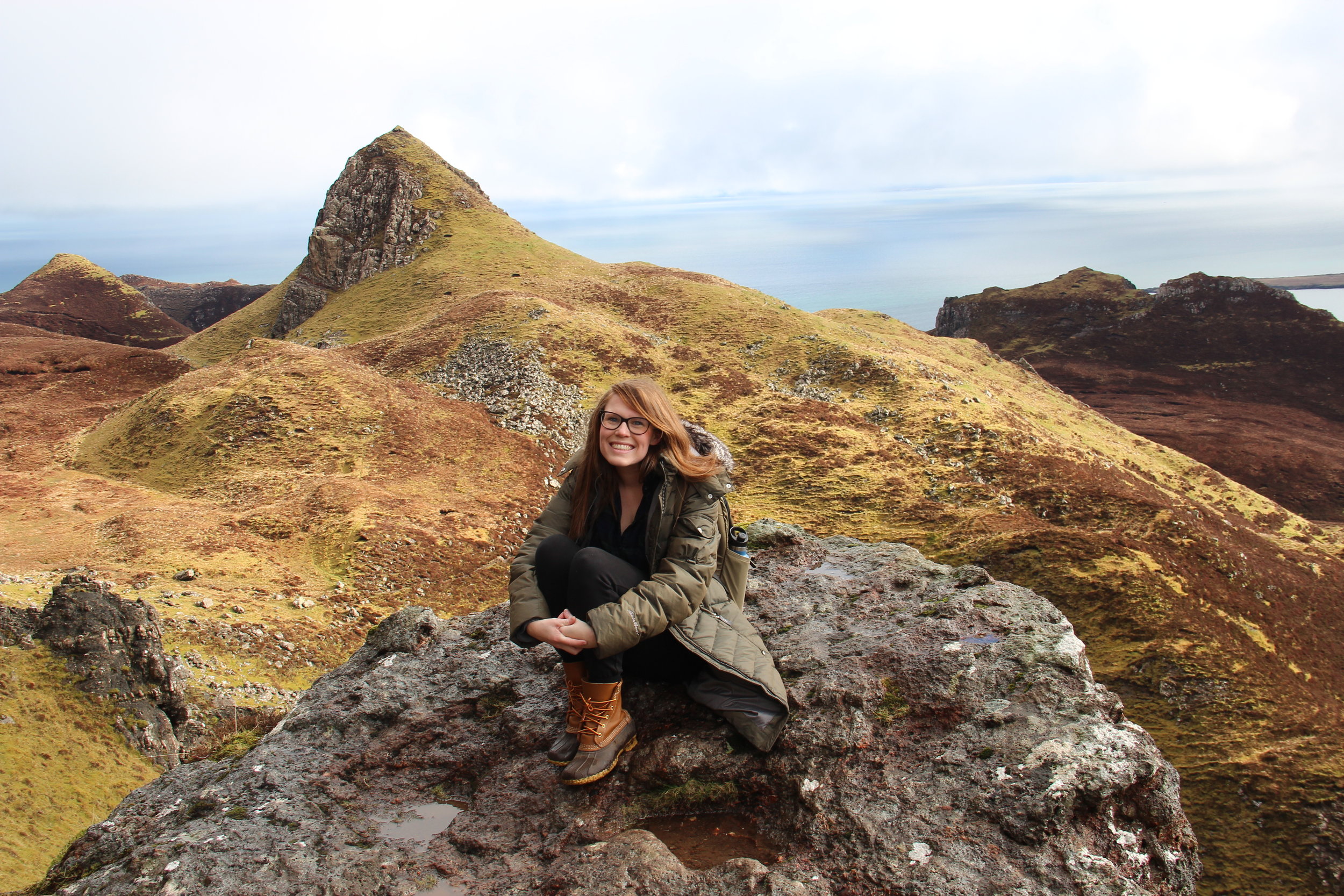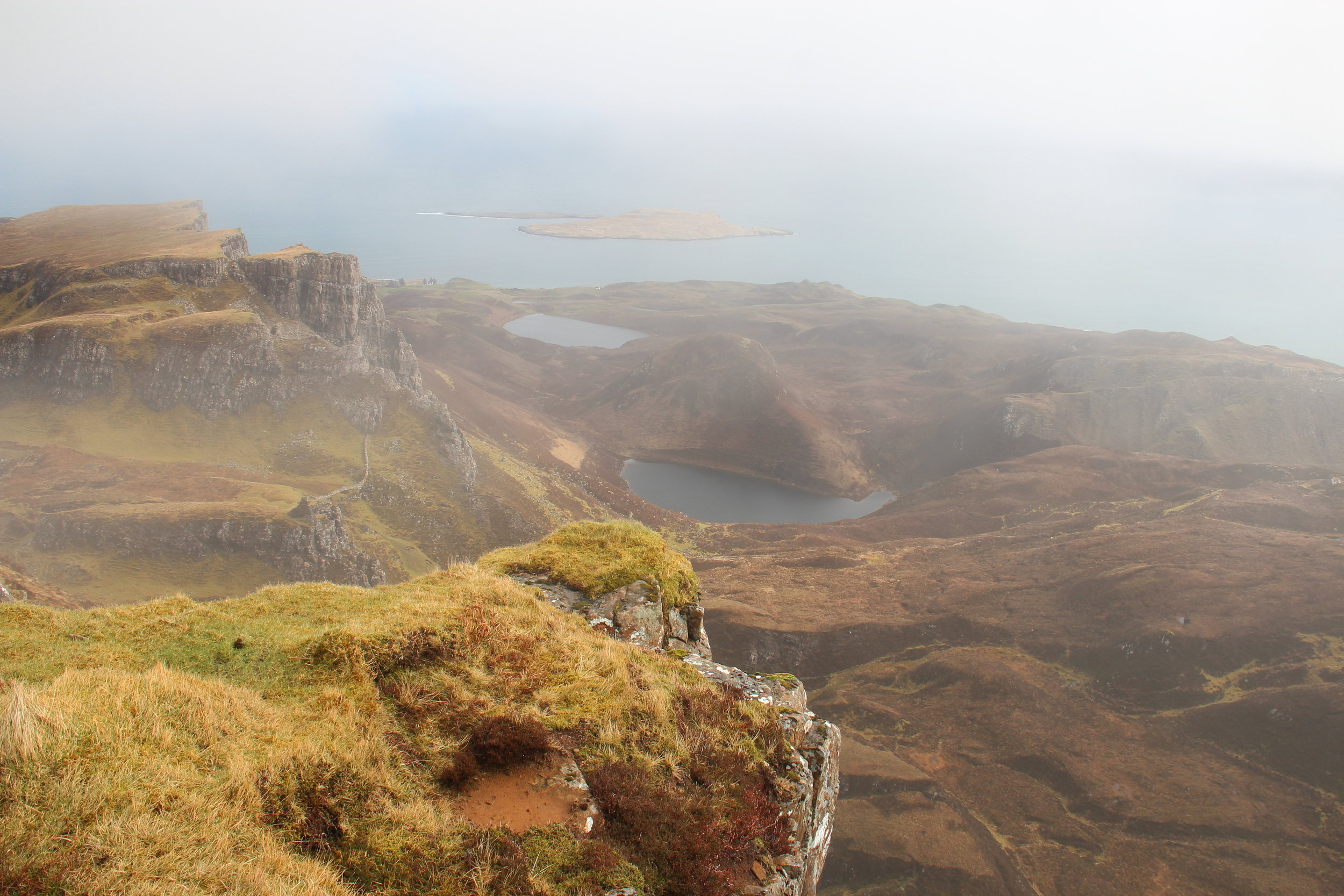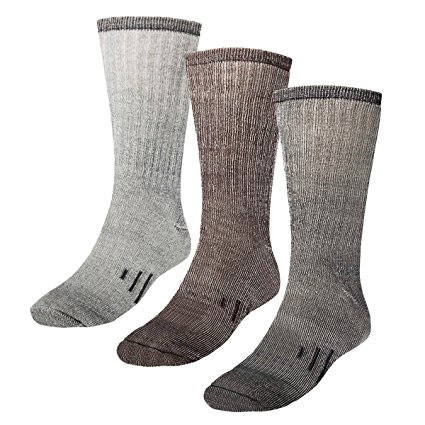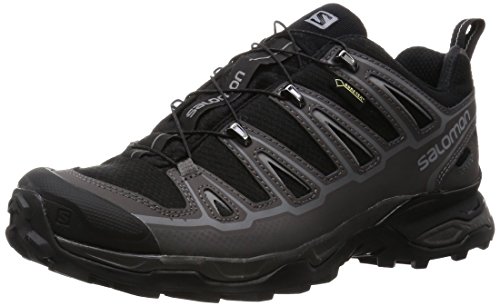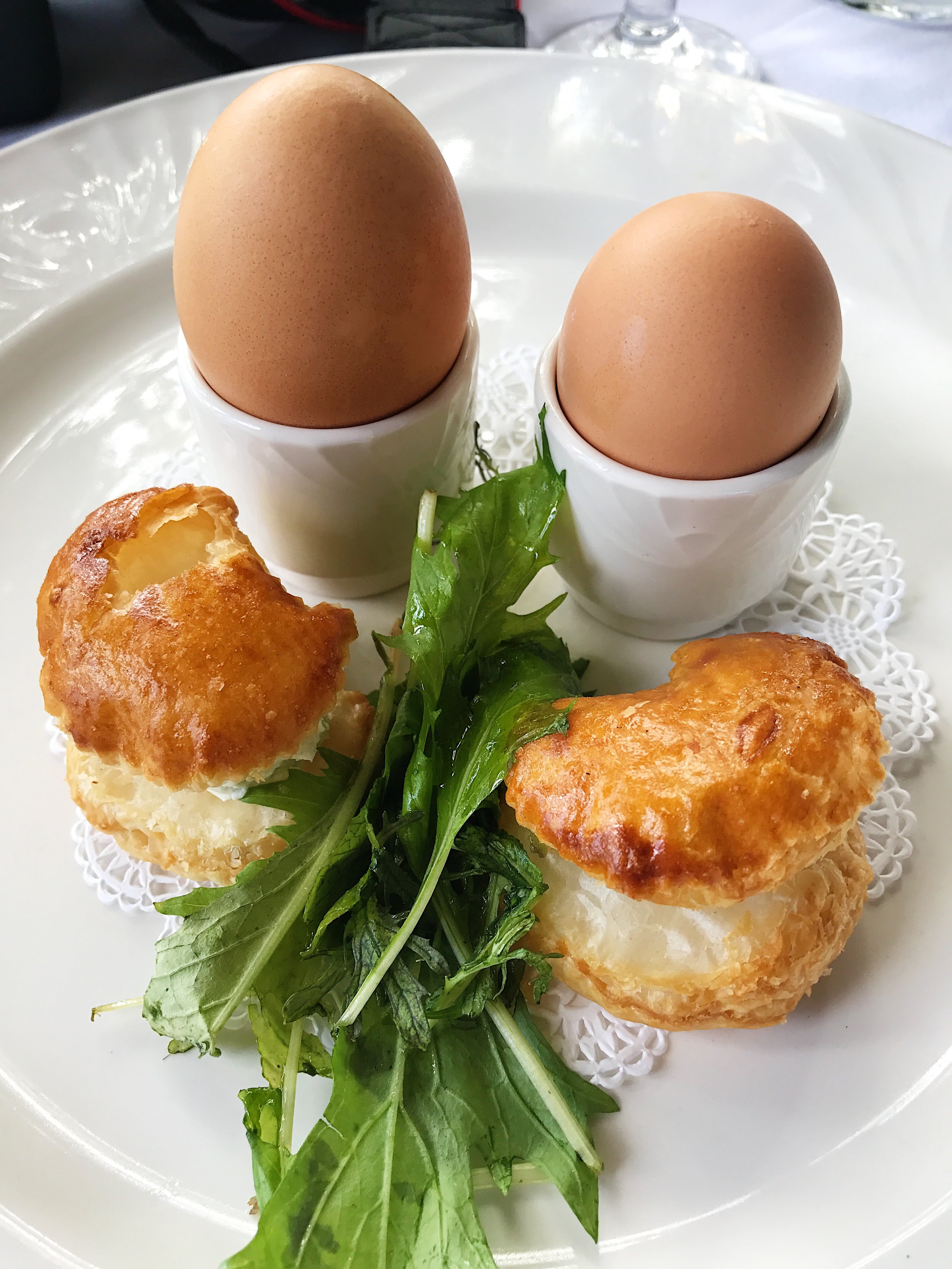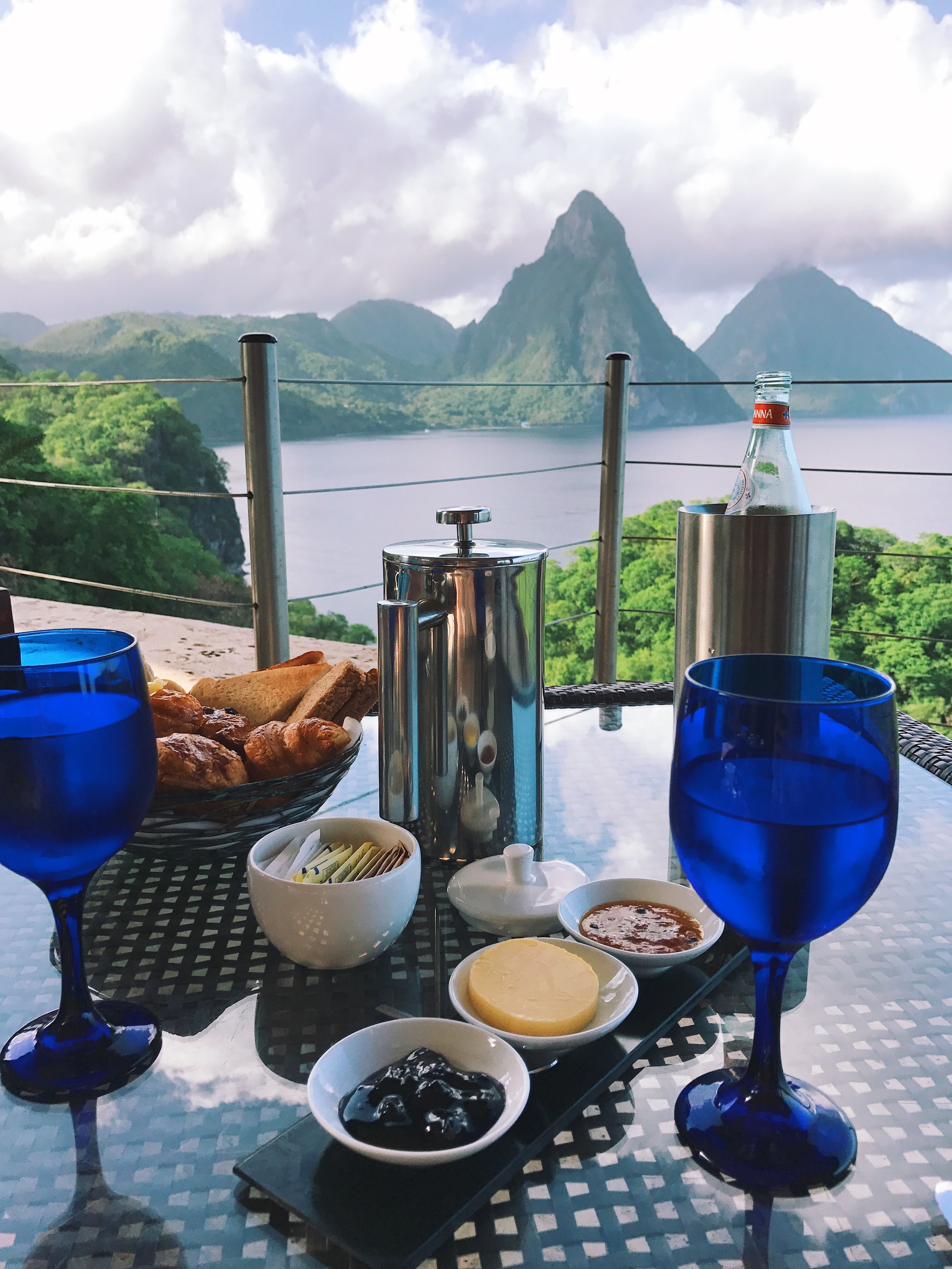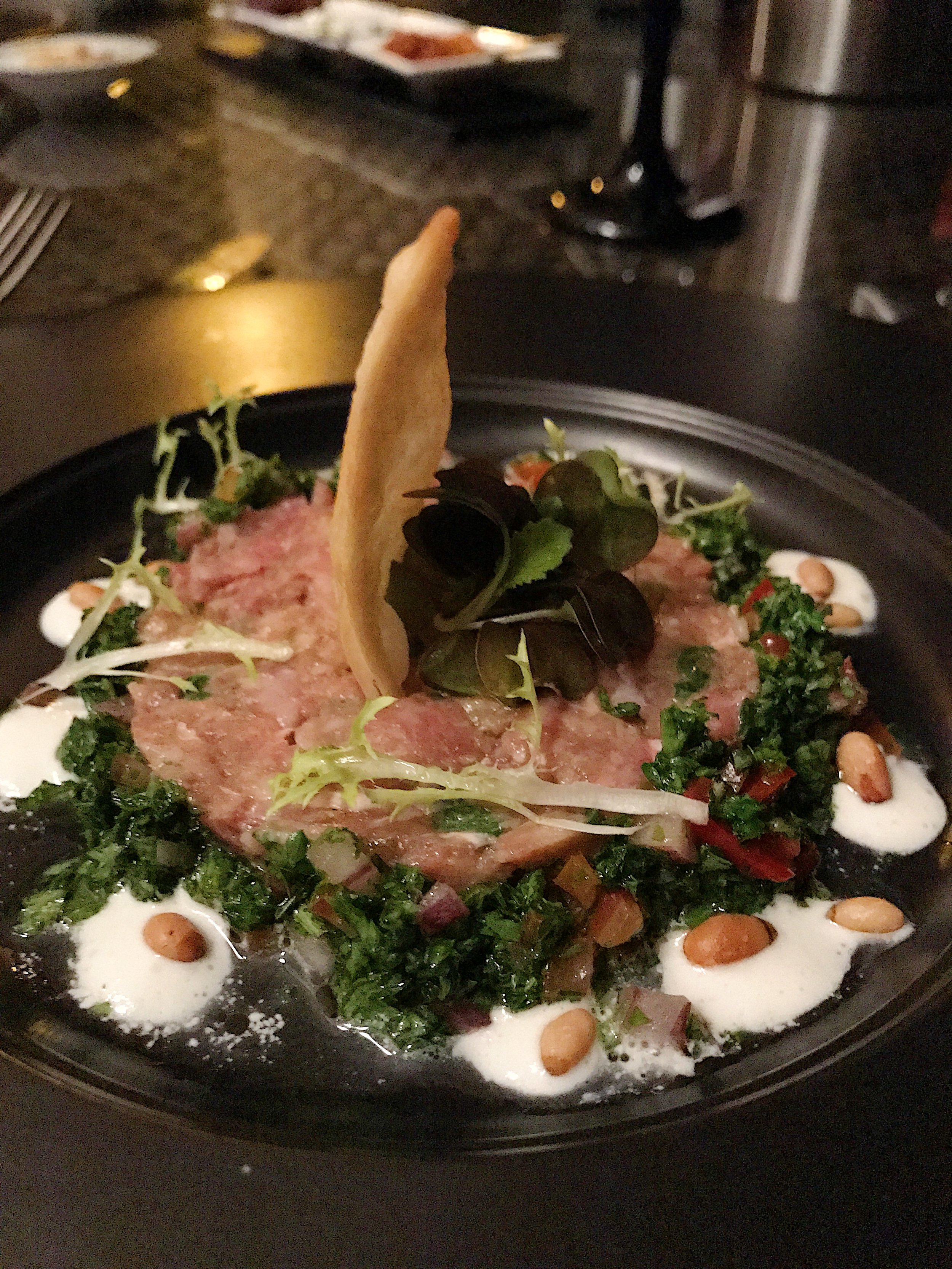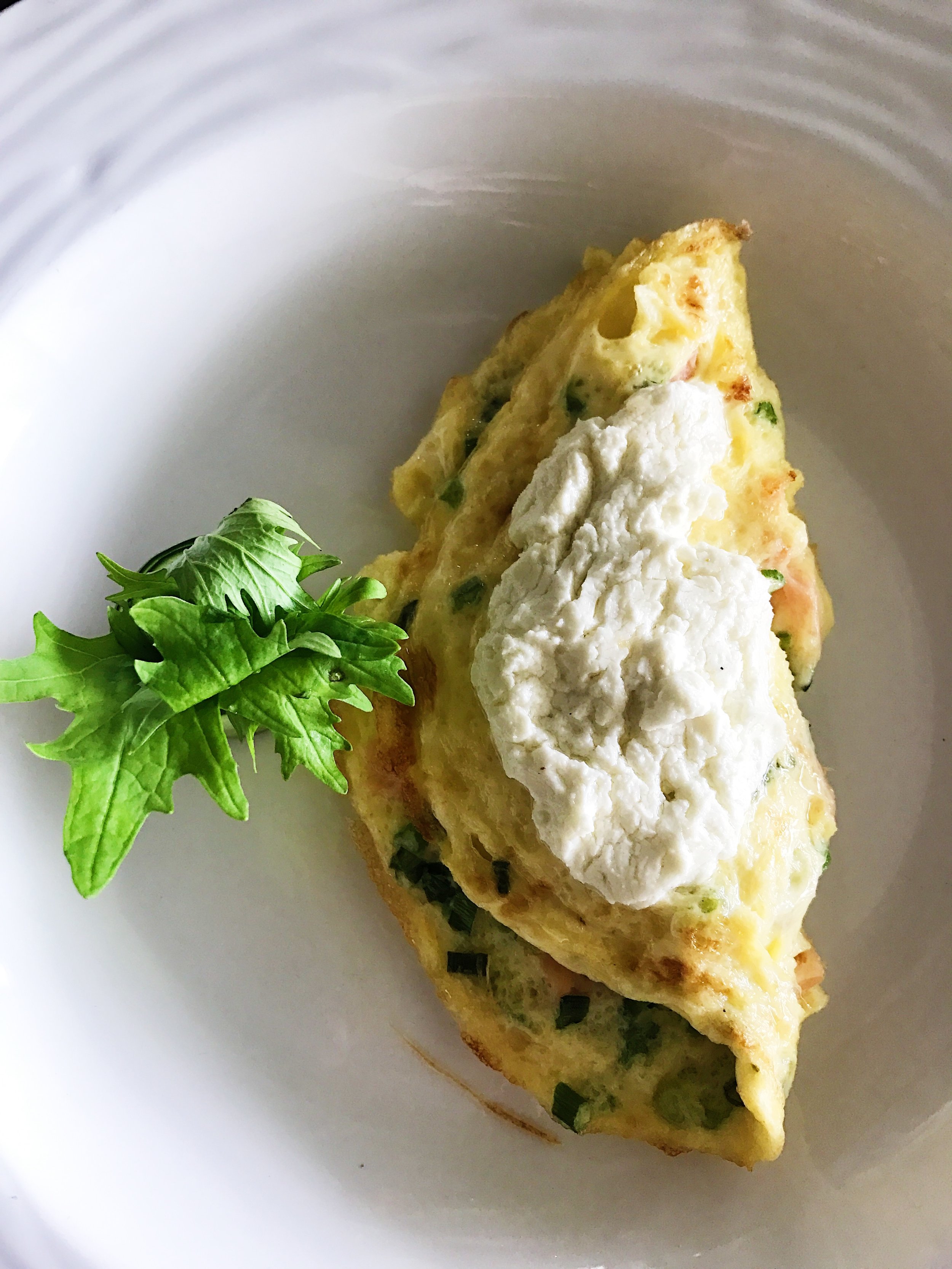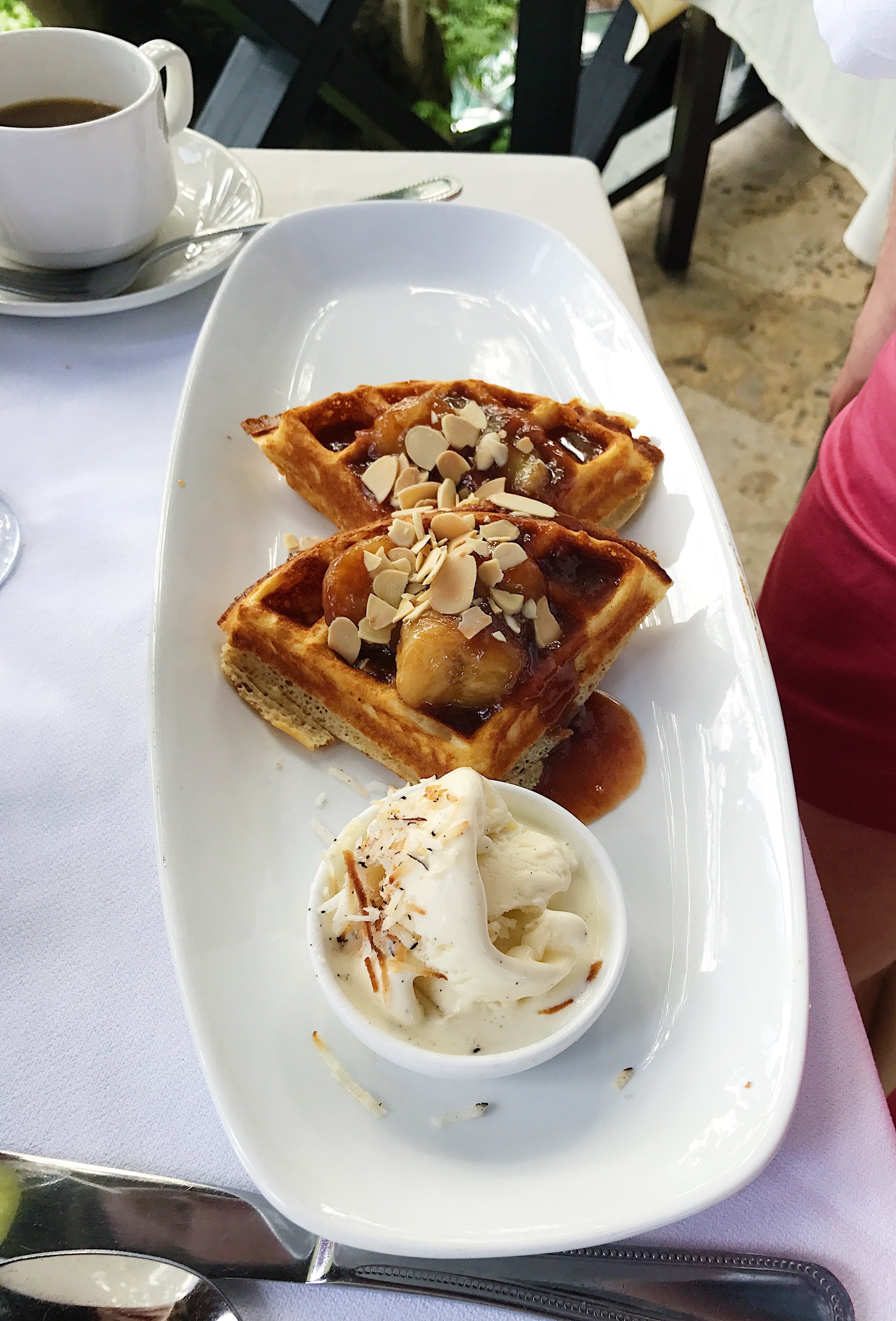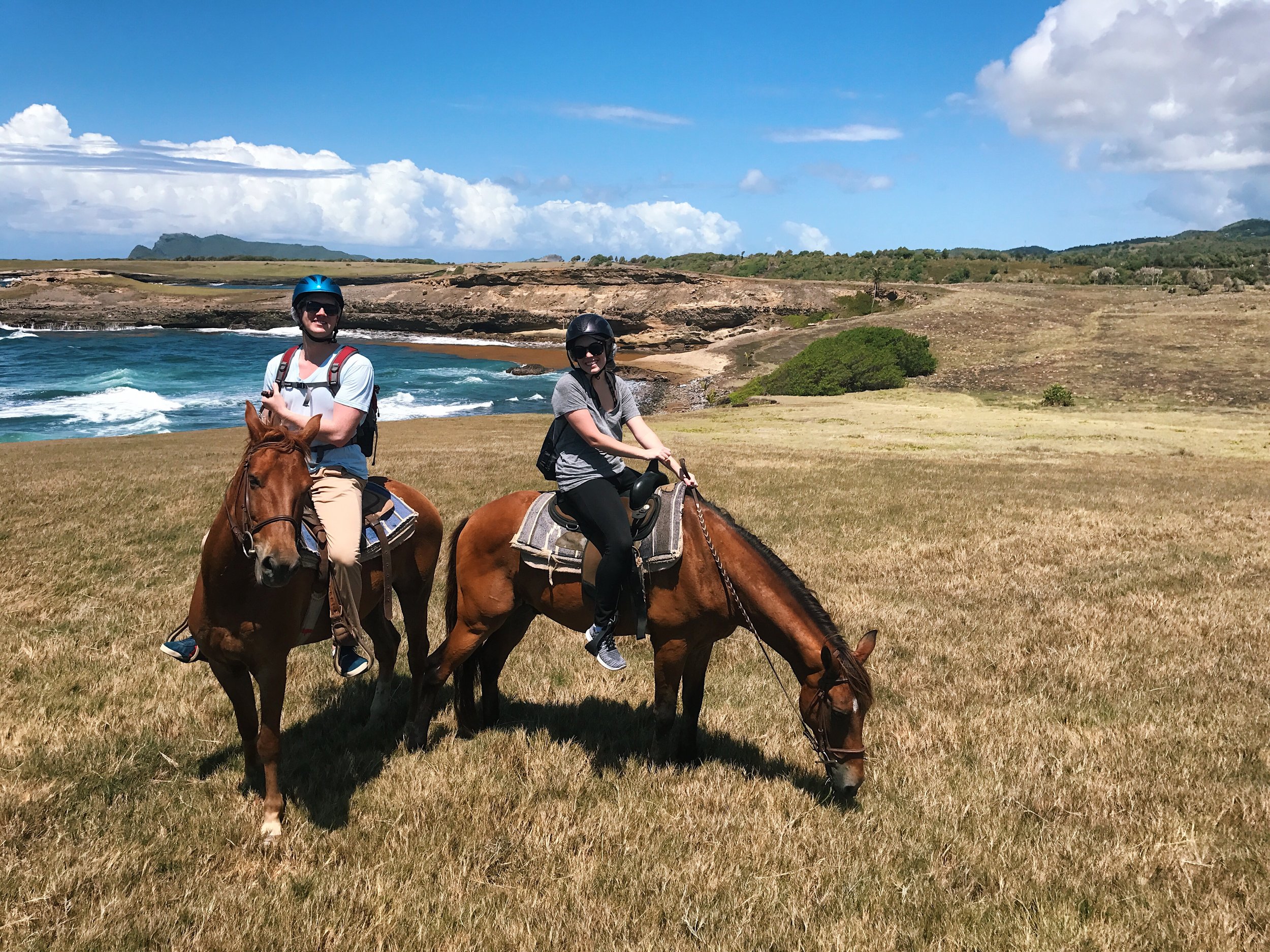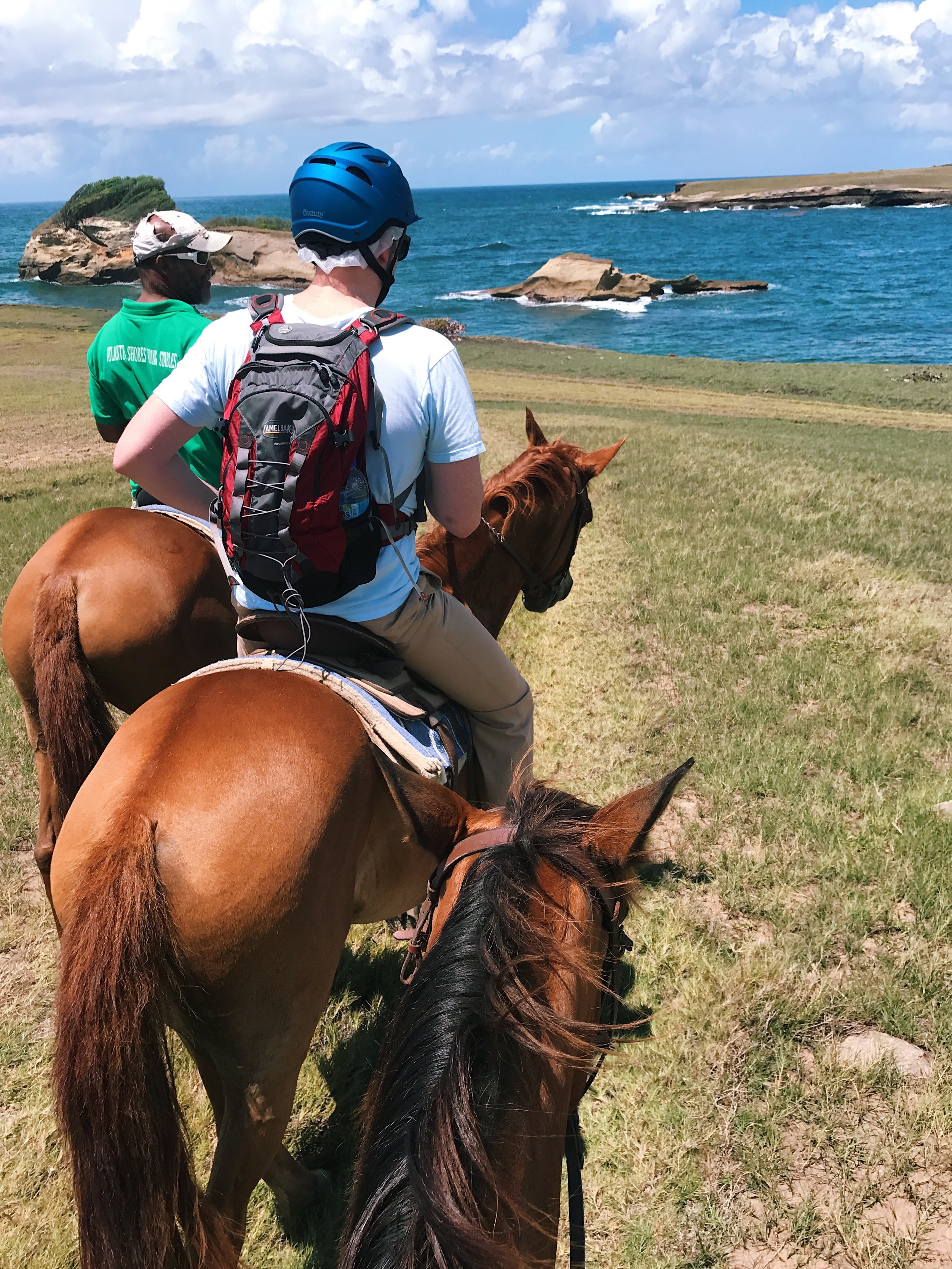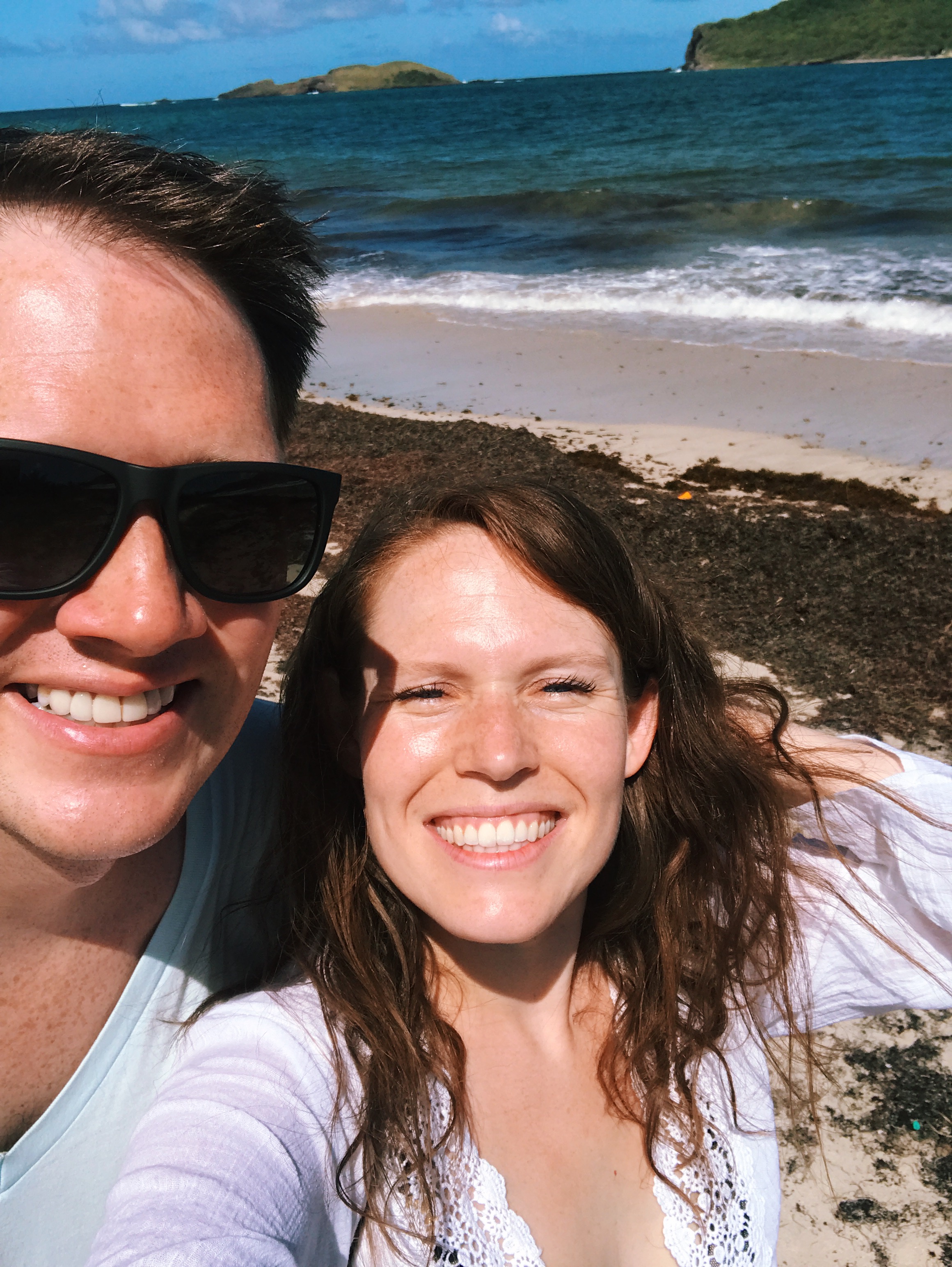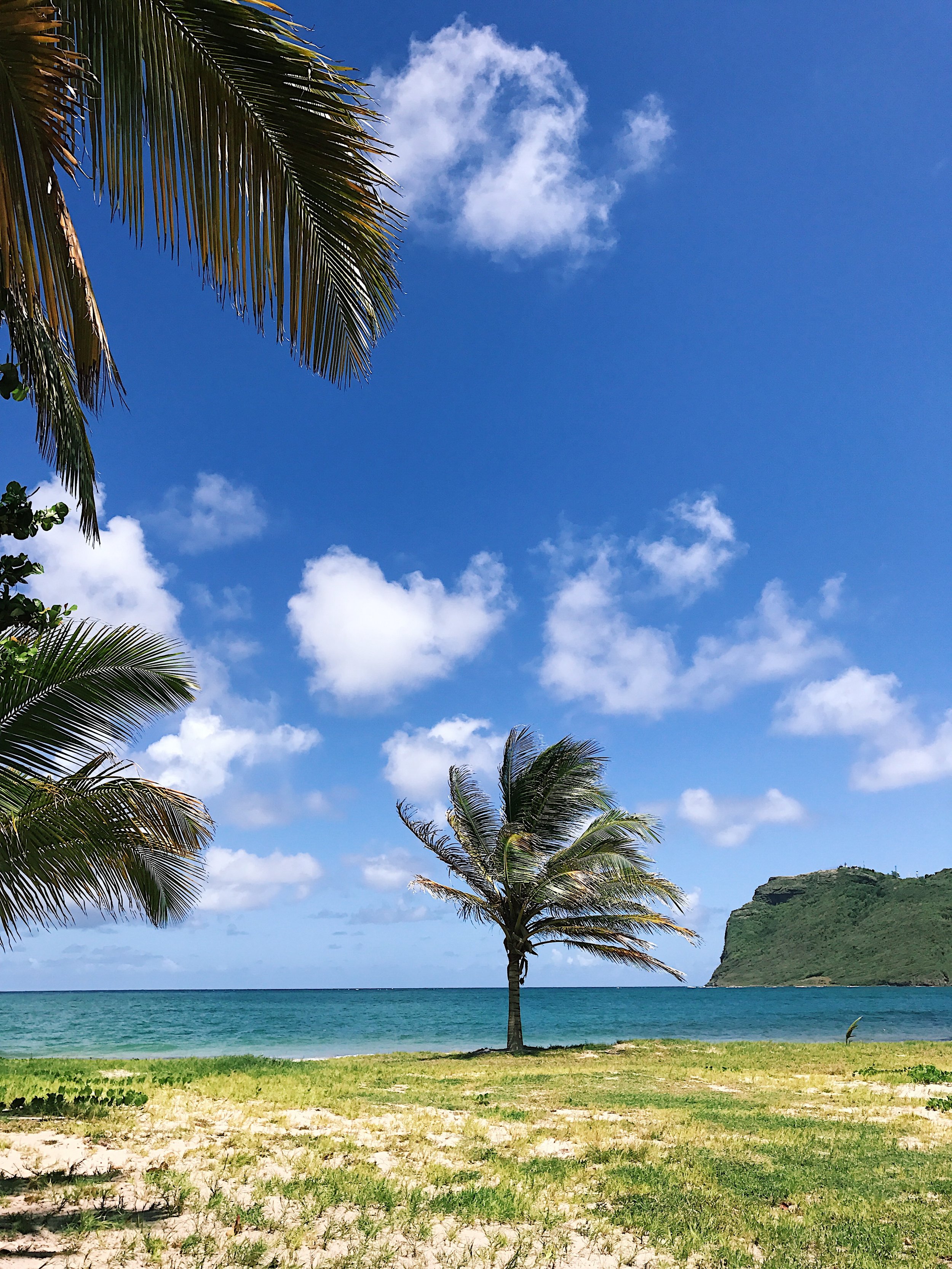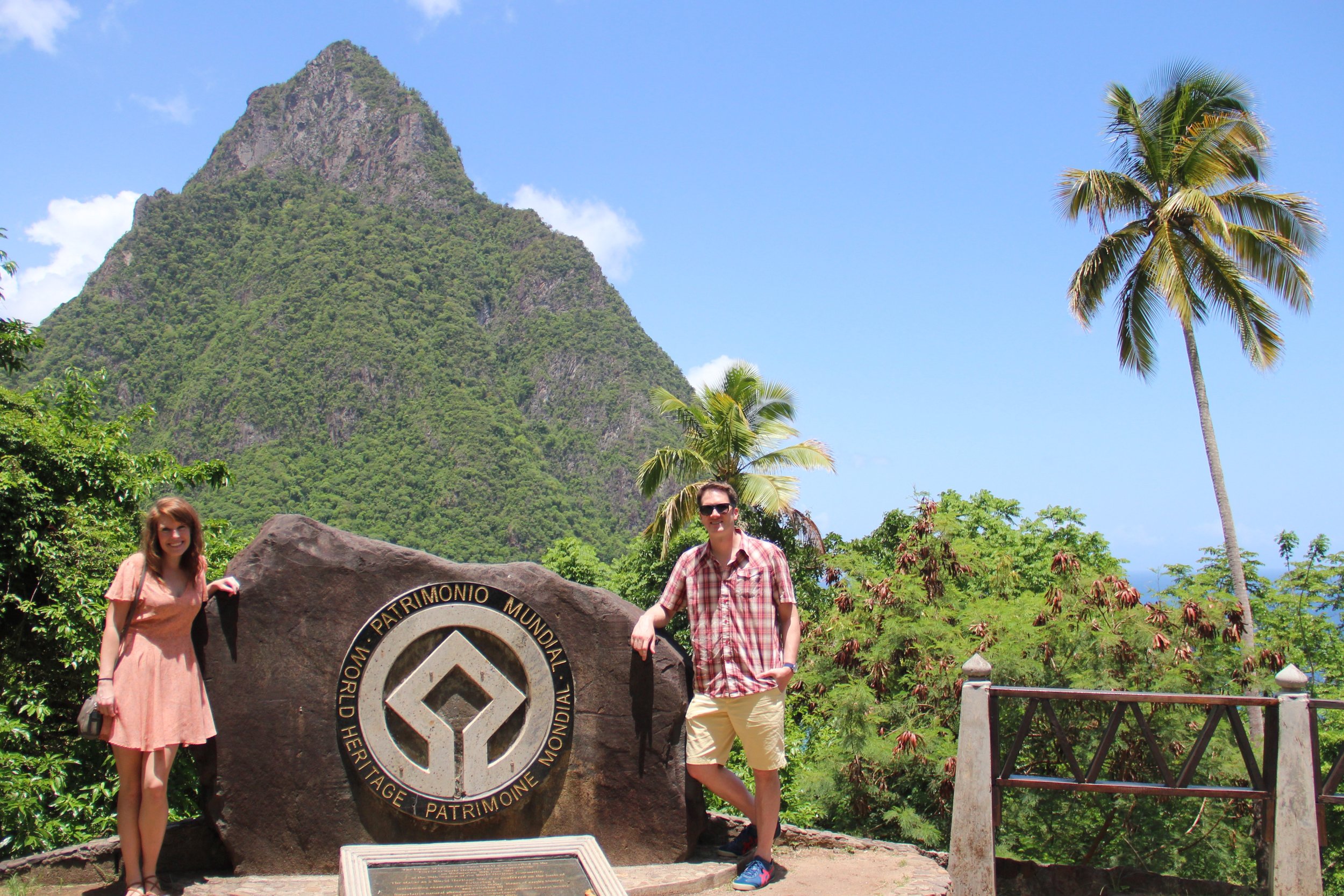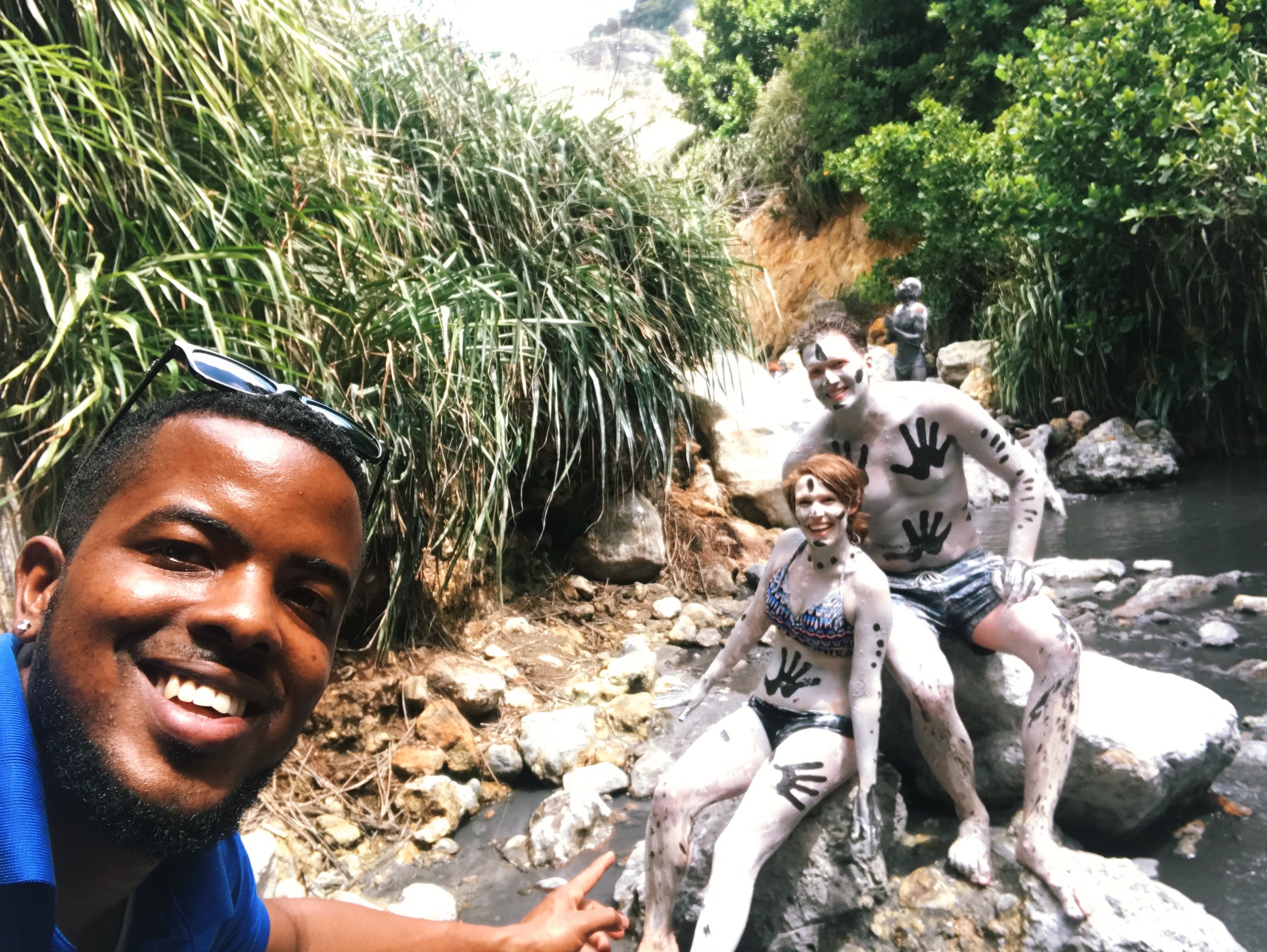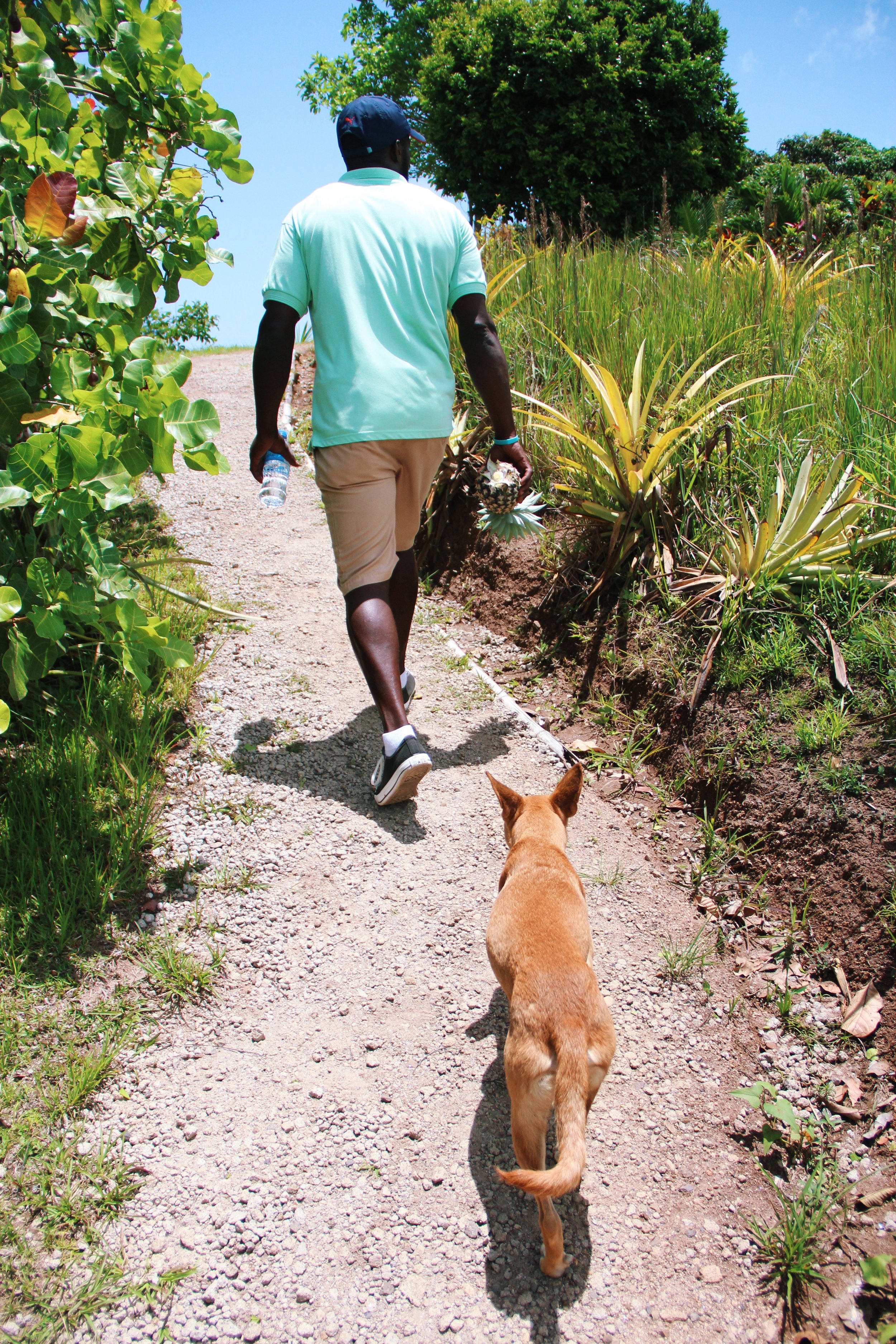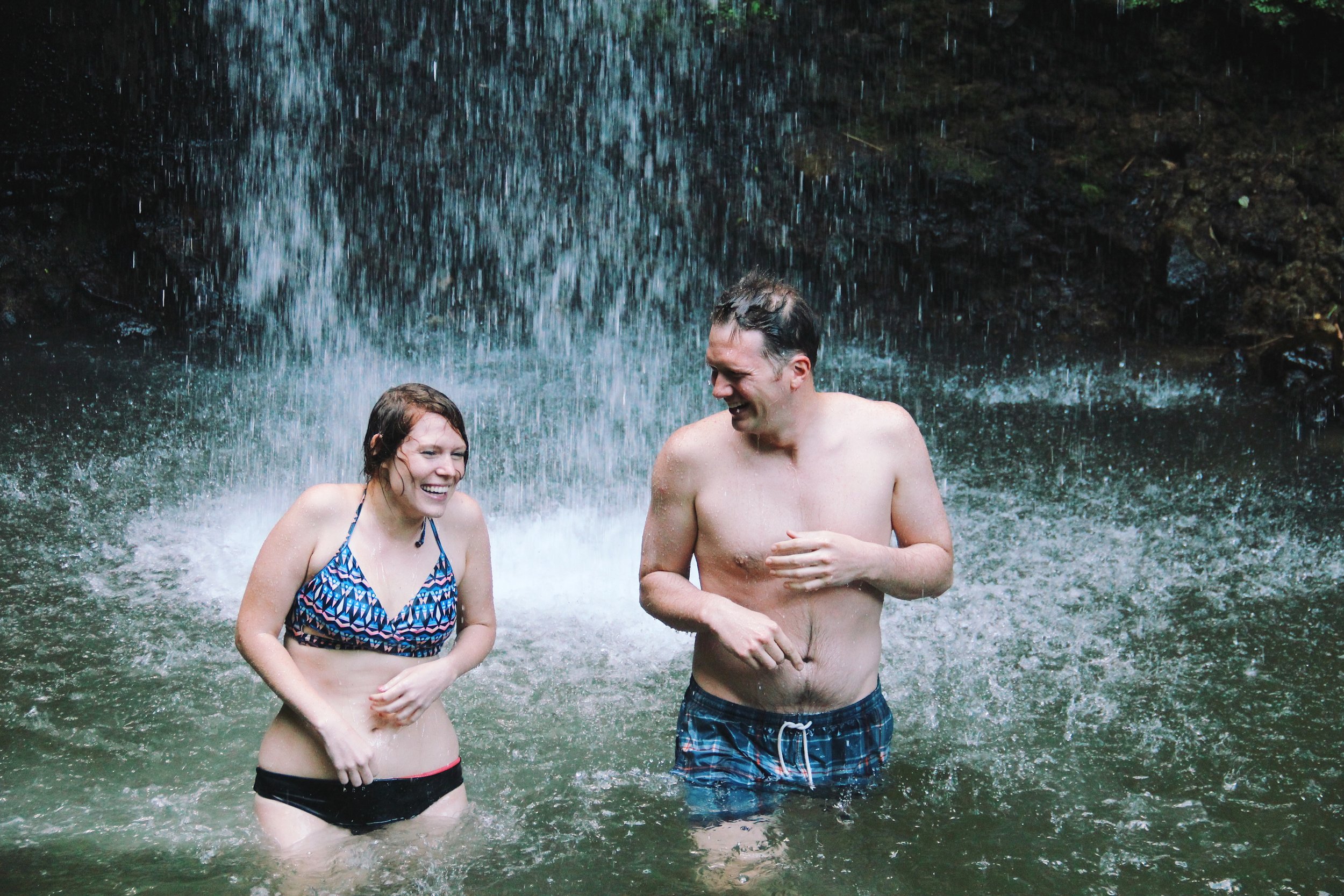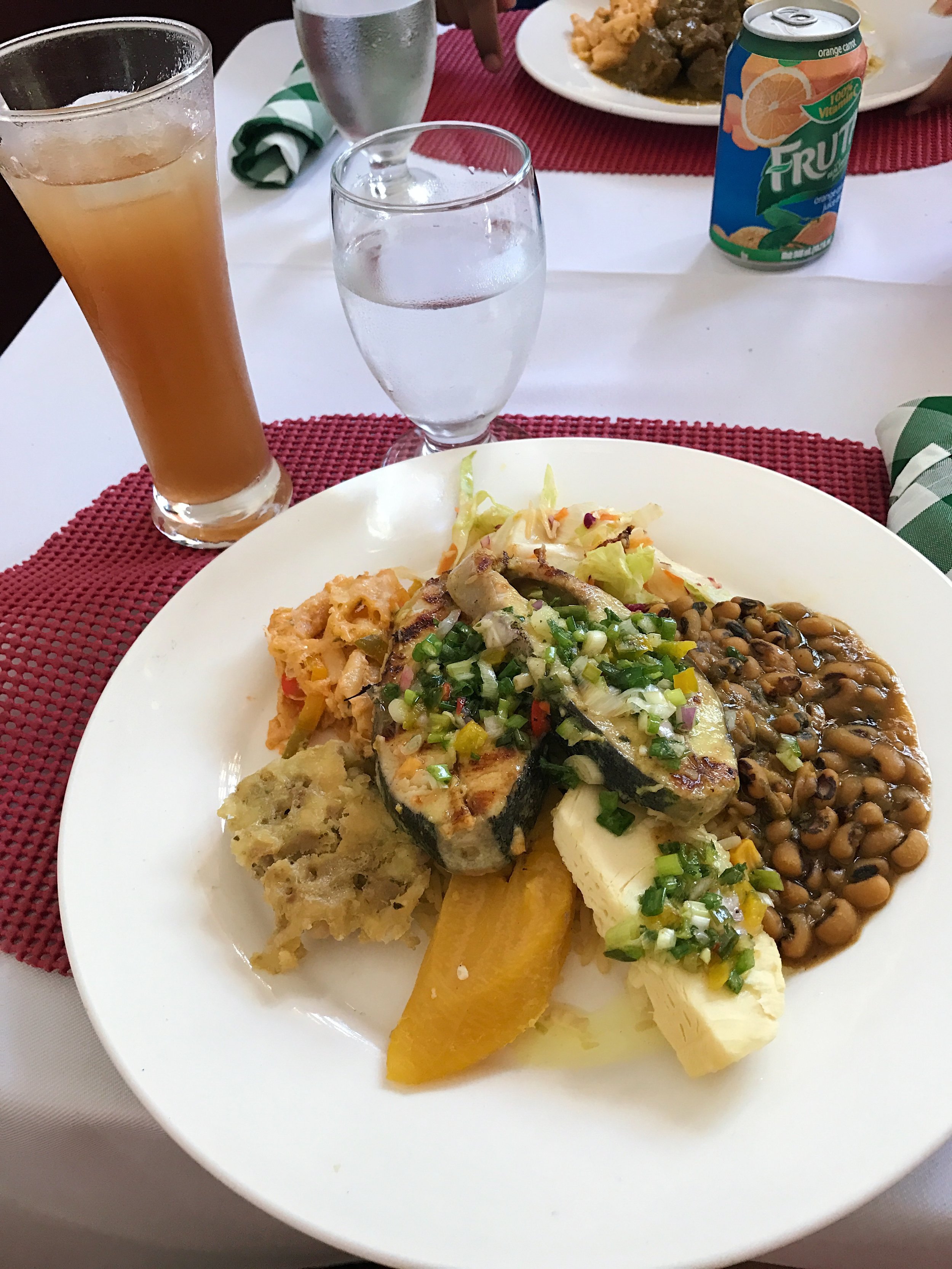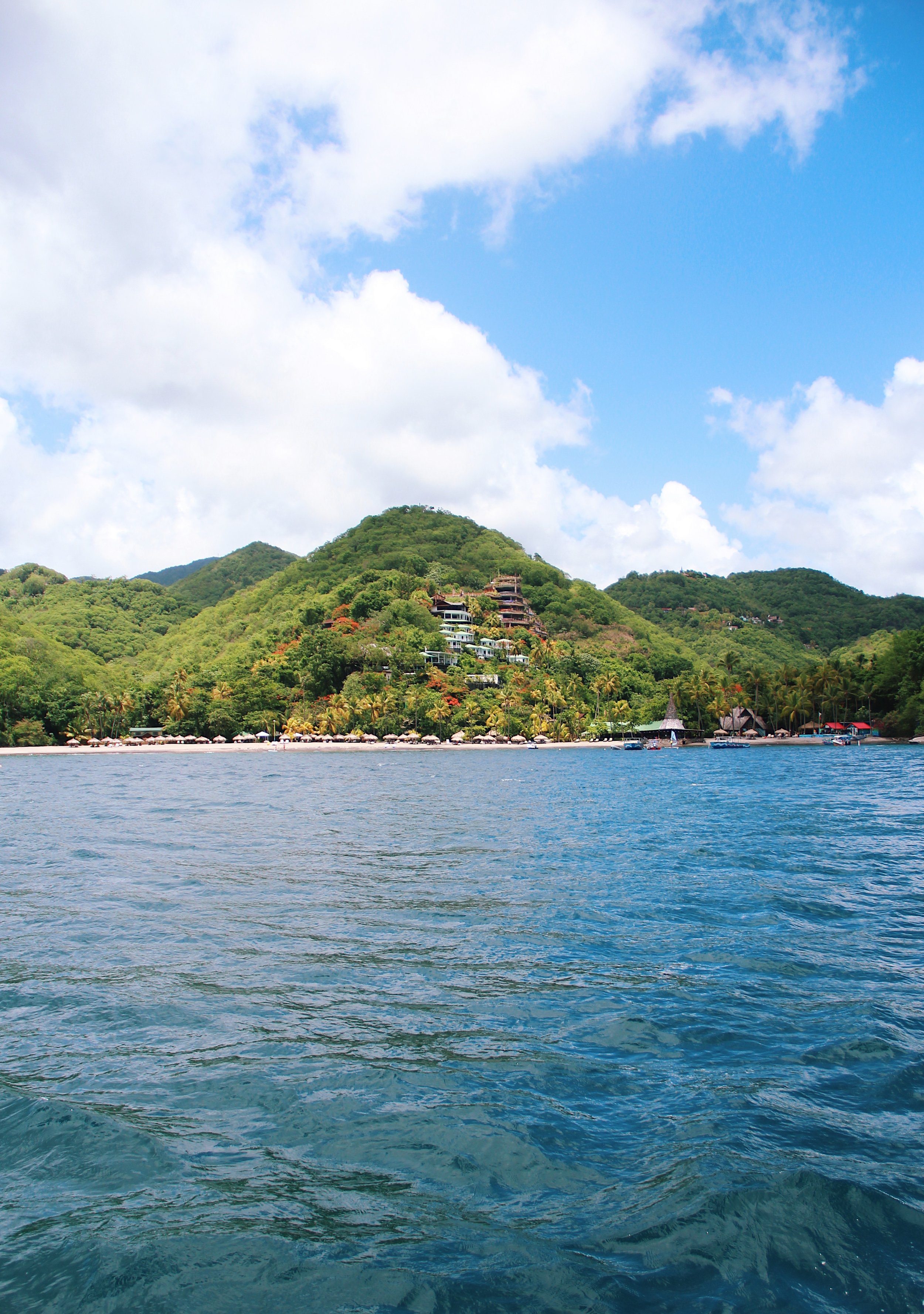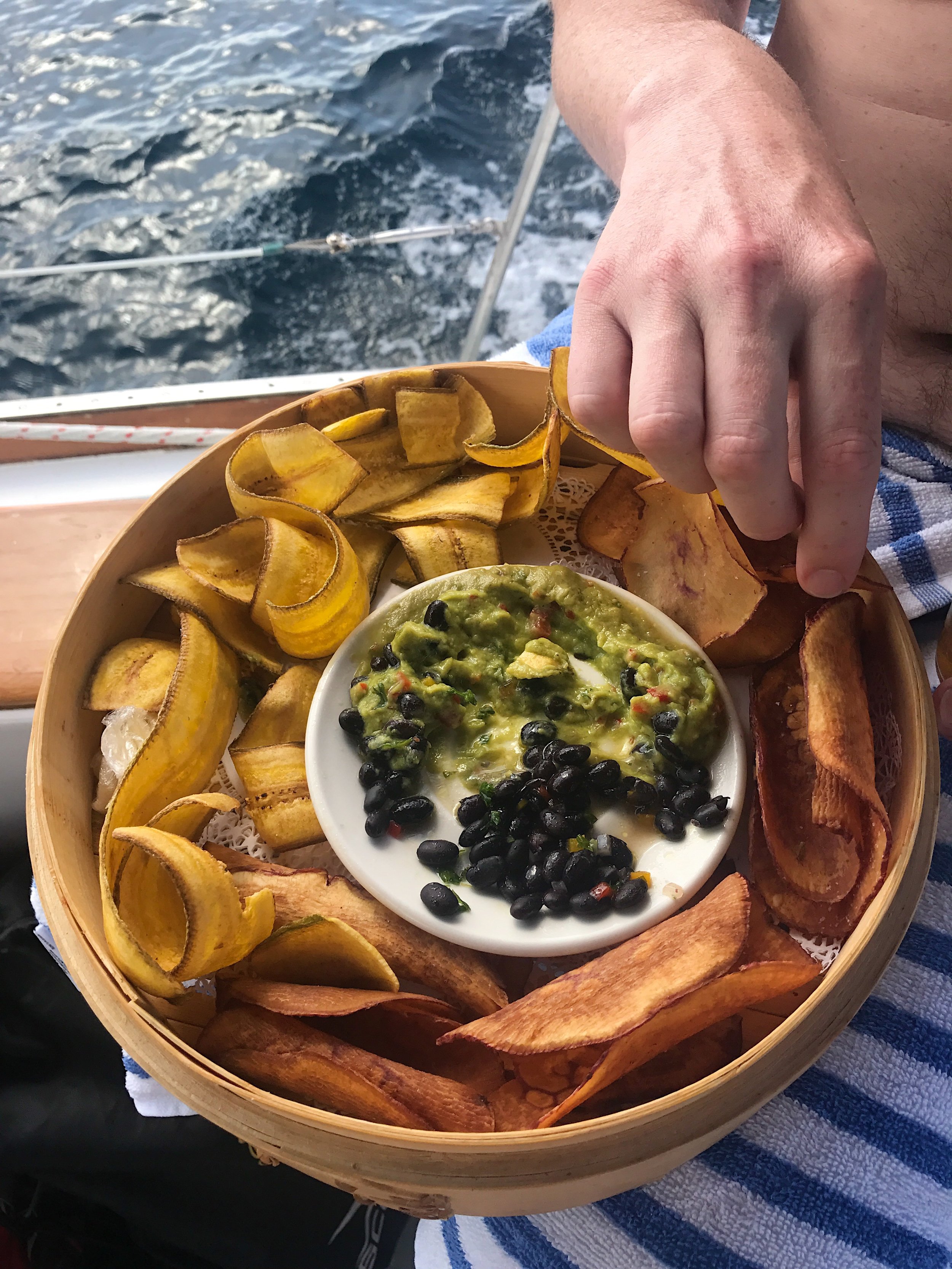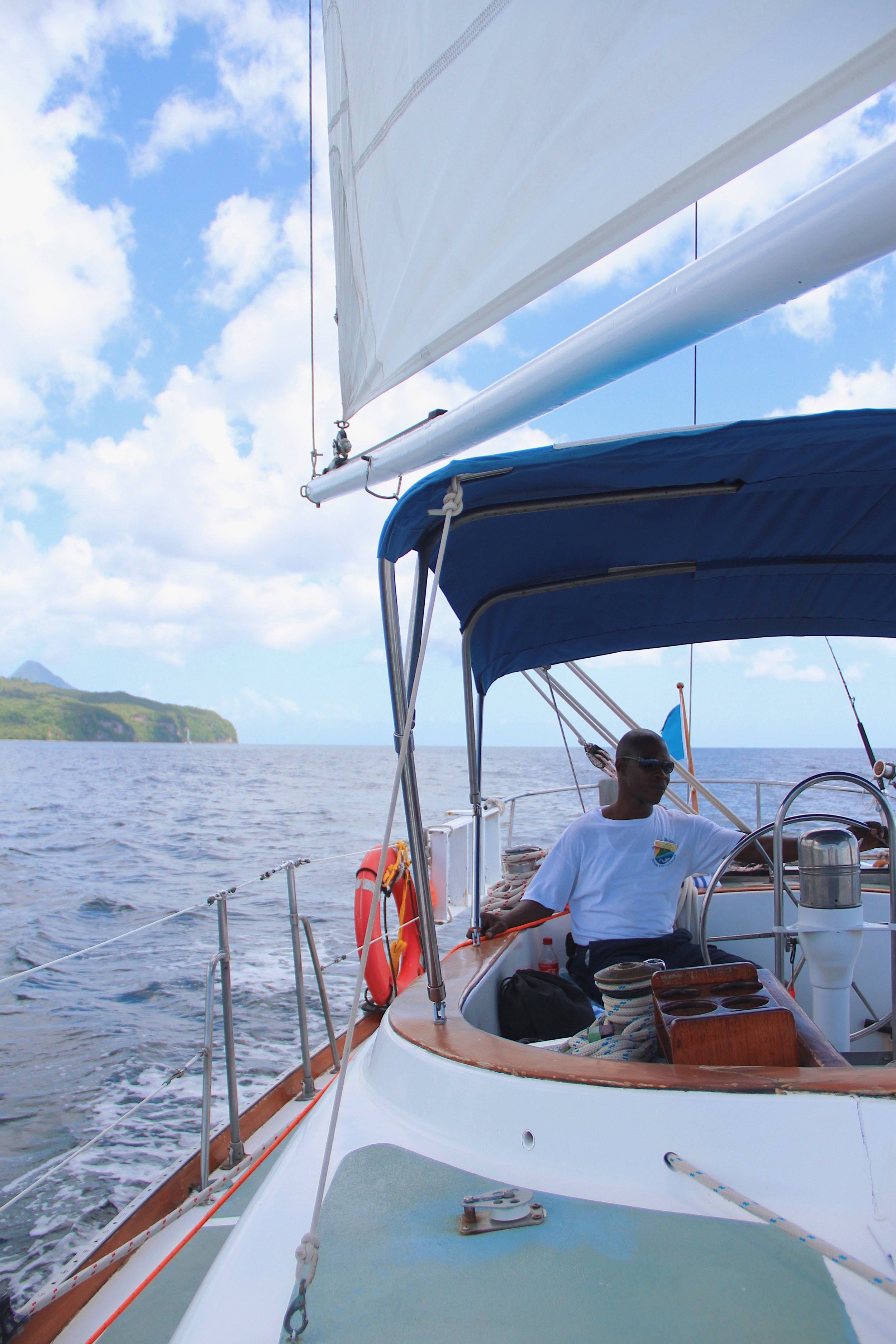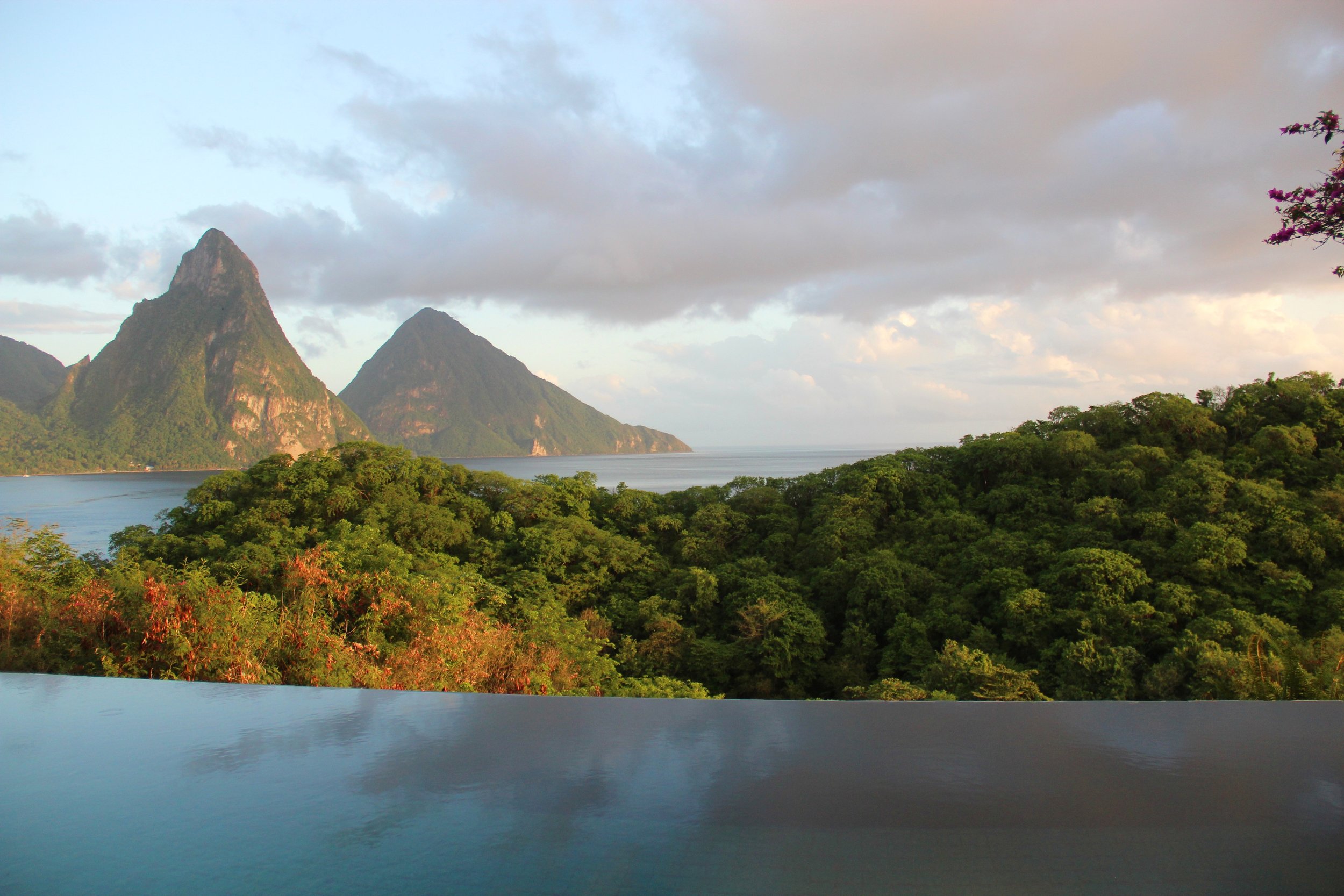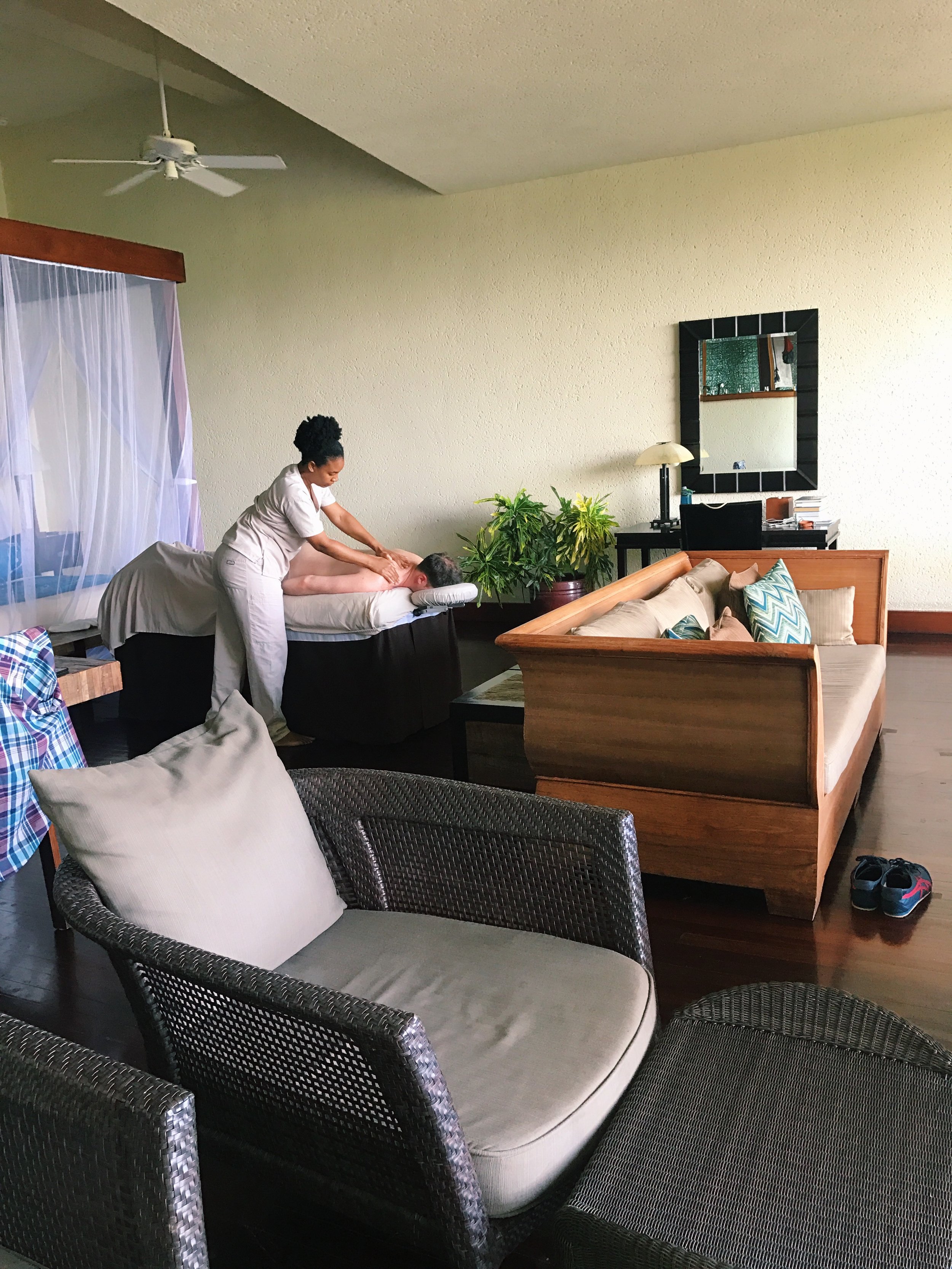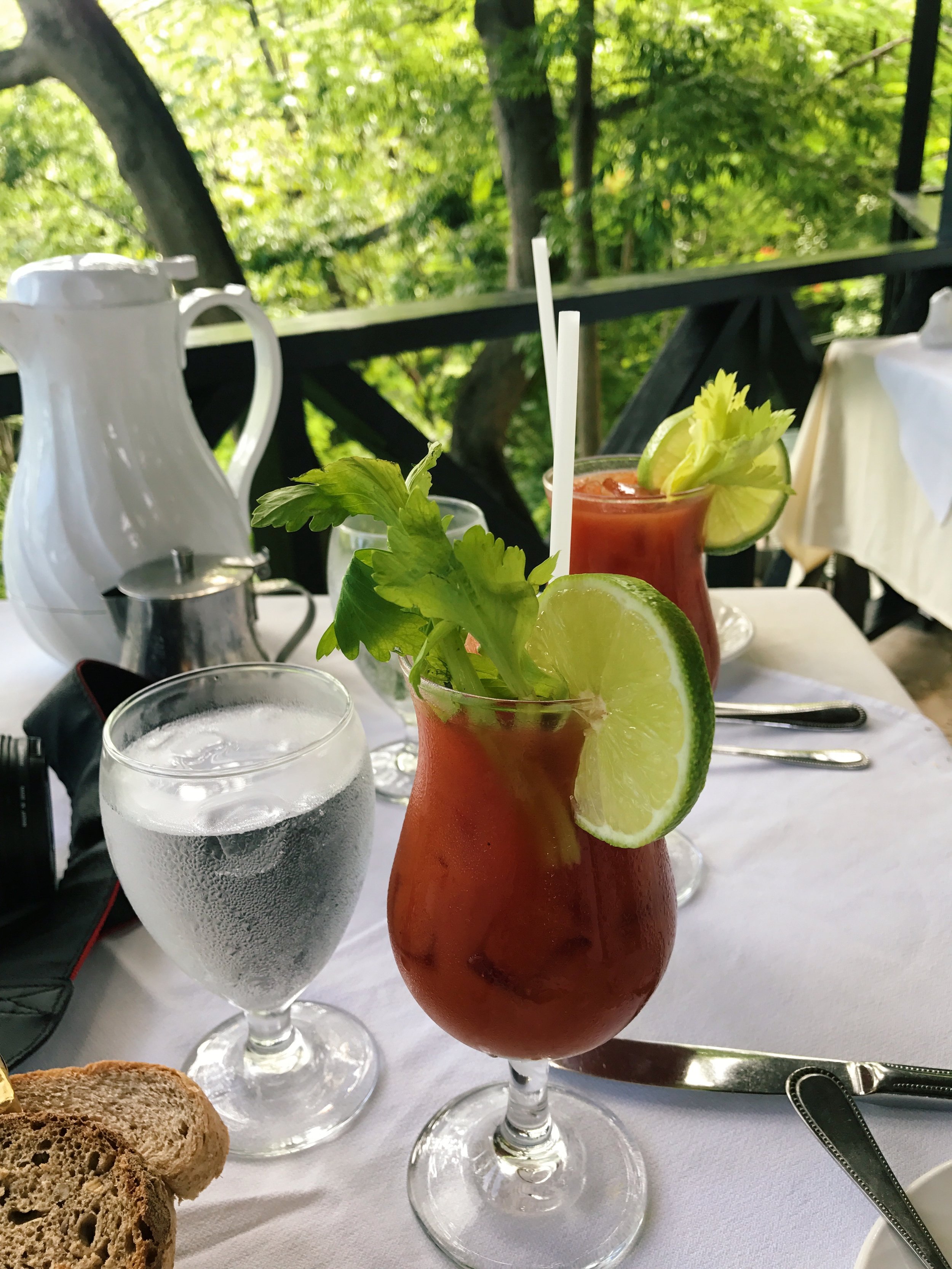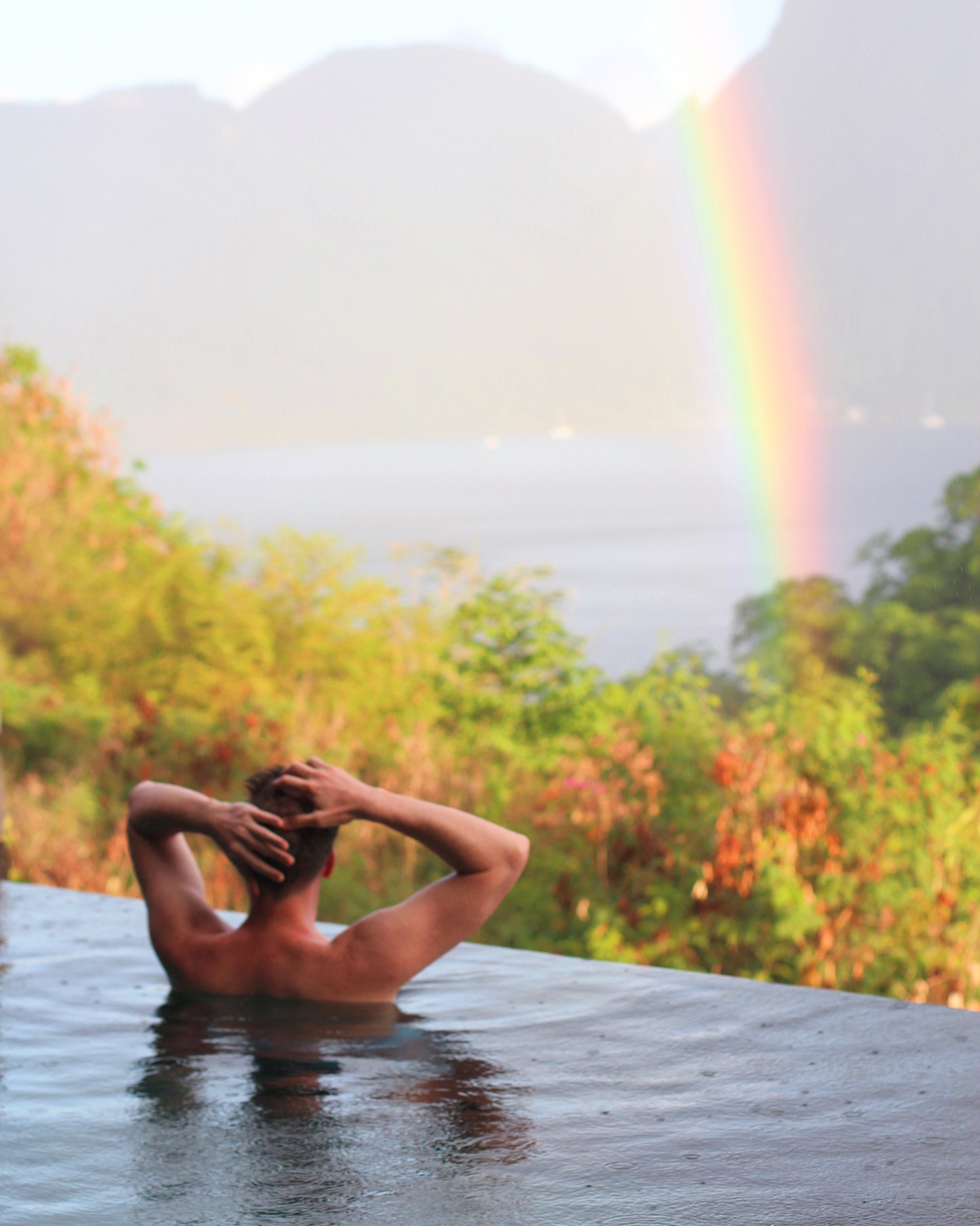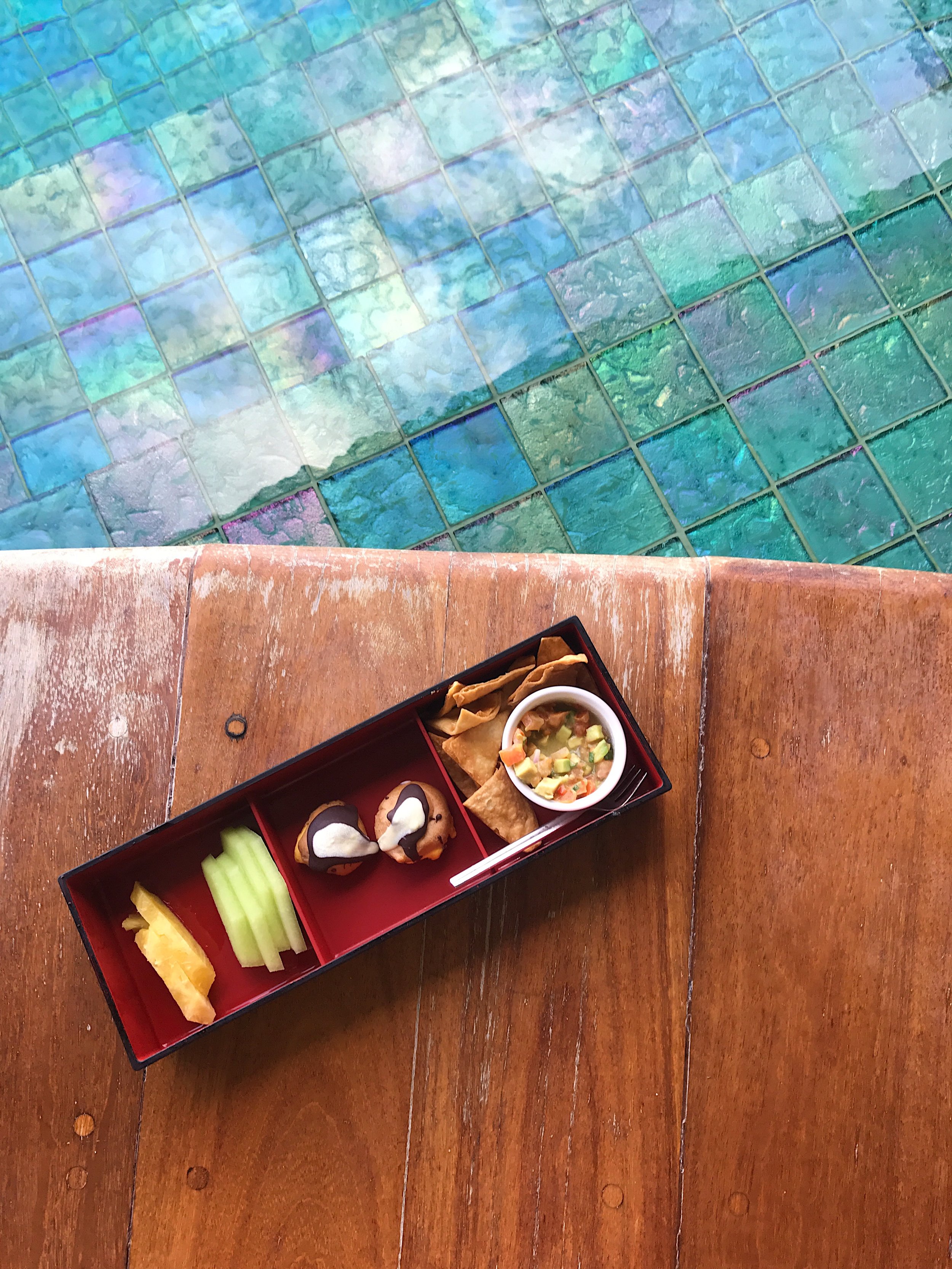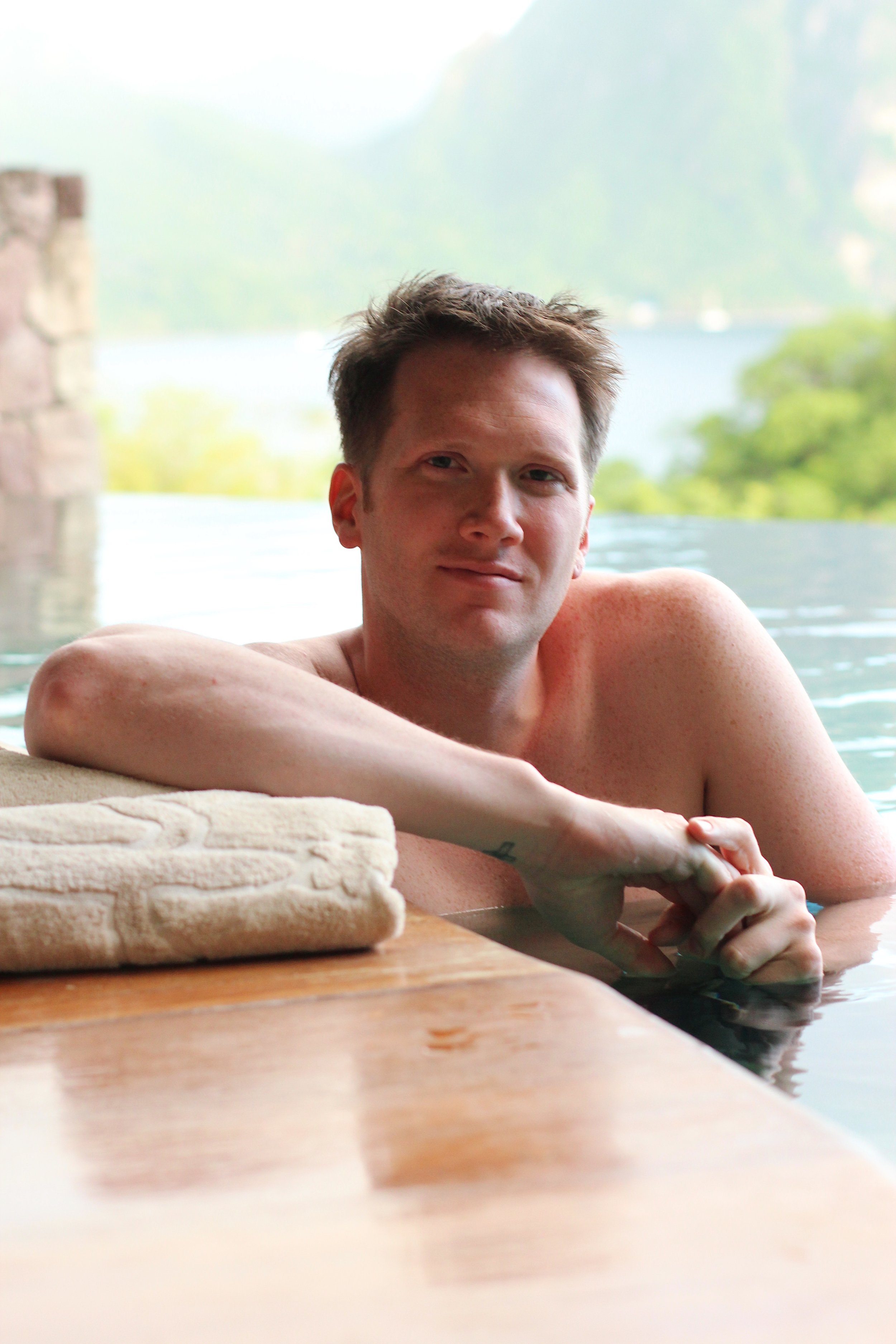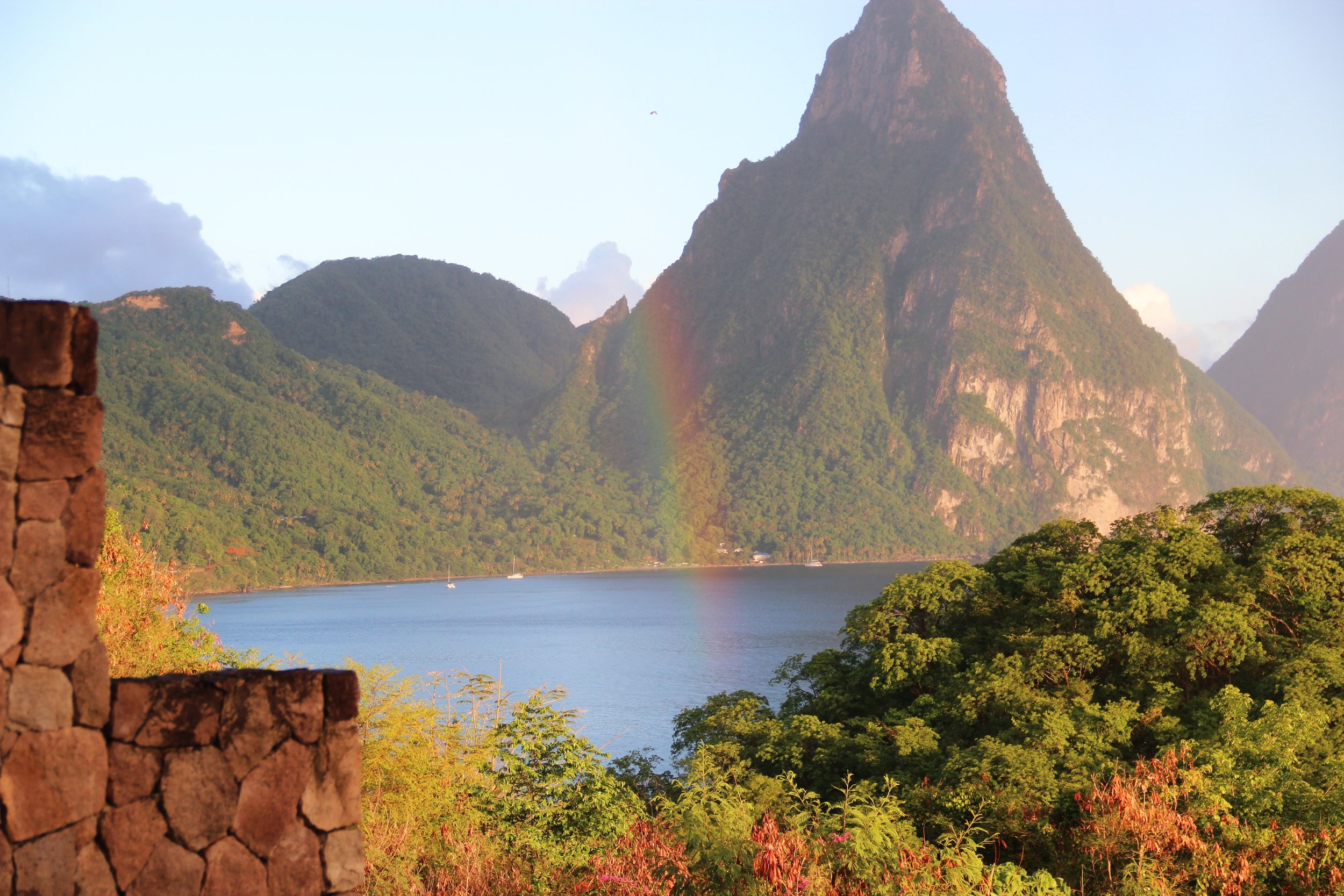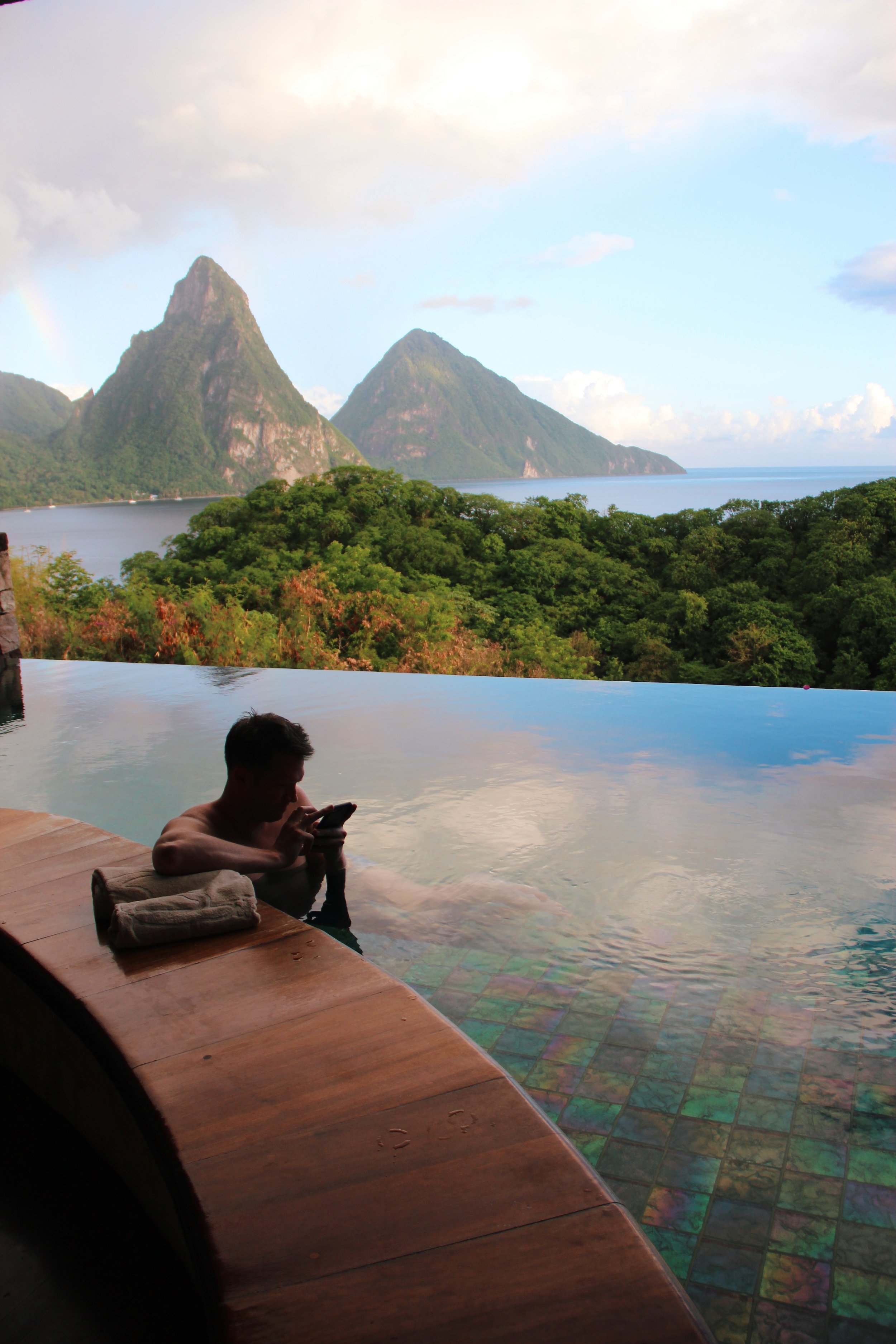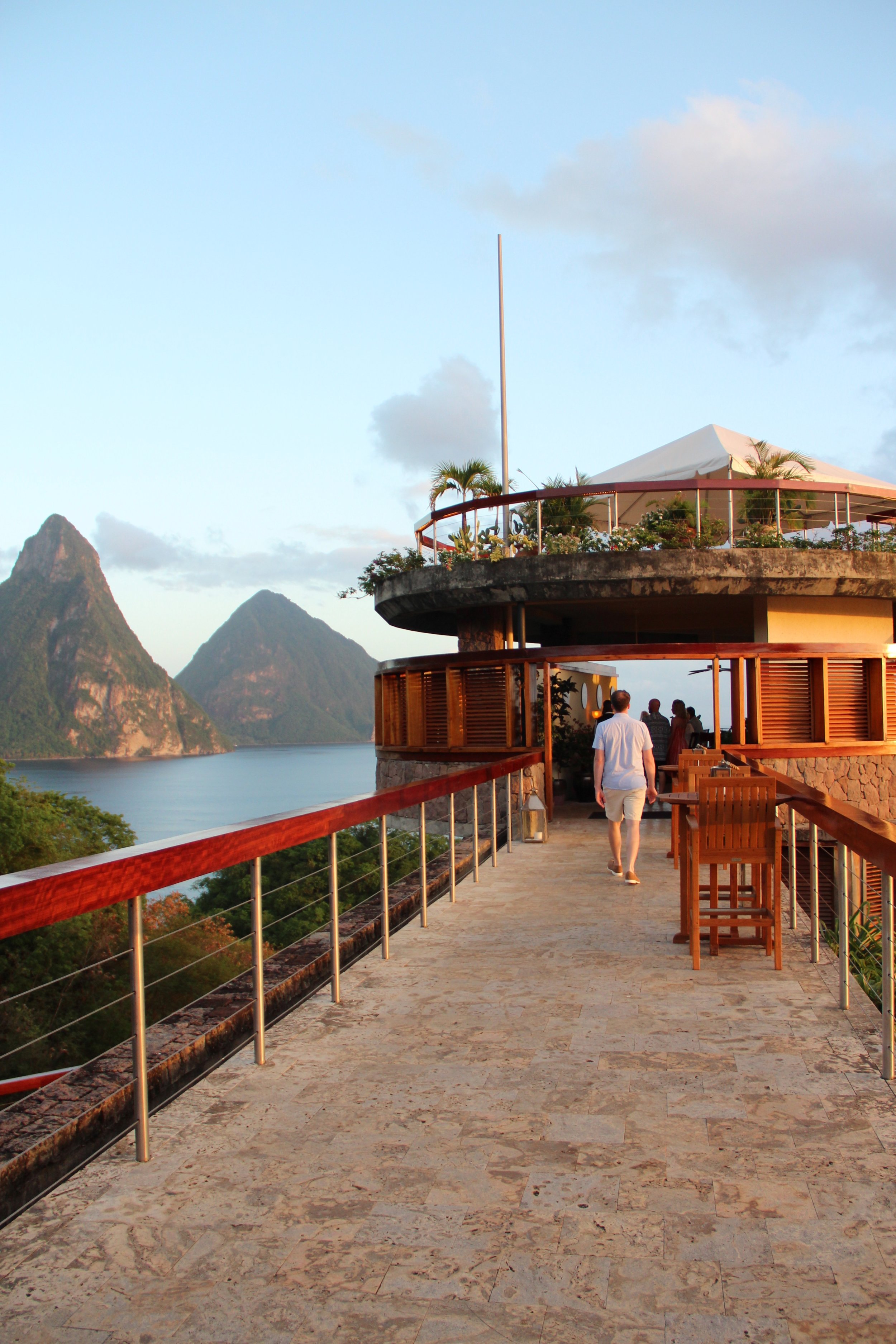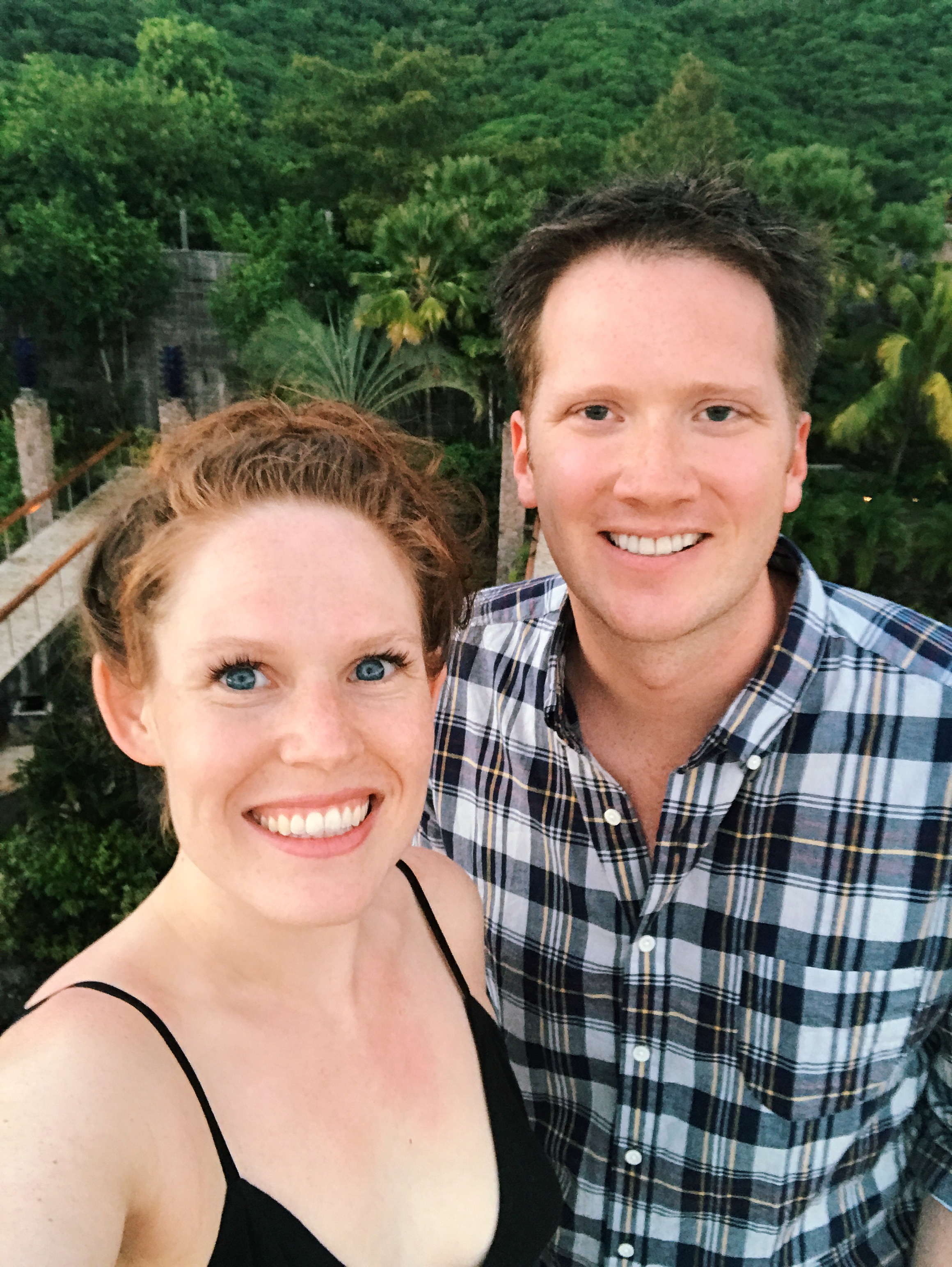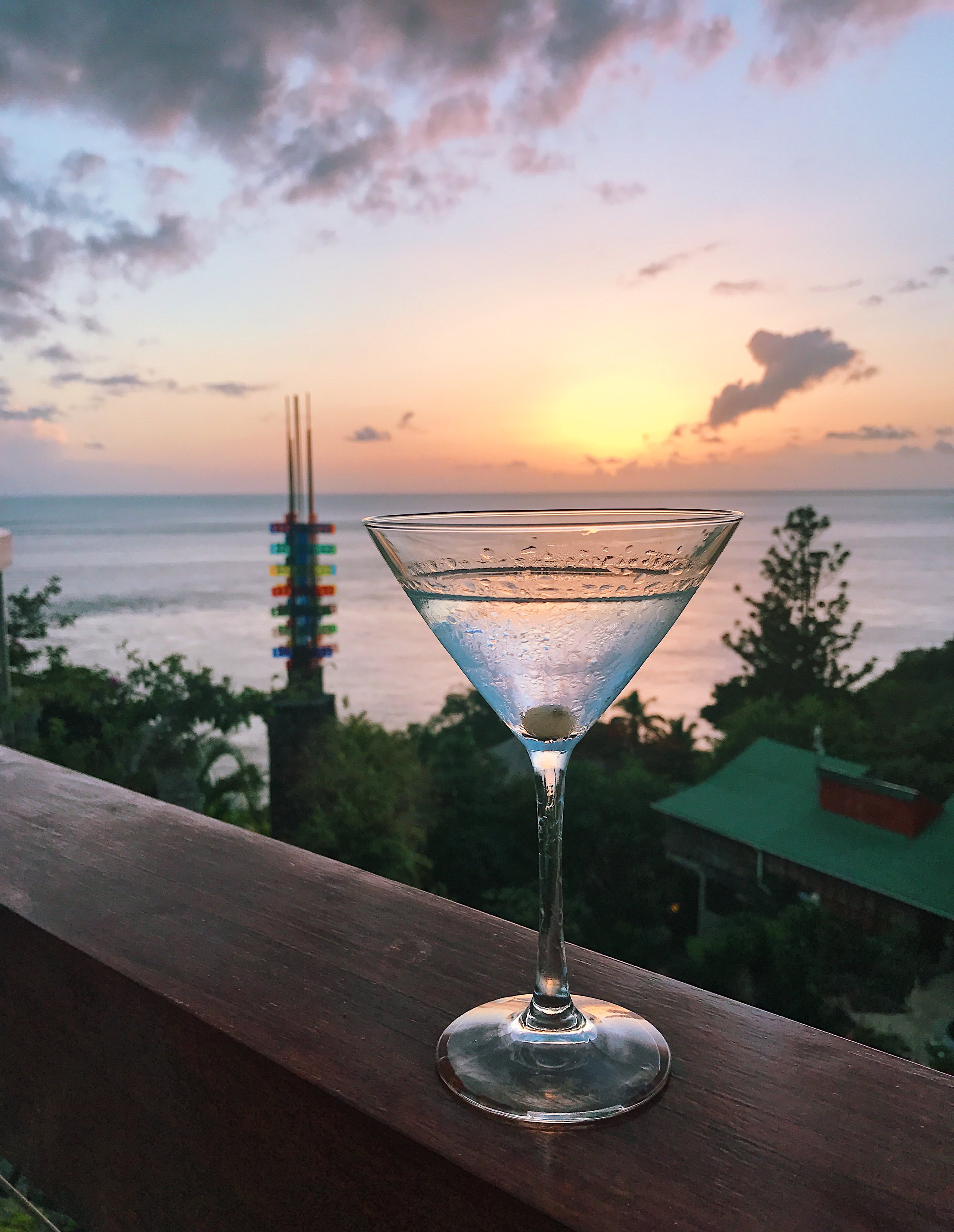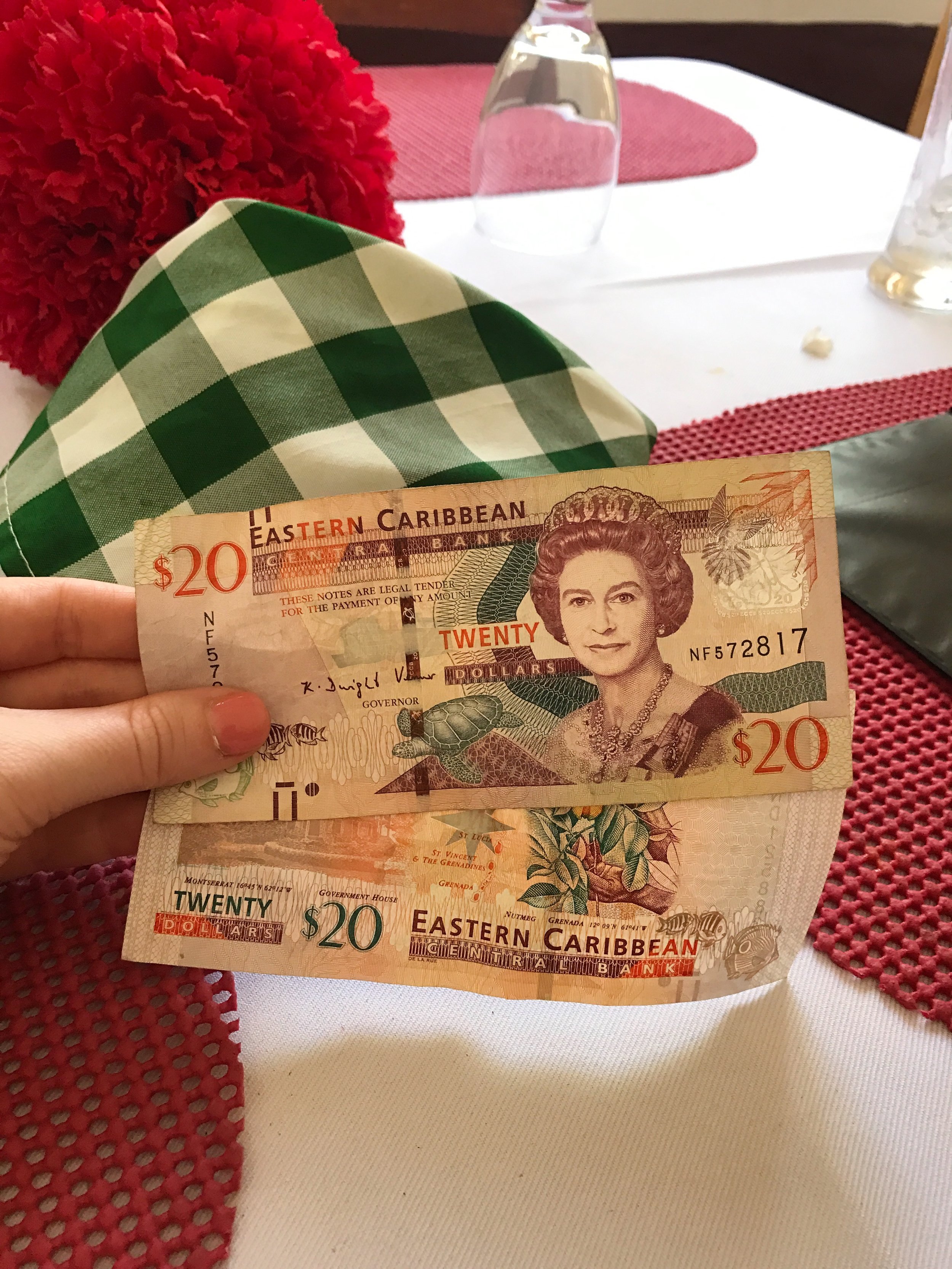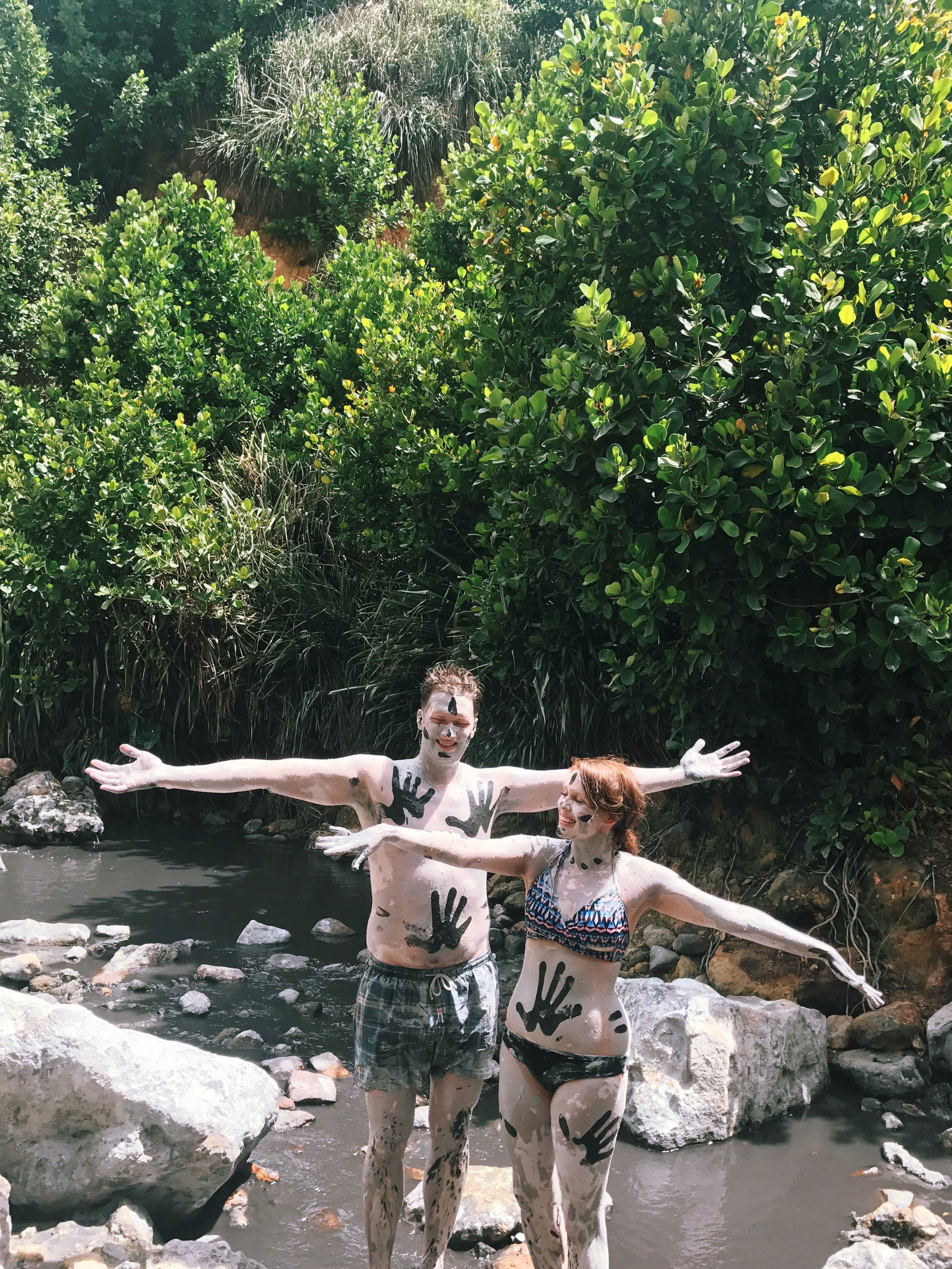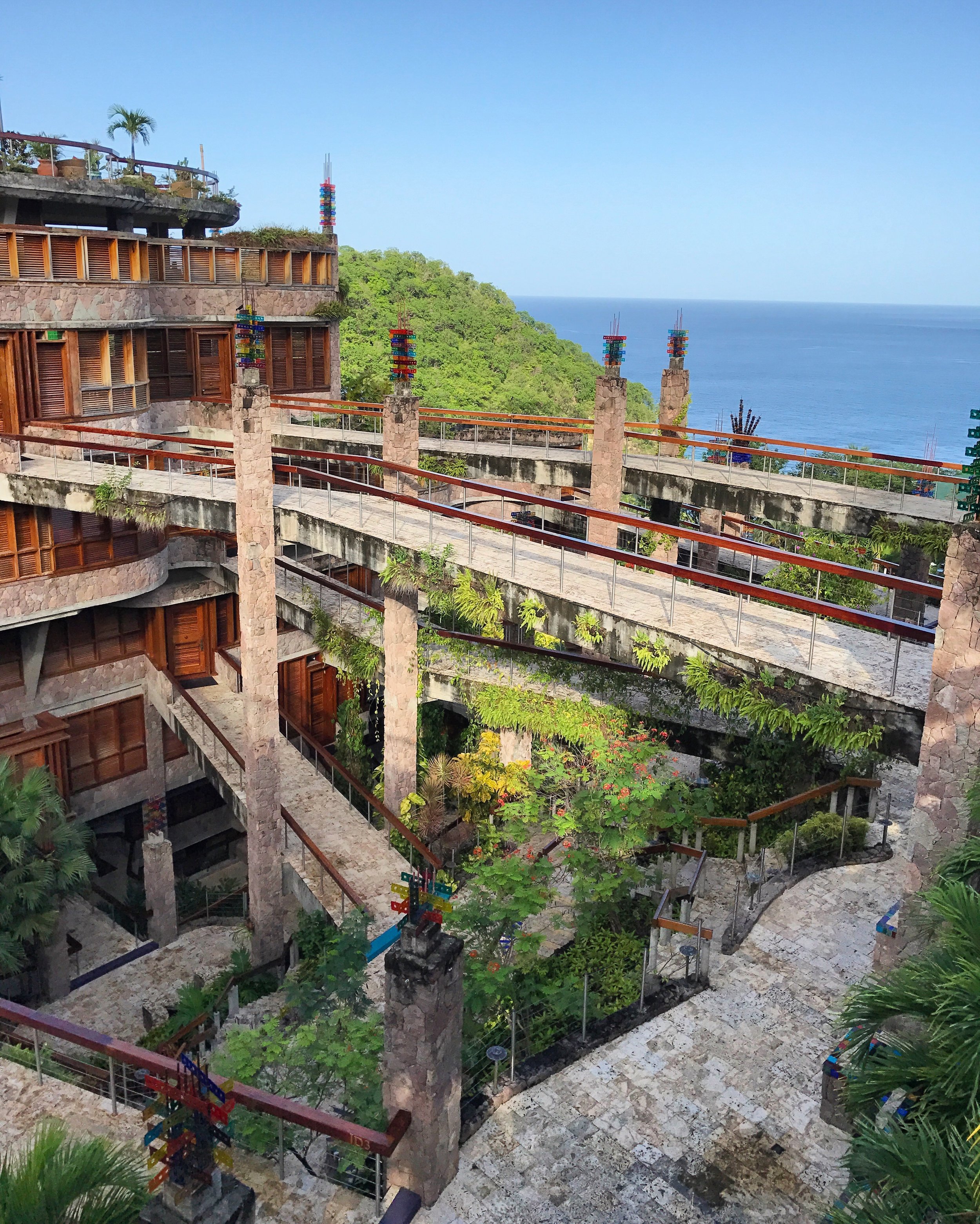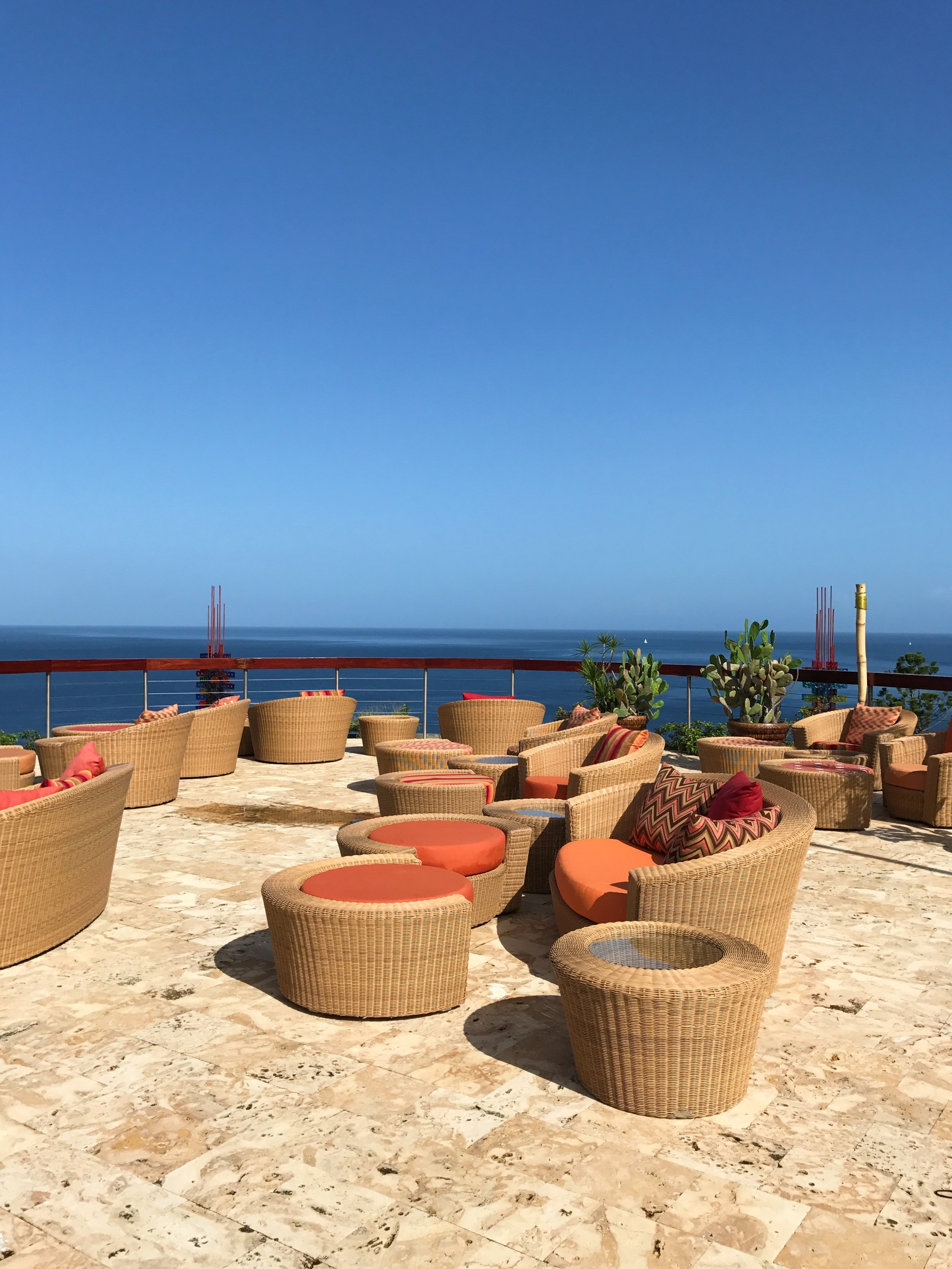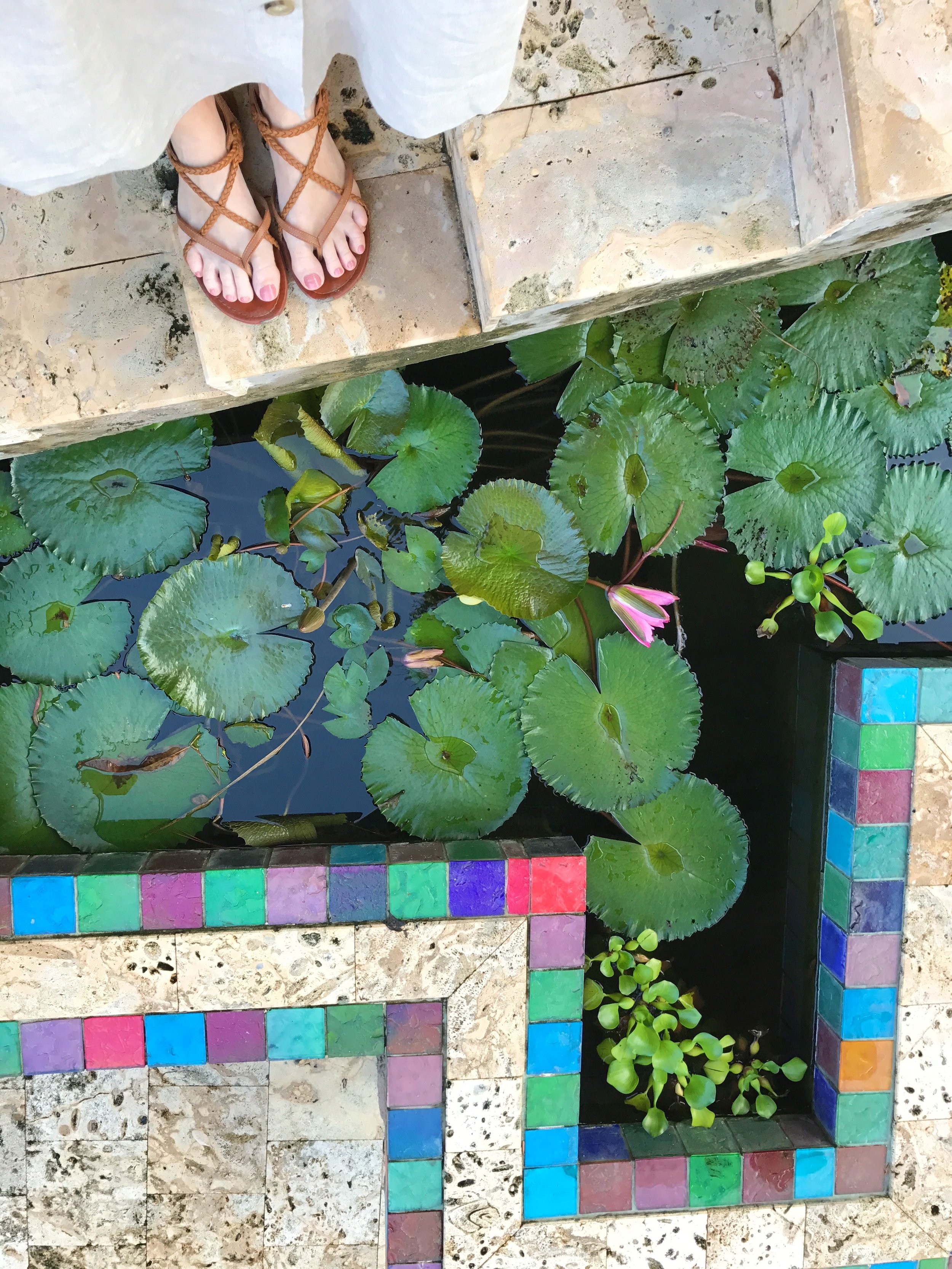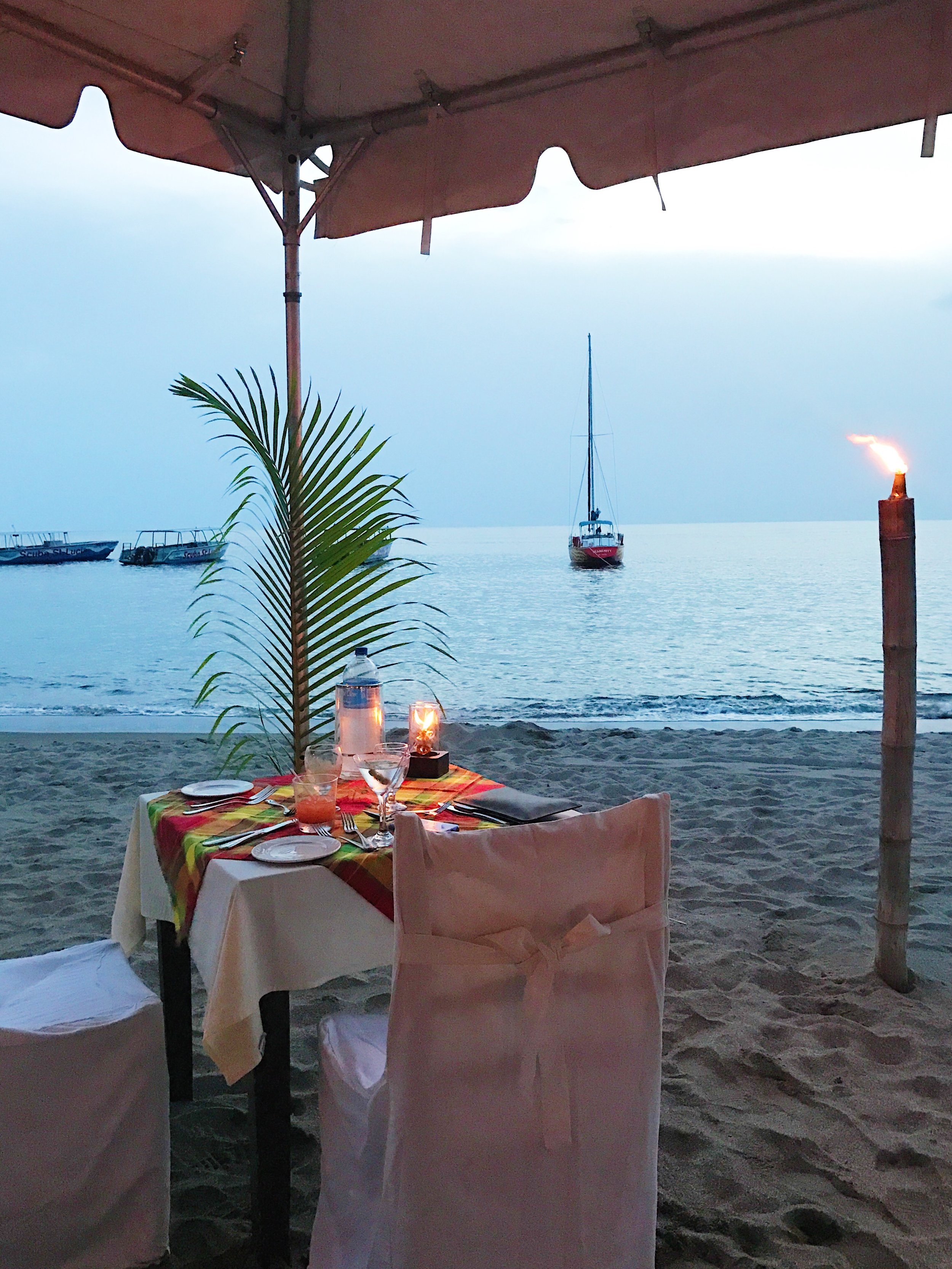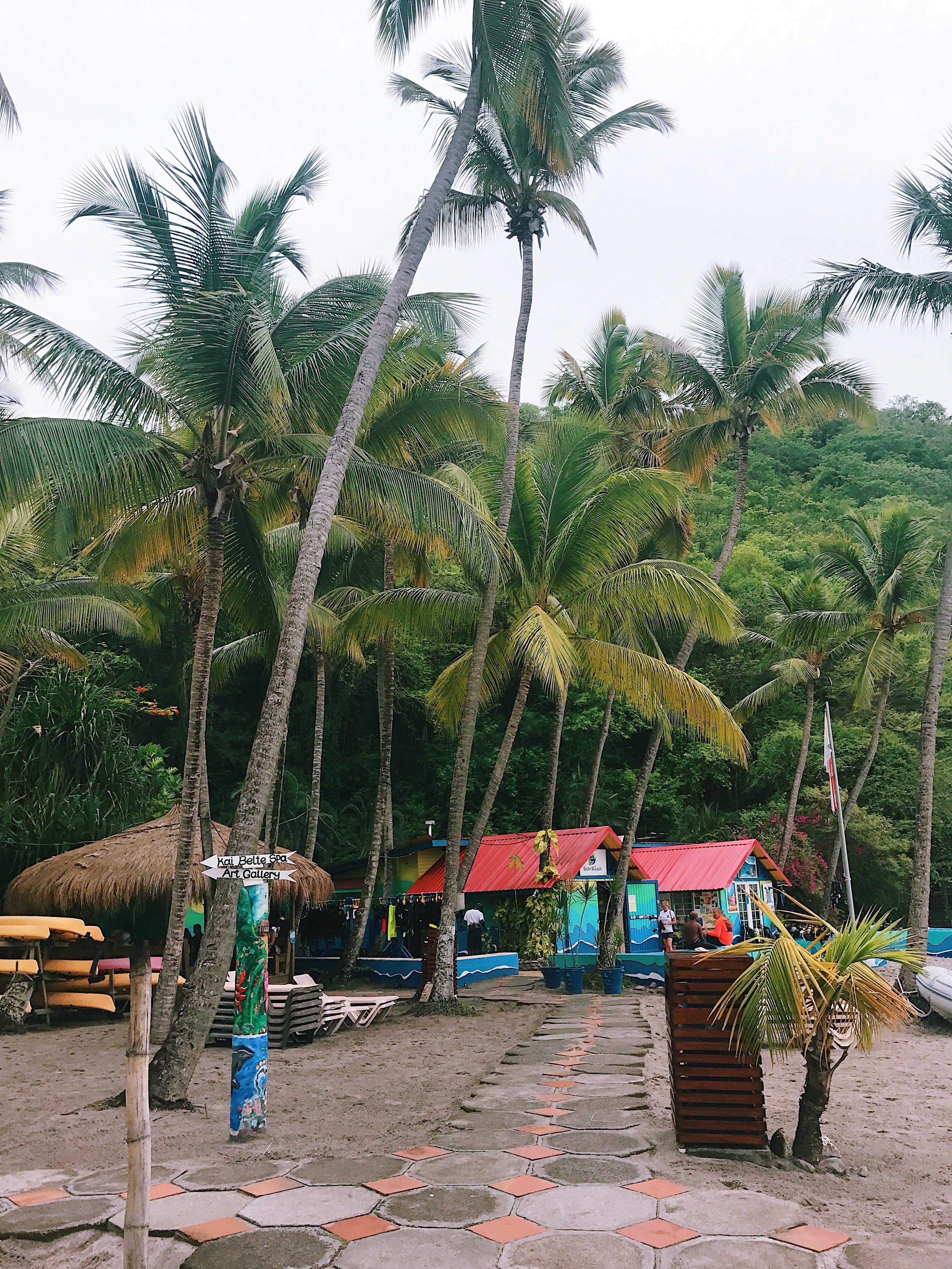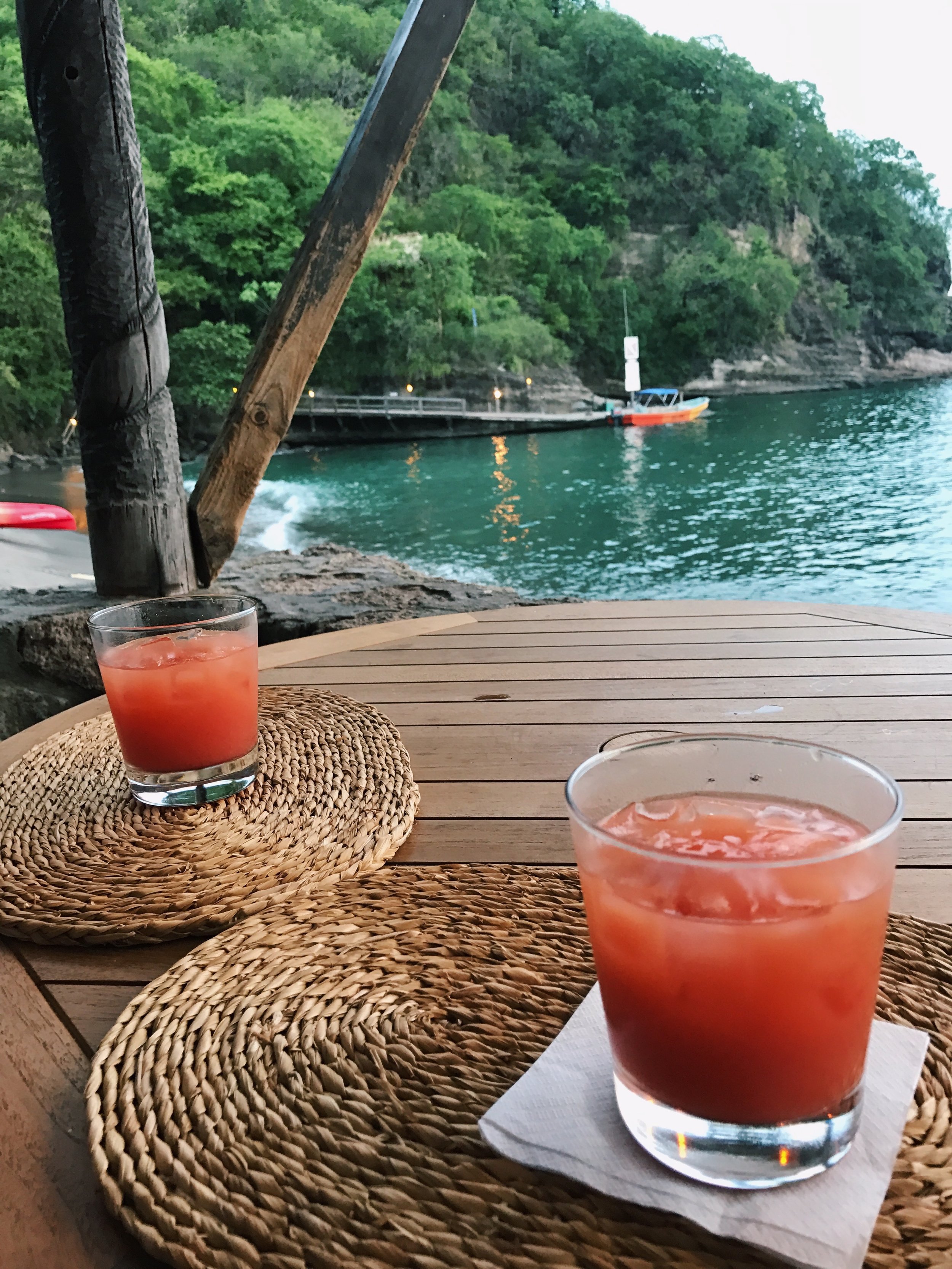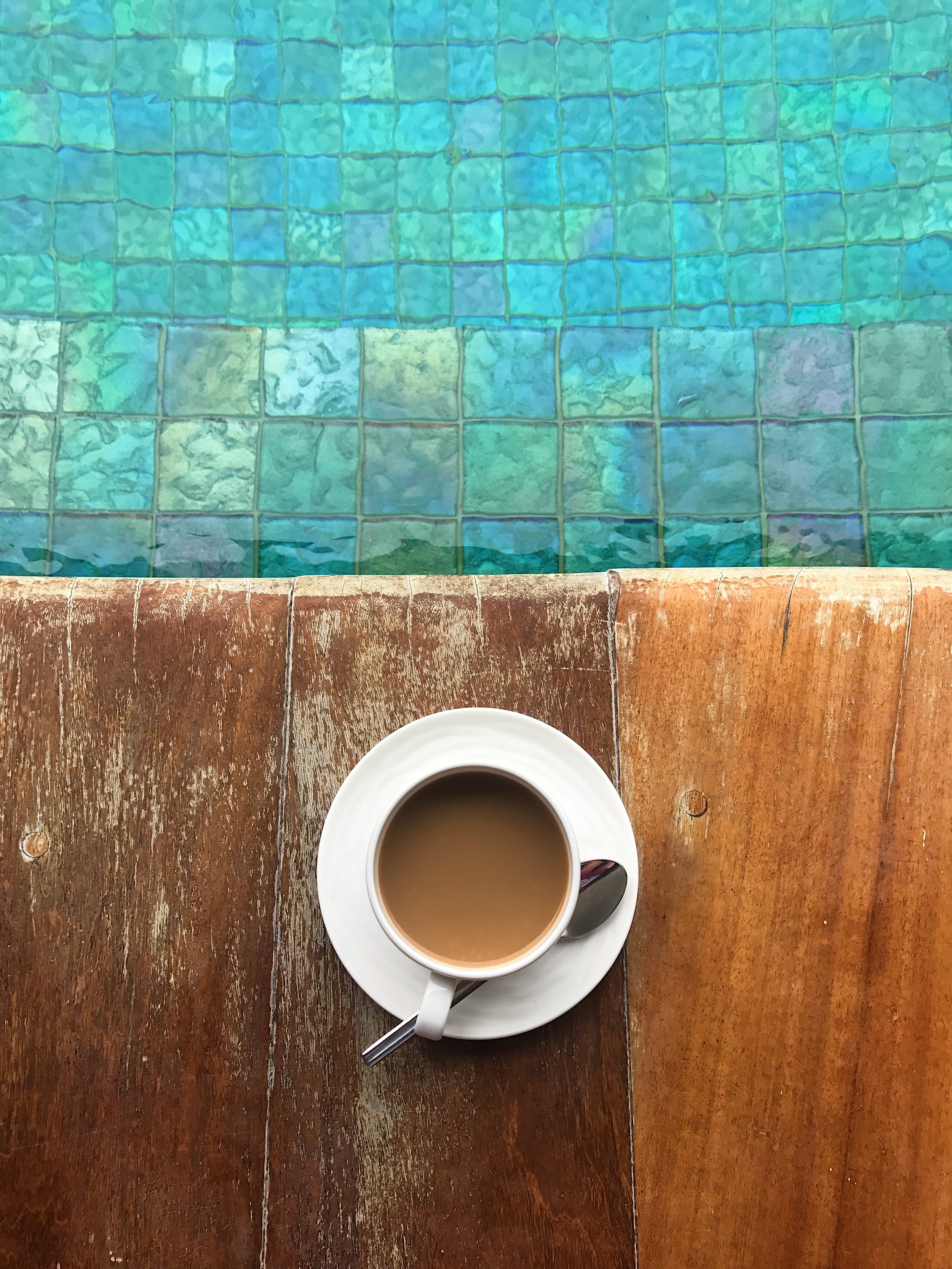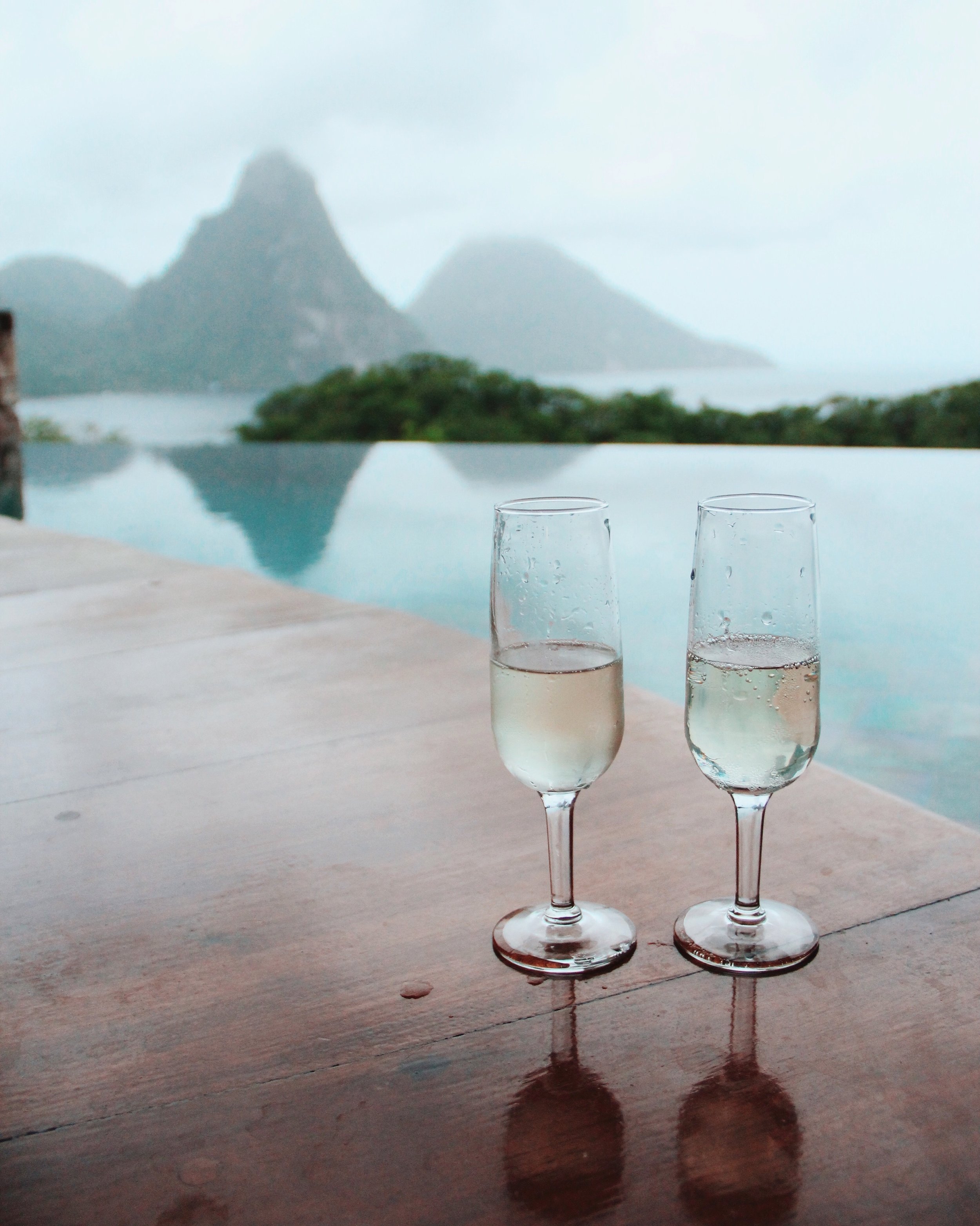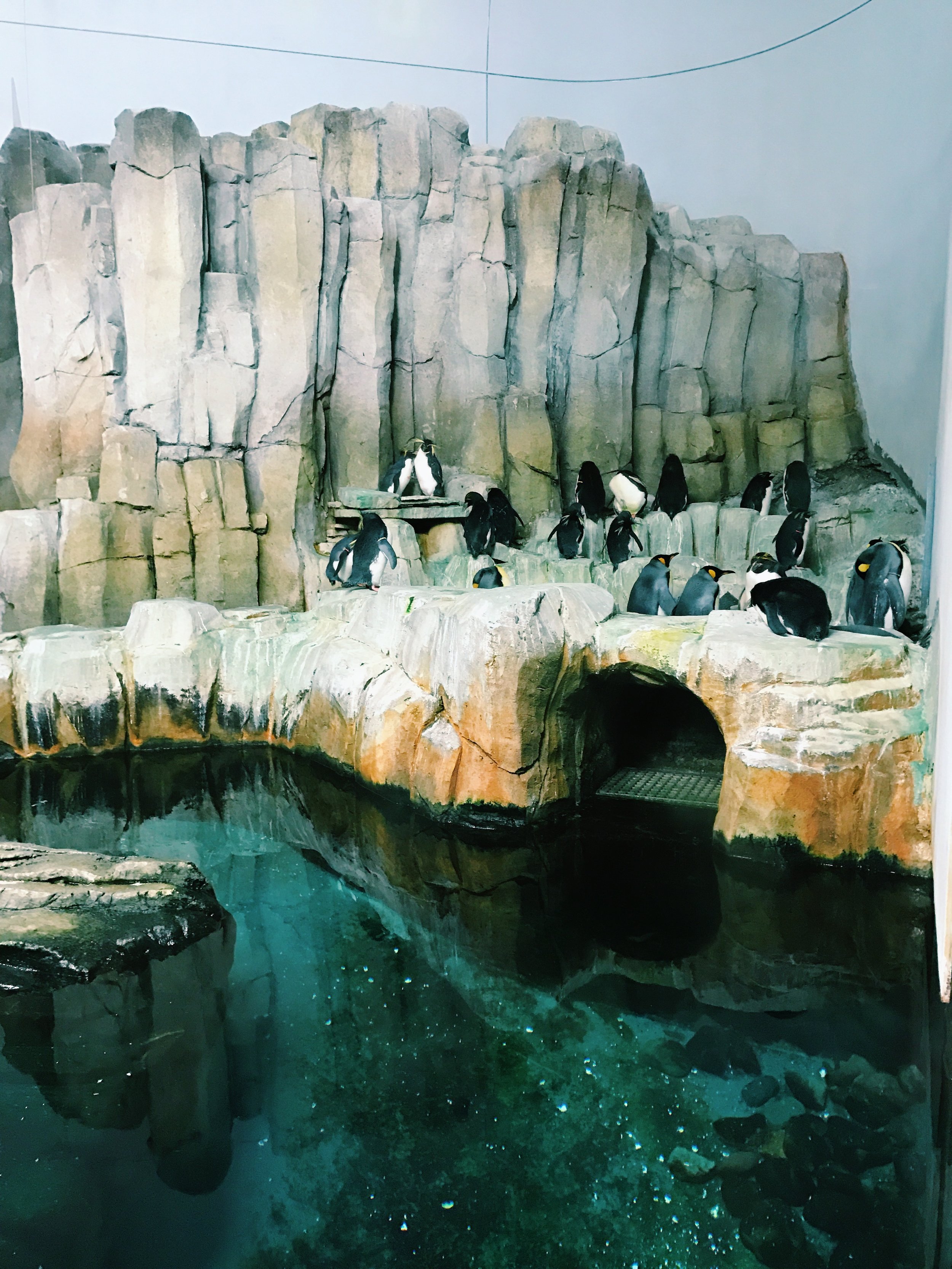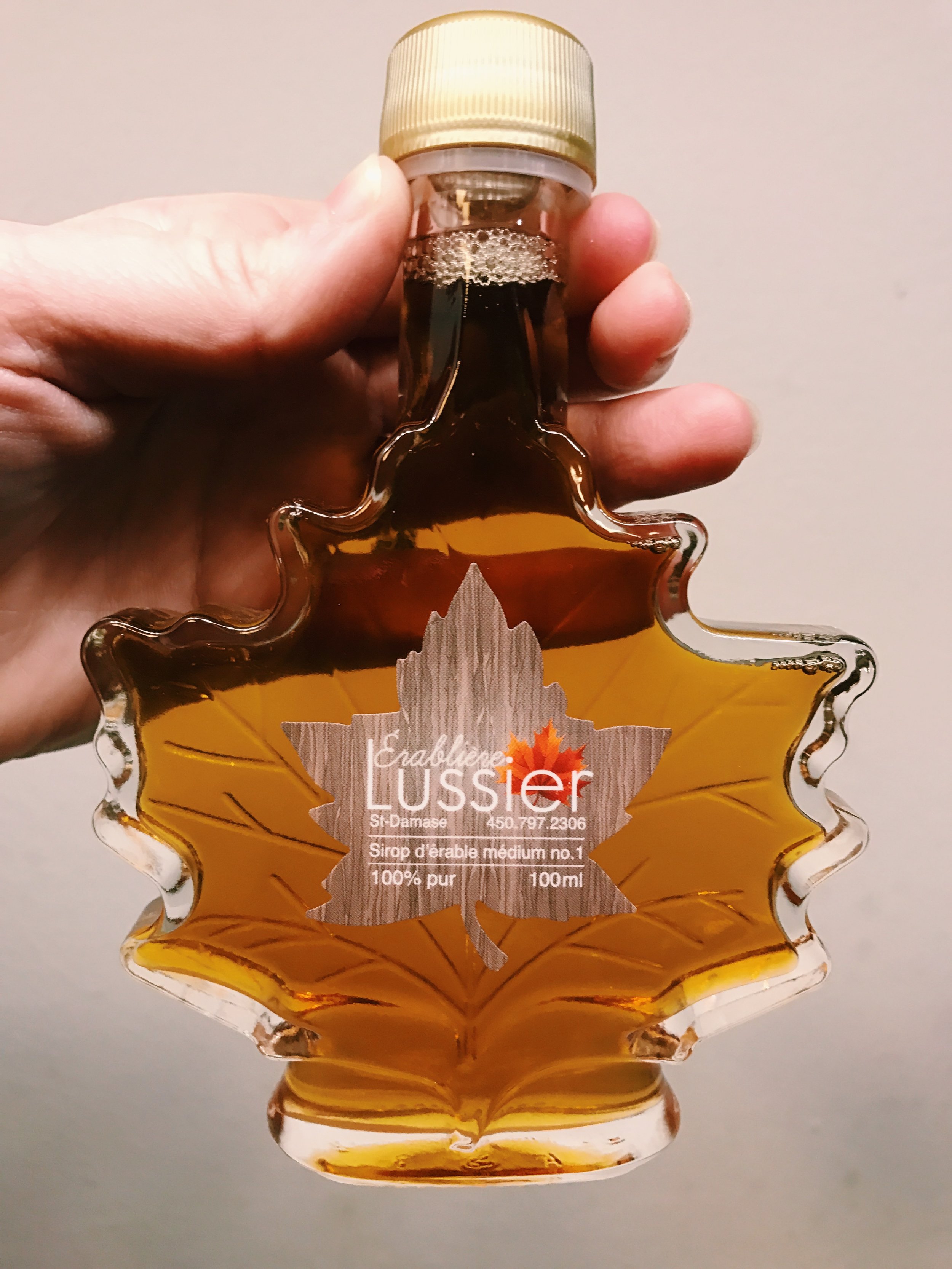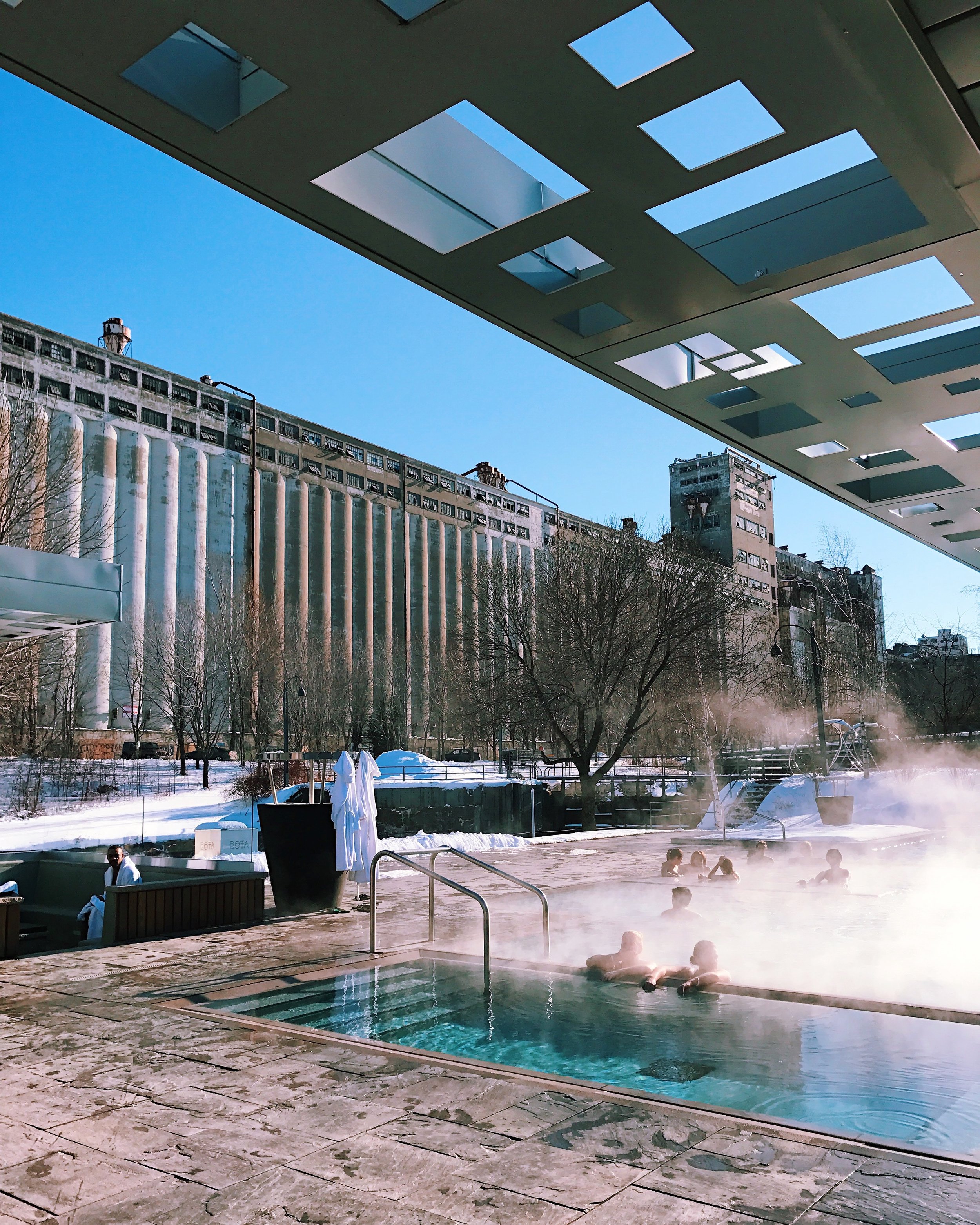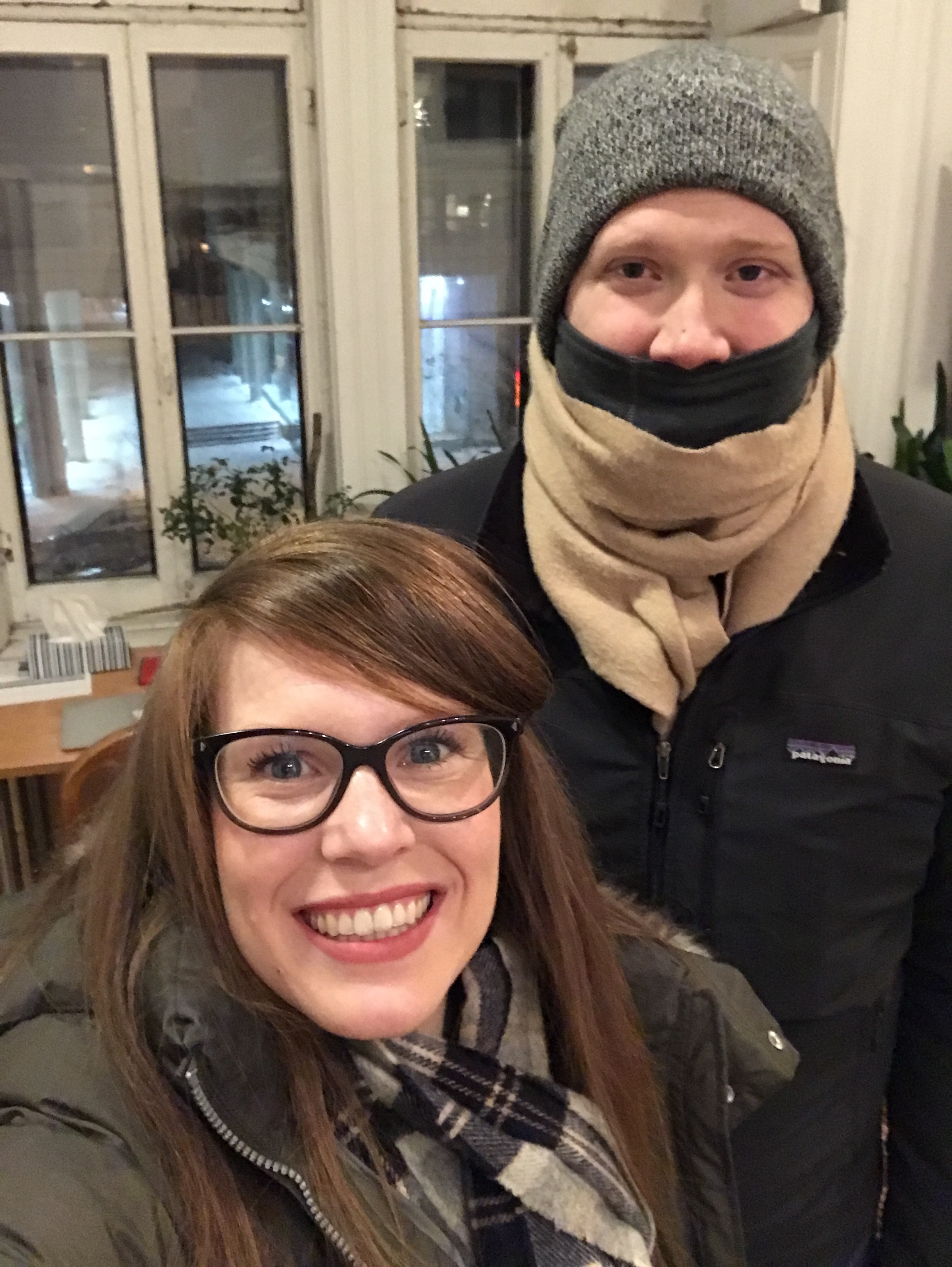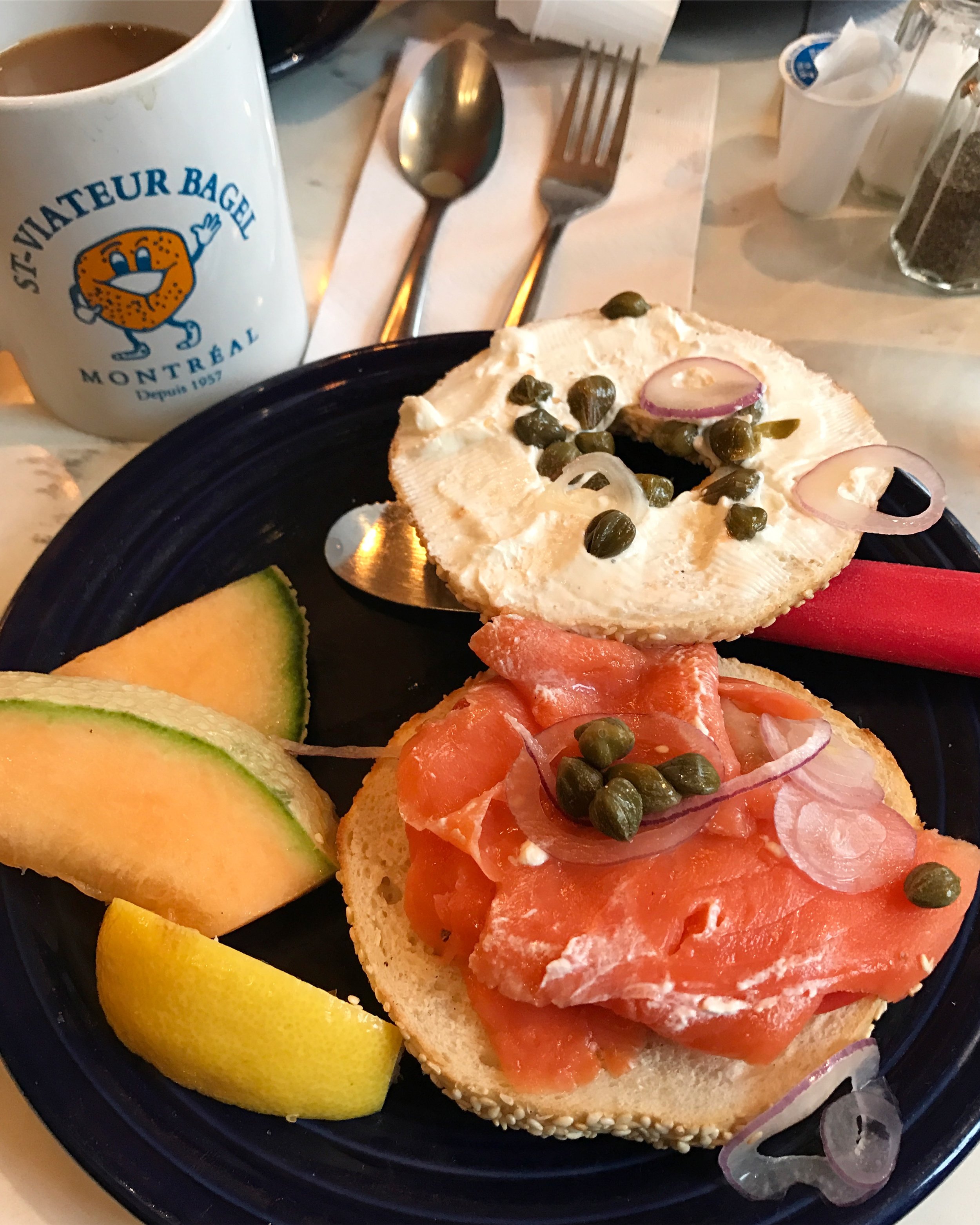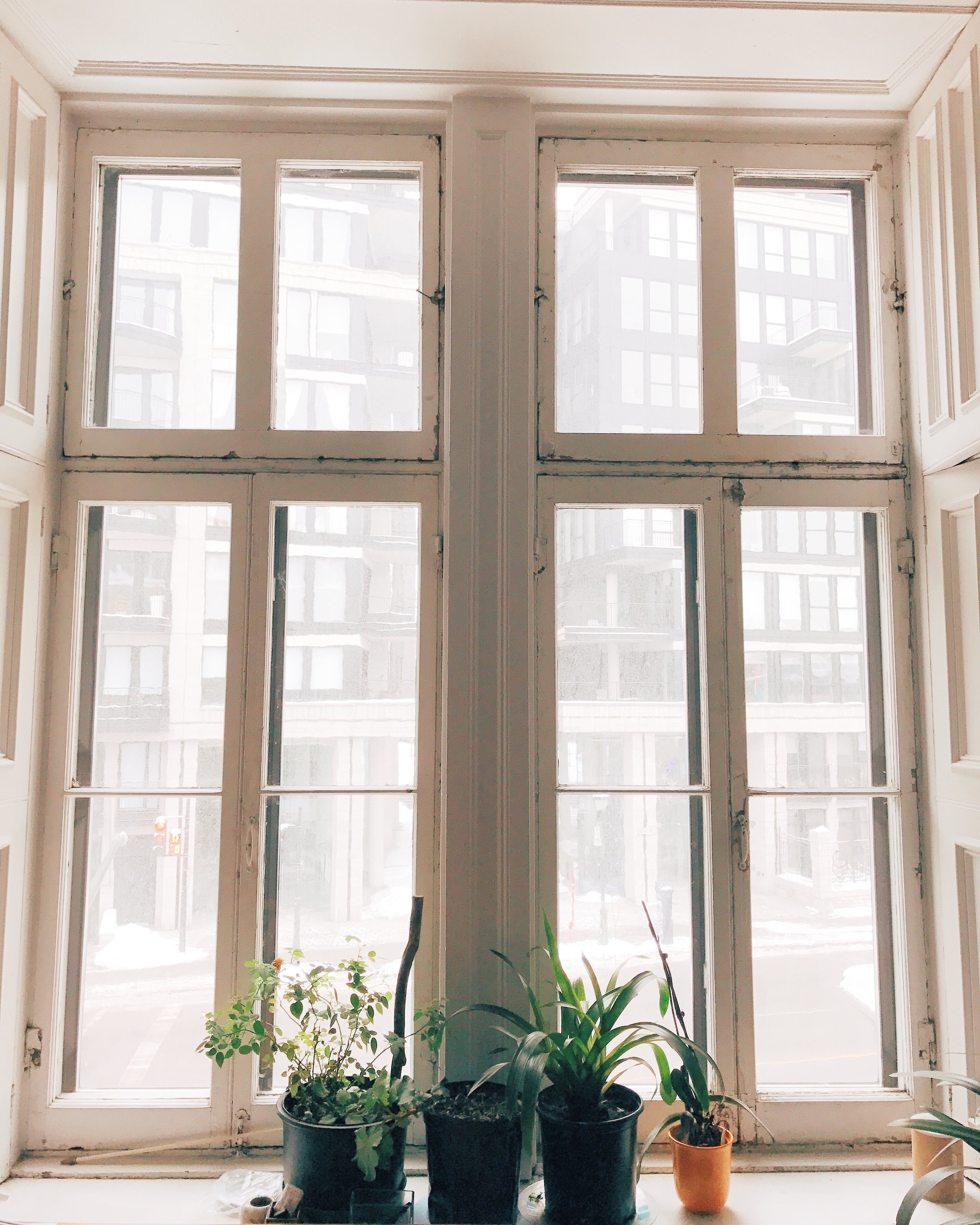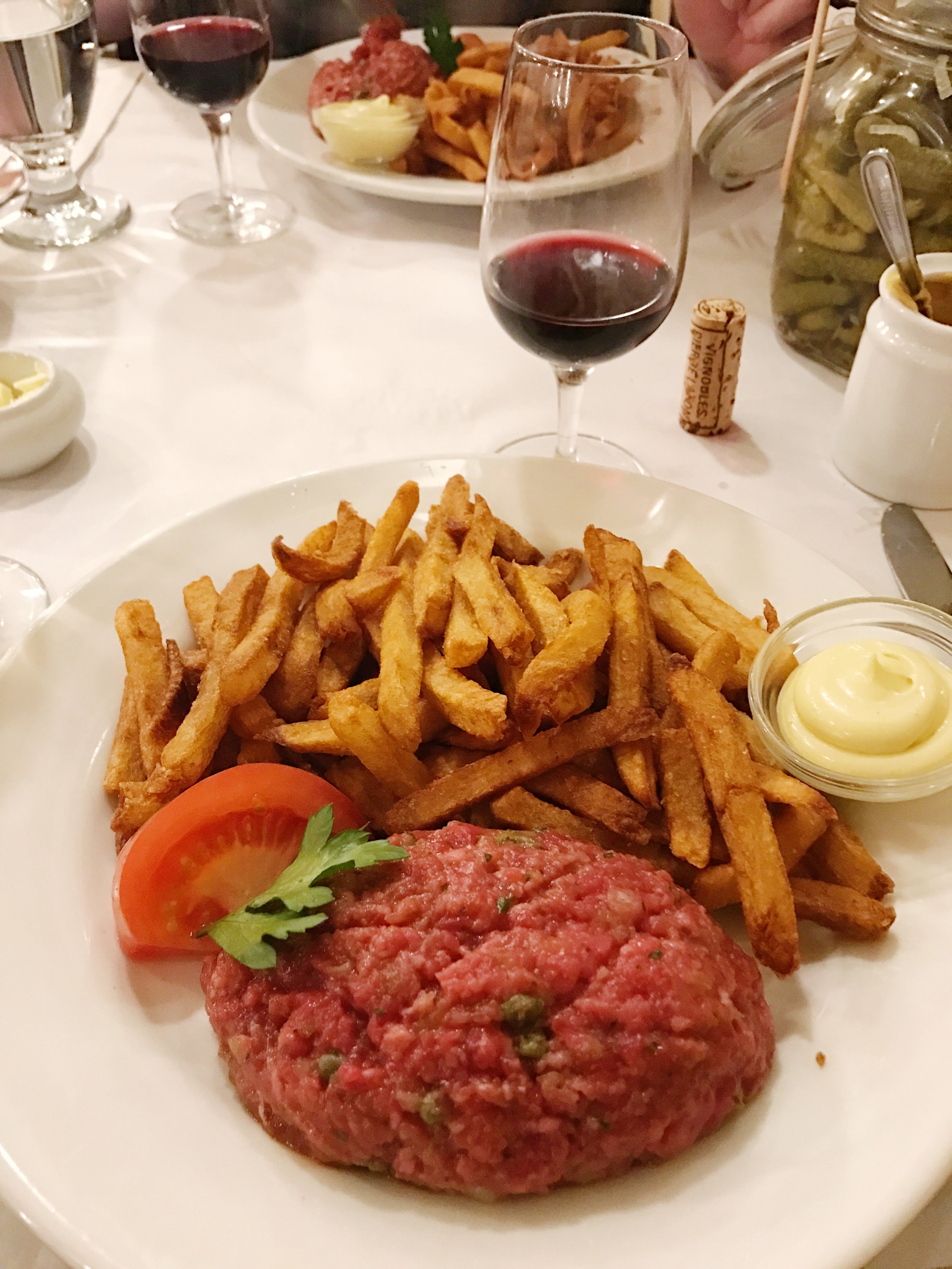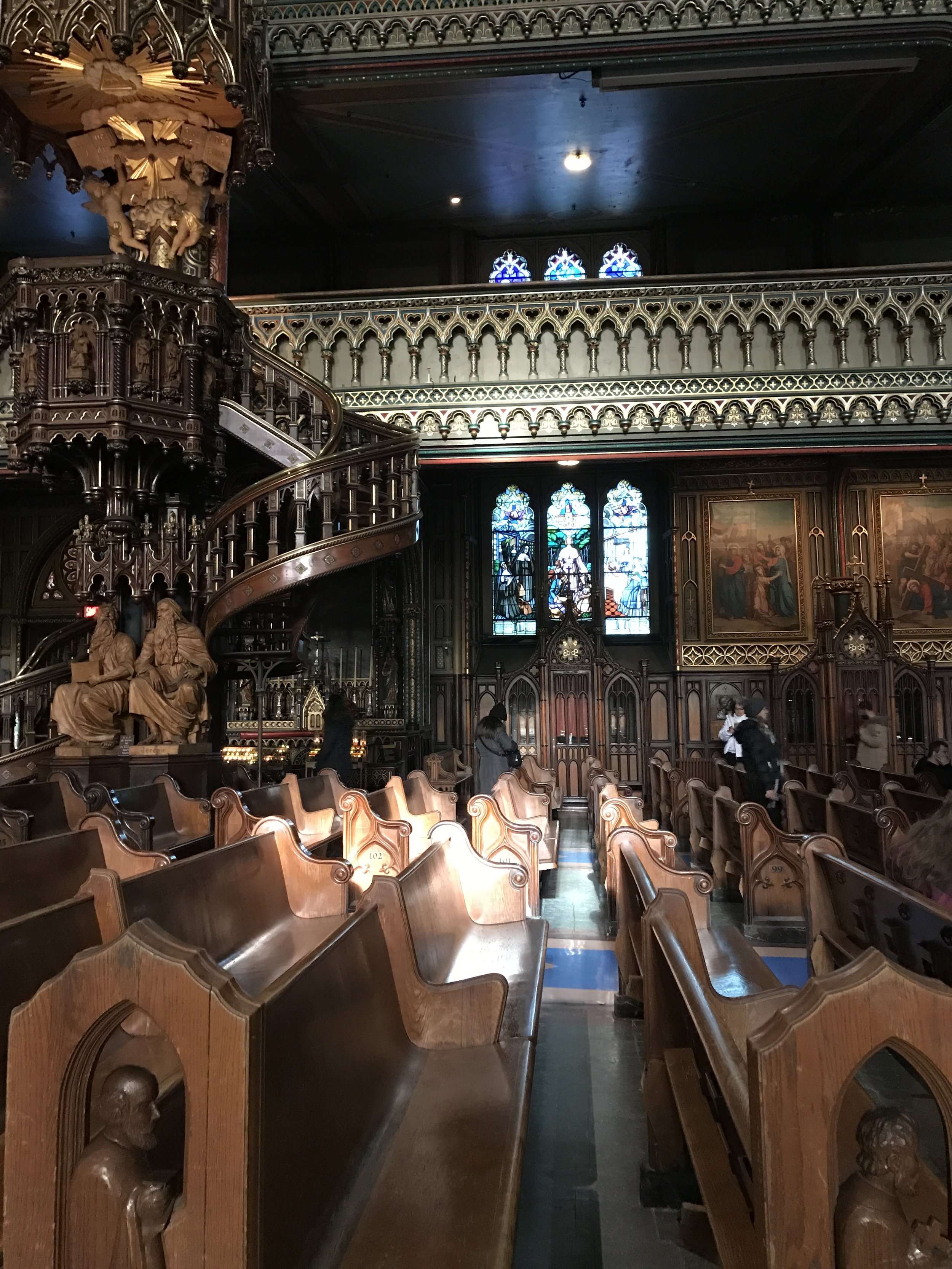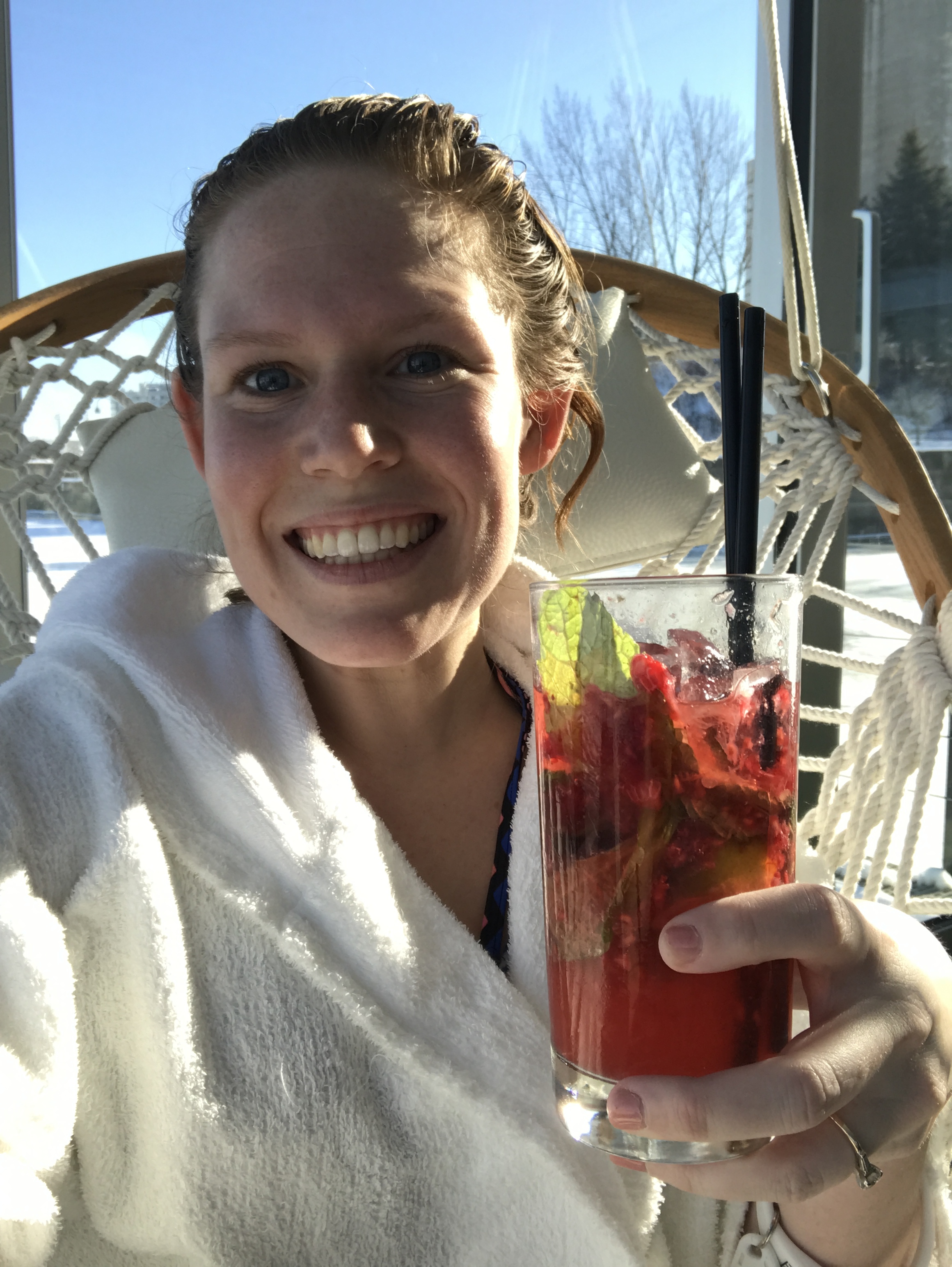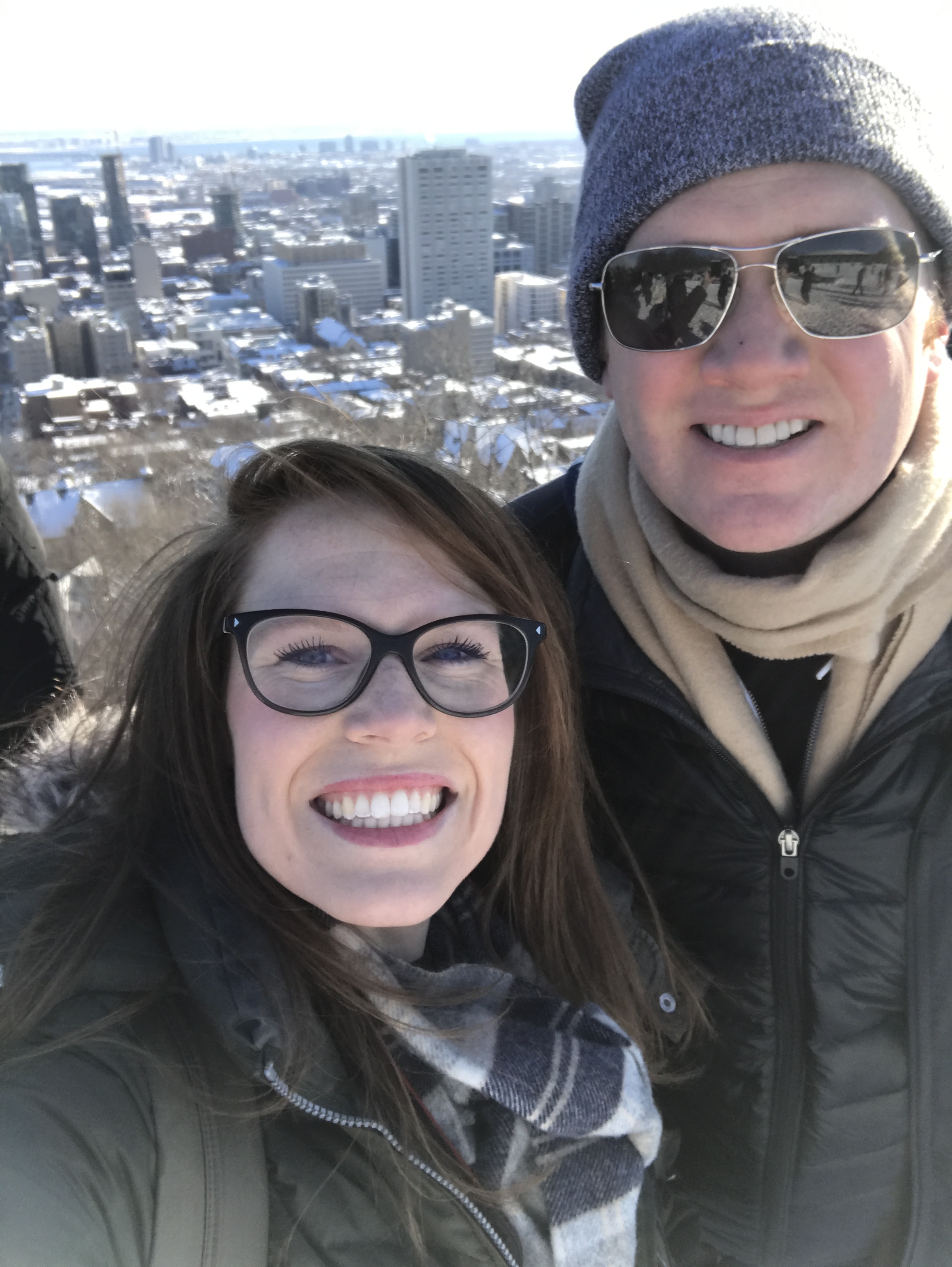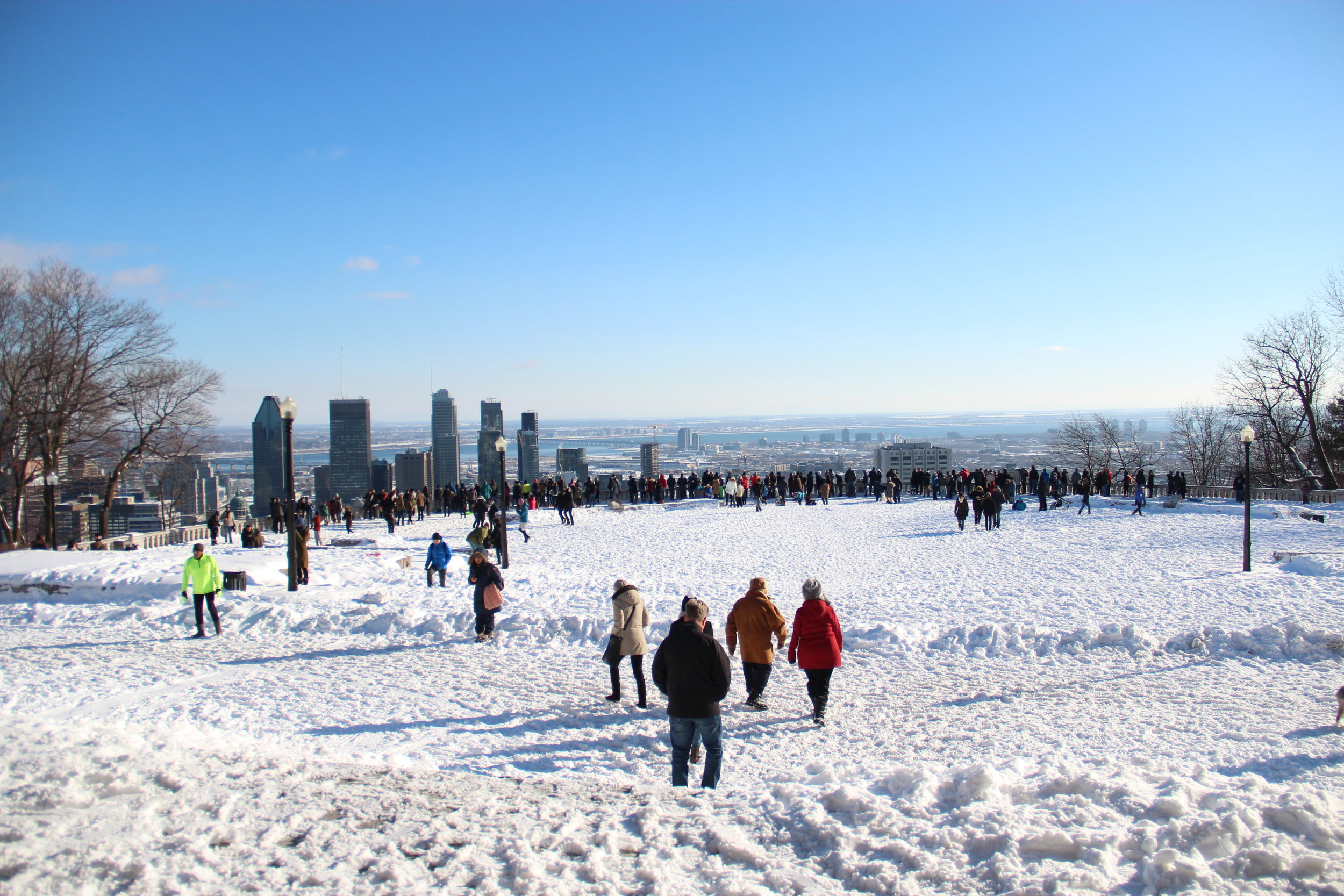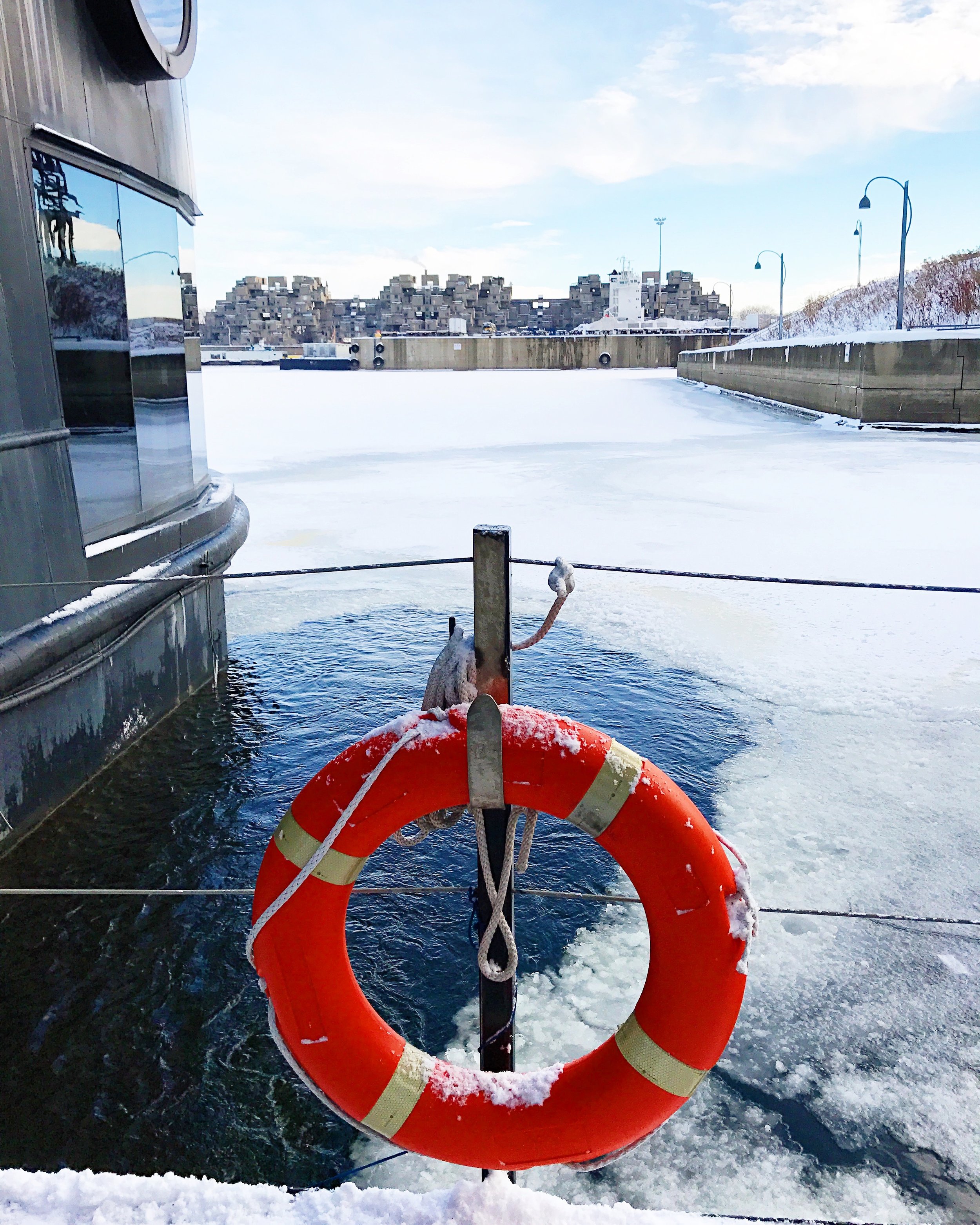“Mom, you’re doing great.”
She looked at me with a strained smile and latched her hands onto the walls around her. We were in a dark circular stairway, narrow enough for only one person to pass at a time.
My family was climbing the 463 steps of the Florence Duomo, an iconic pink and green cathedral in the city’s center. The old stone hallways surrounding us were constructed in the 1400s, and the prominent dome (pictured below) was designed by one of the “fathers of the Renaissance,” Filippo Brunelleschi. The tip-top of the dome was our destination.
The view of the Florence Duomo from Piazzale Michelangelo
Part one of our climb was relatively easy. Space was tight, but the line was moving quickly. I ran my fingers over smooth, worn stone and thought of the people who had walked through this building over the centuries. Which clergymen had access to these stairs? Could the public of Florence visit the top of the dome in the 1700s—or even in the 1970s?
My mother doesn’t like small spaces that have minimal exits; she likes a getaway plan, and I don’t blame her. This tiny passageway wasn’t ideal for her anxieties, but she pressed on. We all wanted to see 360-degree views of Florence from one of the tallest buildings in town.
My sister Kathryn snapped this photo—do you see the fear in our faces yet?
My family had now reached the second part of our climb: we walked through a door and onto a 3-foot wide ledge, lining the inside of the dome. The ledge sits 130+ feet in the air and has a plexiglass wall, giving visitors a chance to admire the cathedral below and a ceiling of frescoes depicting the Last Judgement, above. The paintings were so close, you could almost touch them.
However, I can’t say that I truly got a chance to study these works of art.
I wouldn’t consider myself terrified of heights—I stand on roofs, hike up hills, and love a good Empire State Building view. But something about that 3-foot ledge constructed in the 1400s made me squirm. Why had it not already broken away and fallen to the ground!?
As we walked onto the ledge, my mother said, “I thought the top would be more open than this,” in a nervous voice.
“We’re not at the top yet, Mom” I replied, trying not to look green. I swiveled my head around. Was anyone else in full panic mood? No, no… all seemed calm.
And then I saw my sister, Grace.
“Keep moving, people!” she shouted to a crowd of tourists snapping photos of frescoes. She power walked, not glancing at the cathedral below or the works of art above. I giggled as she practically pushed the woman in front of her through the next door, away from the plexiglass ledge. I had a momentary flashback of her panic attack in Scotland when I’d made her climb a steep hill in the rain. Poor sister. Would she ever travel with me again?
The ledge, the plexiglass, the frescoes, and Ryan's head.
Part three of the climb consisted of more circular stairs up, up, up to the top. But the line wasn’t moving very quickly, and suddenly the small stairway high in the sky seemed like a stone prison to at least half of our group. Dad’s knee was bothering him, Mom was closing her eyes, and my sisters were glancing worriedly at our parents. Even my husband and brother-in-law looked ill at ease.
The Fitzgeralds (in particular, Mom) get chatty when we’re nervous, so we began joking with the British tourists in front of us.
“Hear there’s a Starbucks at the top,” the Brit said, obviously trying to lighten the mood. I laughed and shifted my weight onto the other foot. How long had we been standing here? “I’ll get myself a Venti,” he said. “We all deserve Ventis!”
A few silent moments went by.
“You’re wicked for making me do this,” the Brit’s wife said. We were still standing in the same spot of the narrow stairwell. He turned to me. “Now, look! Your family’s given my wife the anxiety.” We all laughed—and after what felt like 20 minutes but was probably 5—the line began to move once more.
The final phase of the climb consisted of steep, curved stairs with metal hand railings. There was a tour guide in front of us who shouted down to her group, “You are now scaling the inside of the dome,” to which my mother whispered, “No sh*t!” with a nervous laugh.
And then, right at the breaking point—when I truly didn’t know if my family or the British couple were going to make it—we crawled through a portal onto the roof of the iconic Duomo.
And what a sight we saw.
Terracotta roofs for miles
On the hill is Piazzale Michelangelo, a great place to get a view of Florence. See those stairs near the parking lot in the center? We grabbed a beer and sat there post-Duomo climb.
The Duomo's bell tower, officially called Giotto's Campanile—which you can also climb.
The rain held off as we explored every angle of Florence and marveled at this romantic city on the cusp of Tuscany's hills. Our journey up to the top was well worth the effort. A least... for me. You'd have to ask my parents their thoughts ;)
Tips for Climbing the Duomo:
You must reserve a ticket in advance to go to the top of the Duomo. We purchased 18 Euro 72-hour pass so we could come back and see the Baptistry, and booked a 10:30am time slot for the climb. Click here for tickets.
Consider your tolerance for tight spaces and heights. My mom made it, so you probably will too! But if you have an extreme phobia, this adventure may not be your cup of tea.
Do not wait in the ticket line when you arrive at the Duomo if you have already purchased passes online. The entrance for climbing the Dome is via the Porta della Mandorla (north side of the cathedral).

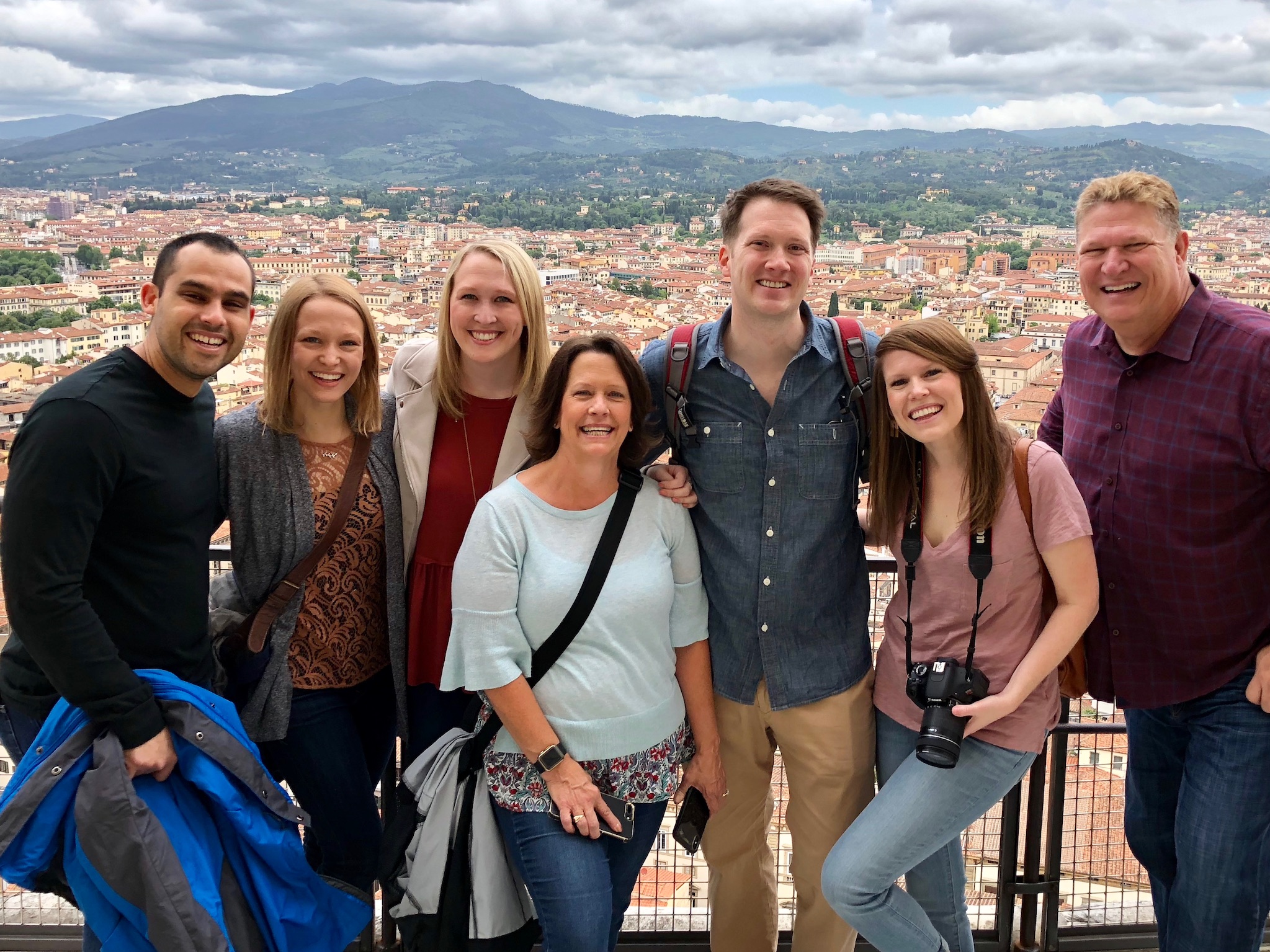
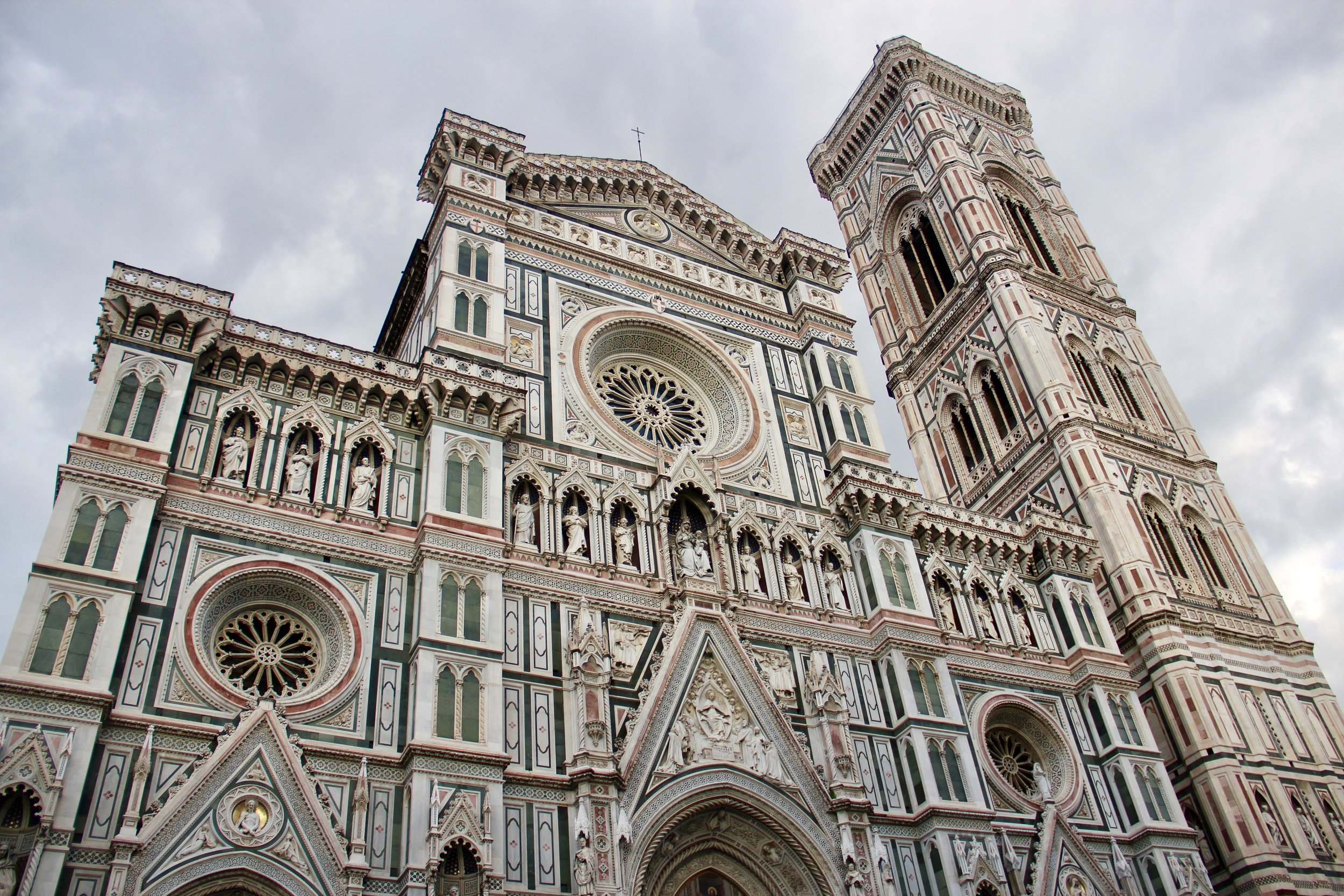
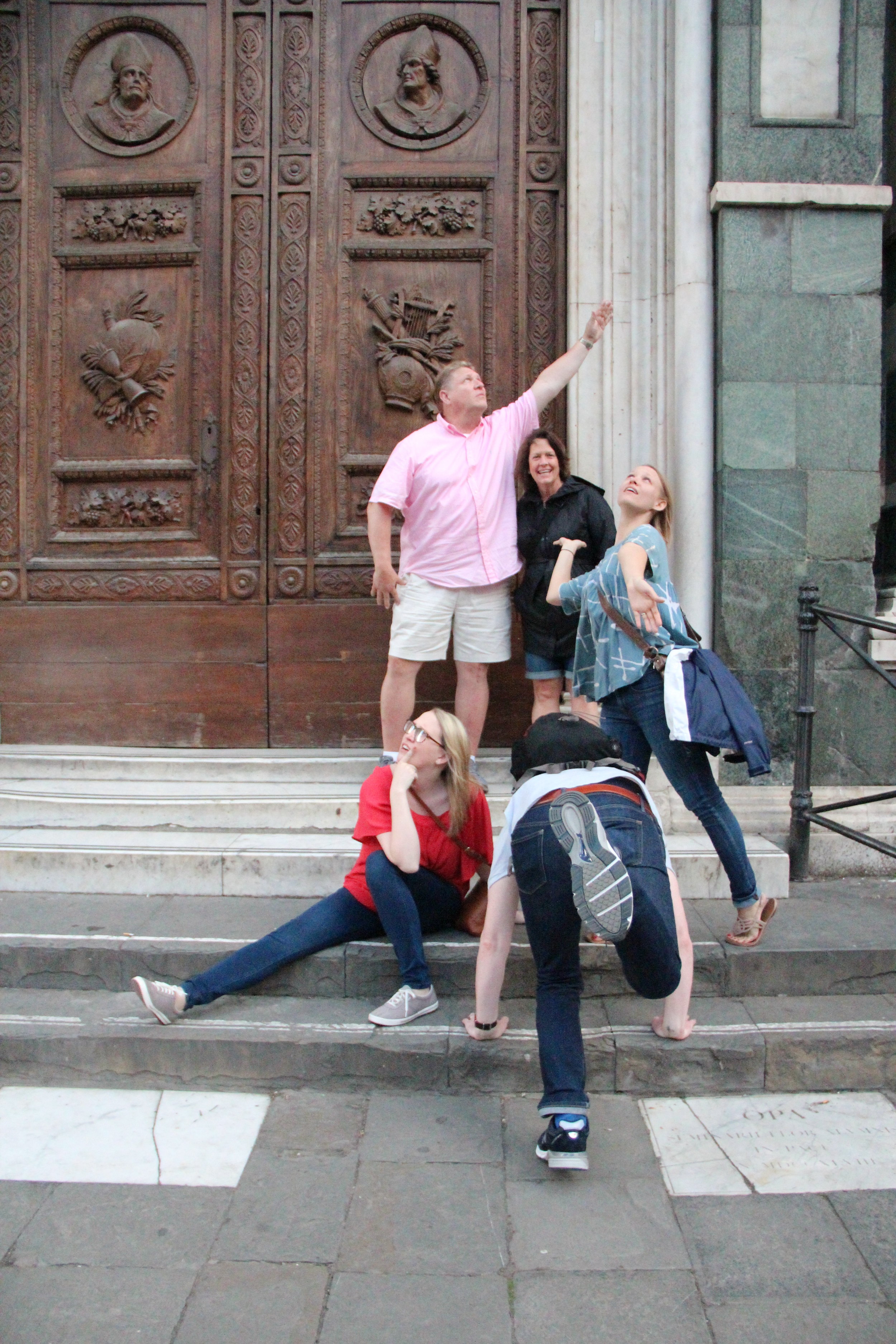

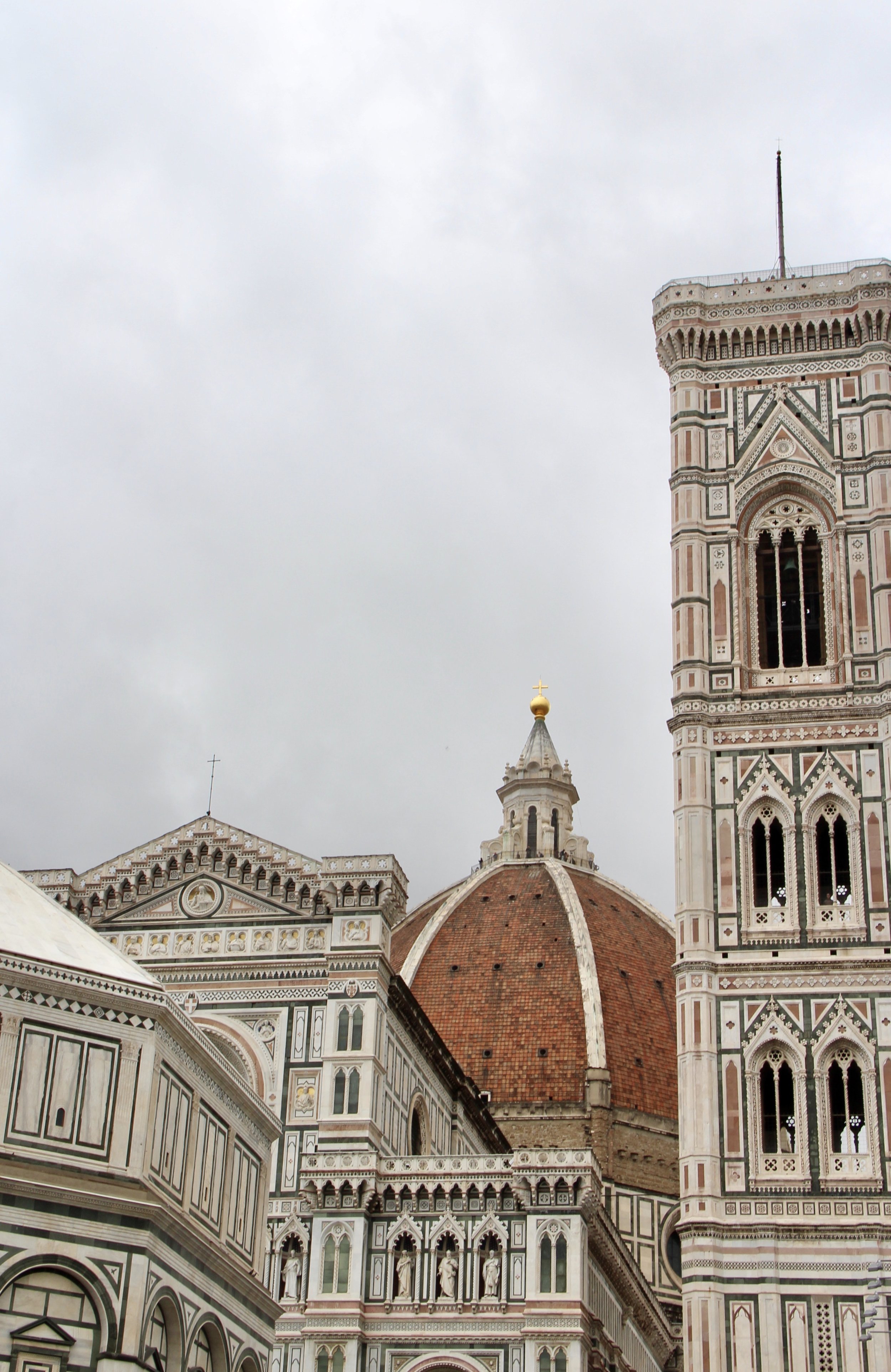
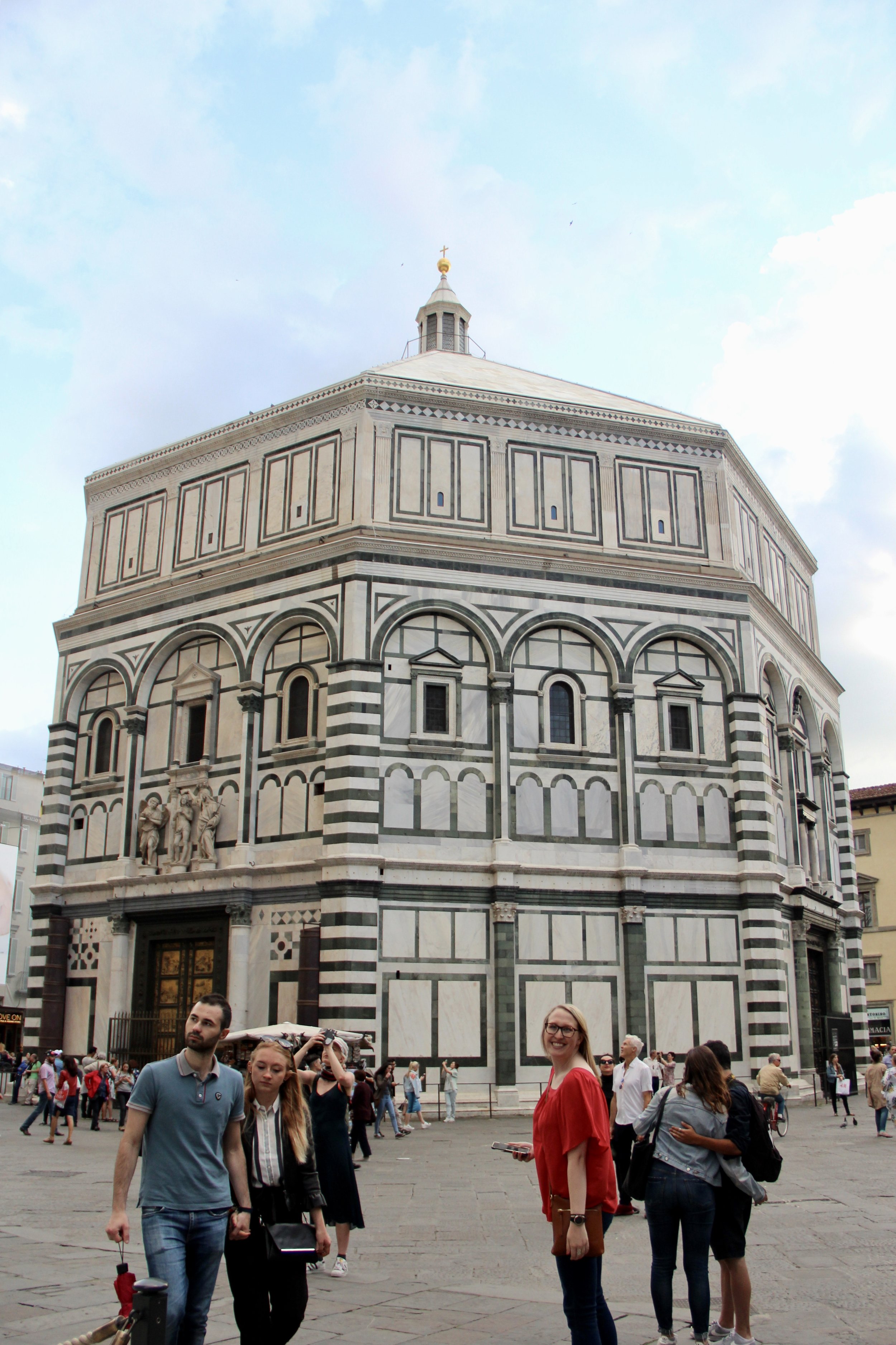
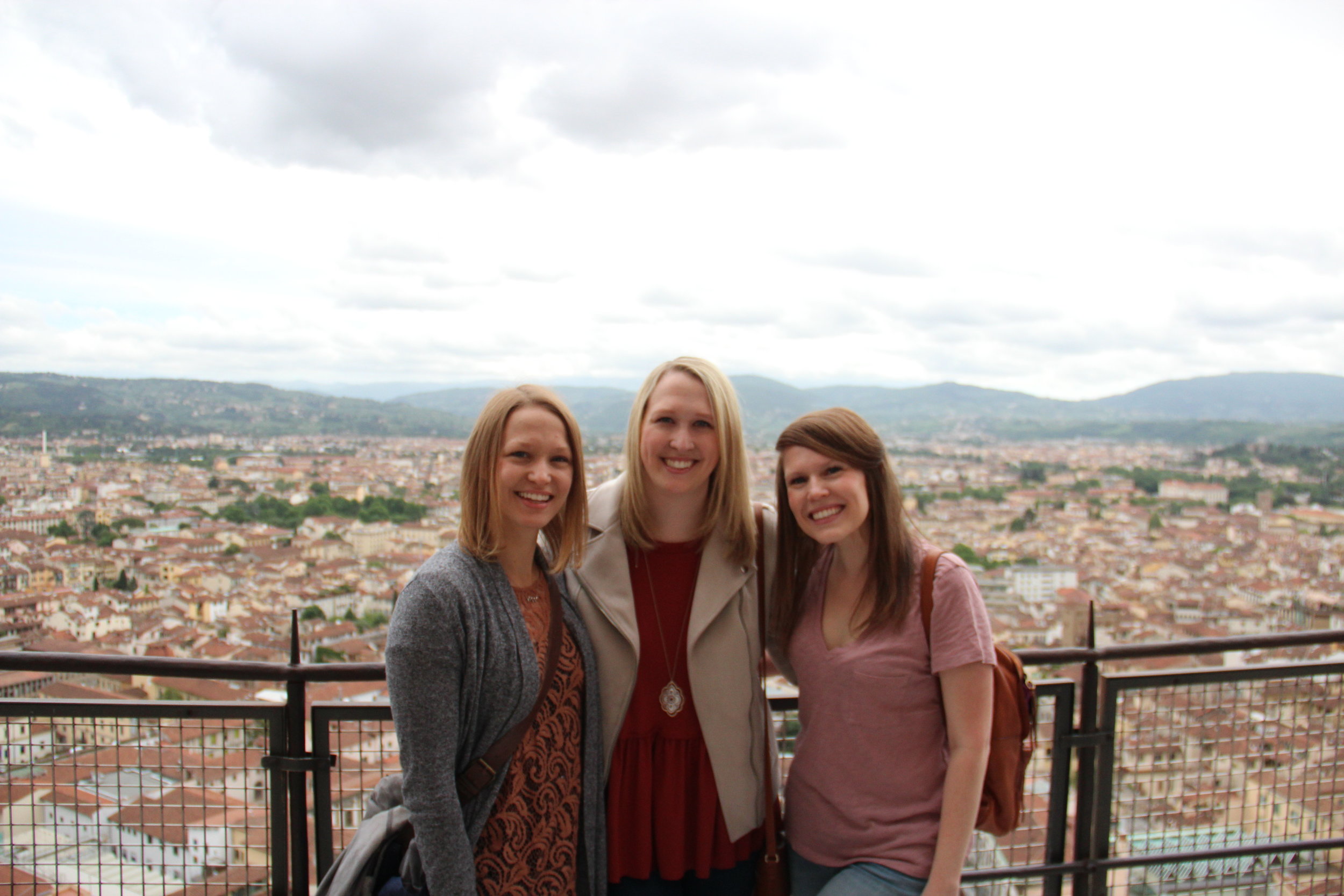

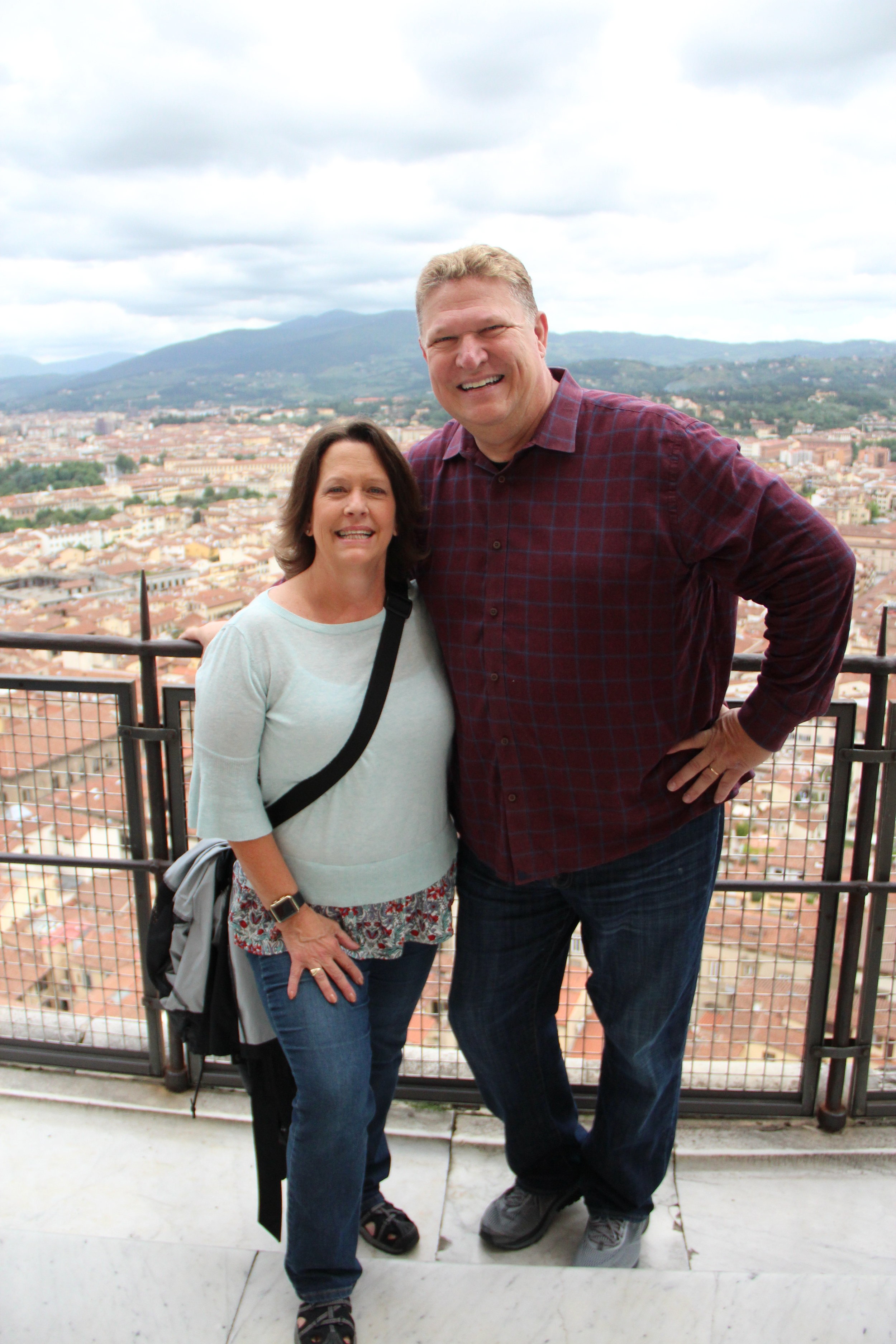
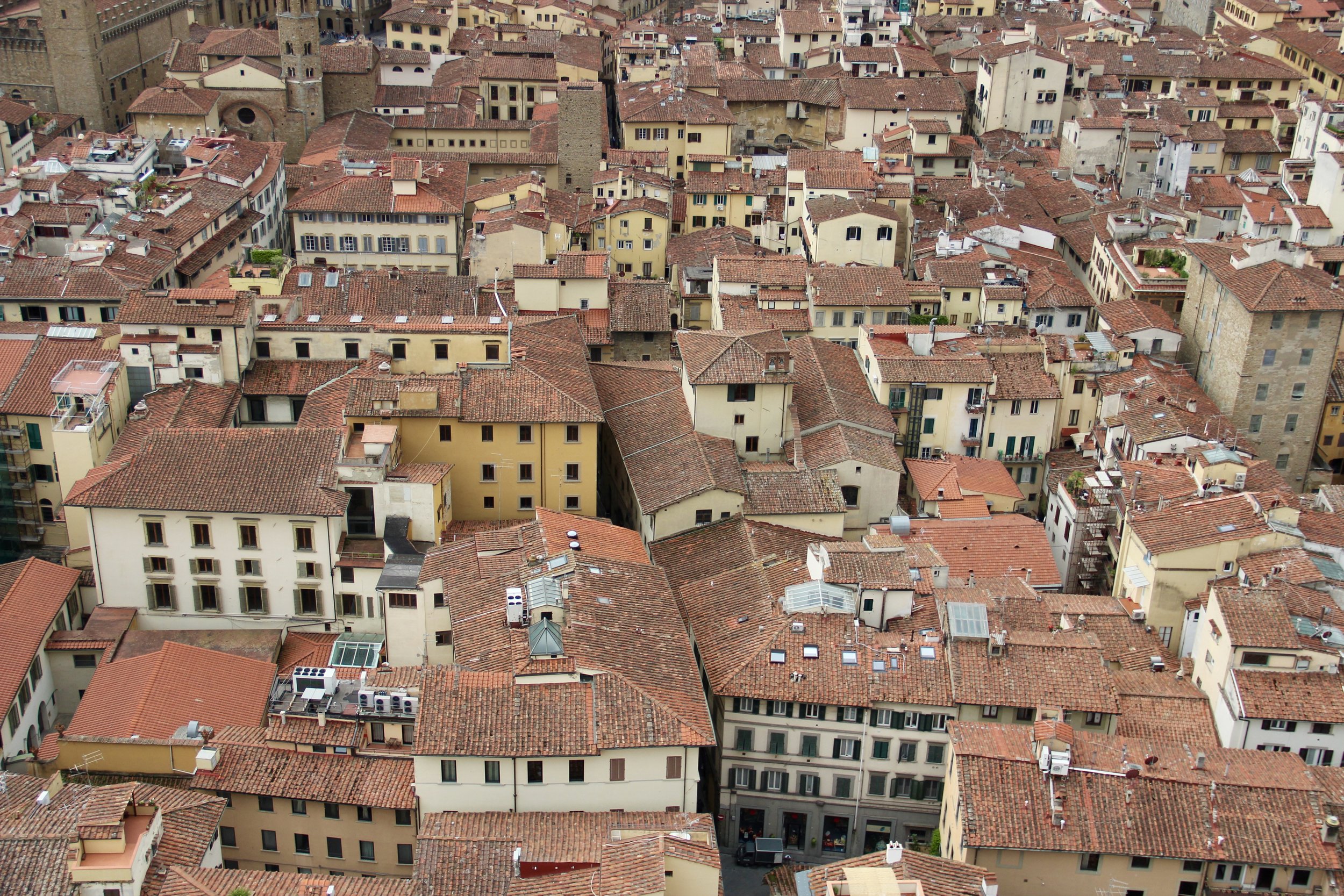
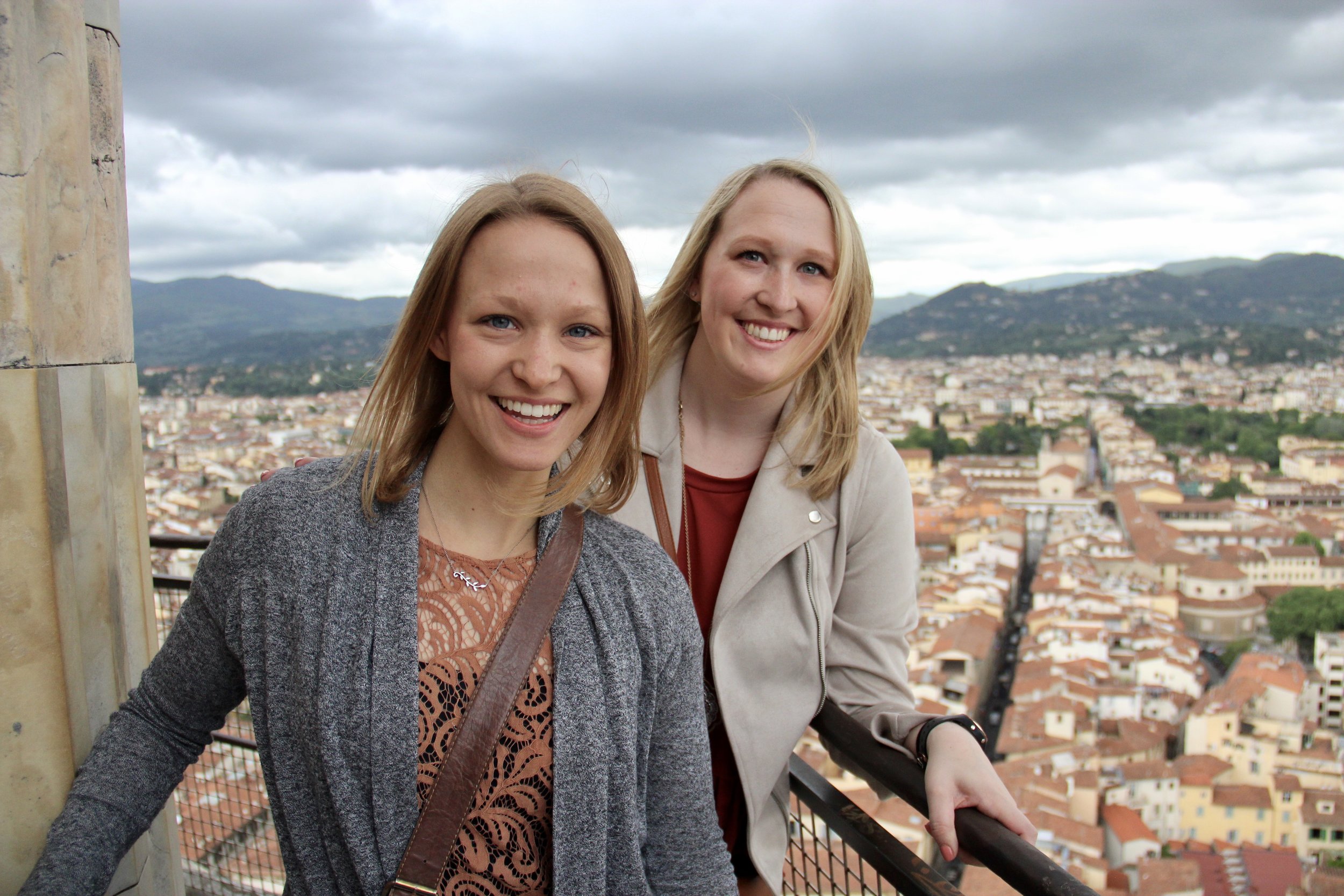


“To see the sun sink down, drowned on his pink and purple and golden floods, and overwhelm Florence with tides of color that make all the sharp lines dim and faint and turn the solid city to a city of dreams, is a sight to stir the coldest nature.”







